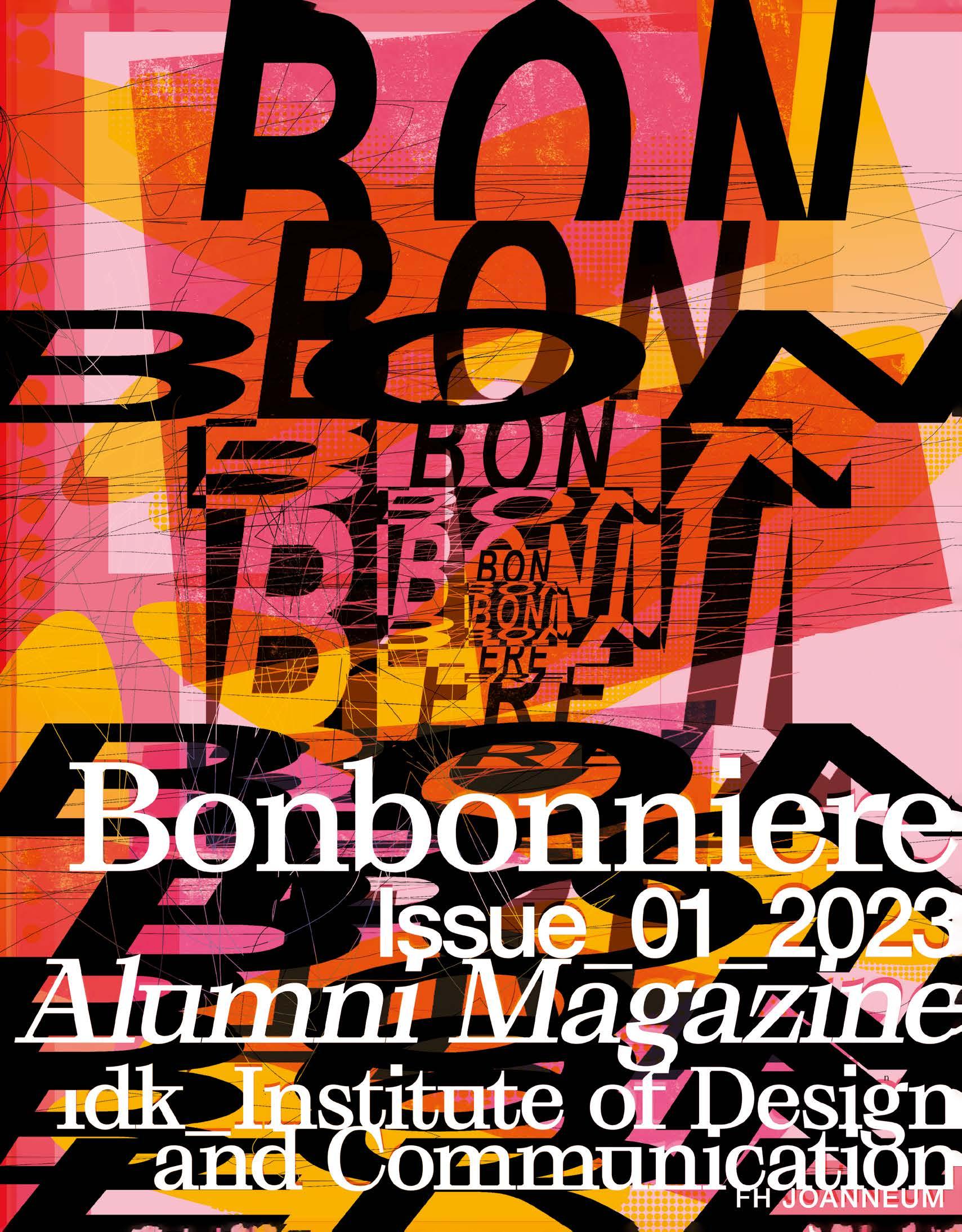
FH JOANNEUM Große Auswahl, frisch geliefert. One of the most delicious ways to satisfy your praline cravings.
Bonbonniere Issue_01_2023Alumni Magazine idk_Institute of Design and Communication
BONBONNIERE Alumni Magazine
Issue_01
Institute of Design & Communication
FH JOANNEUM
University of Applied Sciences
Graz, Austria
Publisher FH JOANNEUM GmbH
Alte Poststraße 152
8020 Graz, Austria
https://www.fh-joanneum.at/idk
Concept Birgit Bachler & Daniel Fabry
Editor in Chief
Bettina Gjecaj
Graphic Design Team
Lucia Jarošová
Tomislav Bobinec
Illya Pavlov
Translation
Edith Podhovnik
Andrea Schlacher
Printing
Medienfabrik Graz
The first person to find all errors in this publication wins a Bonbonniere.
Big thanks to the _idk team
Birgit Bachler, Konrad Baumann, Tomislav Bobinec, Sigrid Bürstmayr, Astrid Drechsler, Daniel Fabry, Bettina Gjecaj, Sarah Gruber, Tanja Hatzl-Schönbacher, Lucia Jarošová, Elisabeth Kainer, Michael Kernbichler, Verena Kolm, Martina König, Anika Kronberger, Ursula Lagger, Christoph Marek, Dietmar Mosbacher, Stefanie Nestelberger, Christoph Neuhold, Illya Pavlov, Maja Pivec, Roman Pürcher, Andrea Schlacher, Anna Schroll, Victoria Sorko, Claudio Standteiner, Anke Strittmatter, Marton Szabo-Kass, Zita Szőgyényi, Erika Thümmel, Doris Ulrich, Elfriede Wolfsberger
© 2023
All rights reserved.
ISBN 978-3-9504761-4-9
Information Design
Bachelorʼs Degree Program
Exhibition Design
Masterʼs Degree Program
Communication, Media, Sound and Interaction Design Masterʼs Degree Program
IMPRINT TABLEOF CONTENTS
KATHARINA AUFERBAUER BRÜCKLERSTEFANIE
ROMAN KÖNIGSHOFER CARLOS RODRIGUES EVARODRIGUES DLINGSCHIN-DAVID OFWILFINGER CONTENTS
JULIA KLOI- BER
40
Katharina
Auferbauer | IND09 & CMI12
12 Stefanie Brückler | IND12
28 Julia Kloiber | IND05
08 Roman Königshofer | IND05
IND03 46 Project | Festival Klanglicht 04 Intro | Bonbonniere? 48 Project | Navigation App Kiör 50 Project | Students for Tolerance 49 Project | AVL
34 Carlos Rodrigues Rodrigues | CMS18 16 Eva Schindling | IND00
22 David Wilfinger |
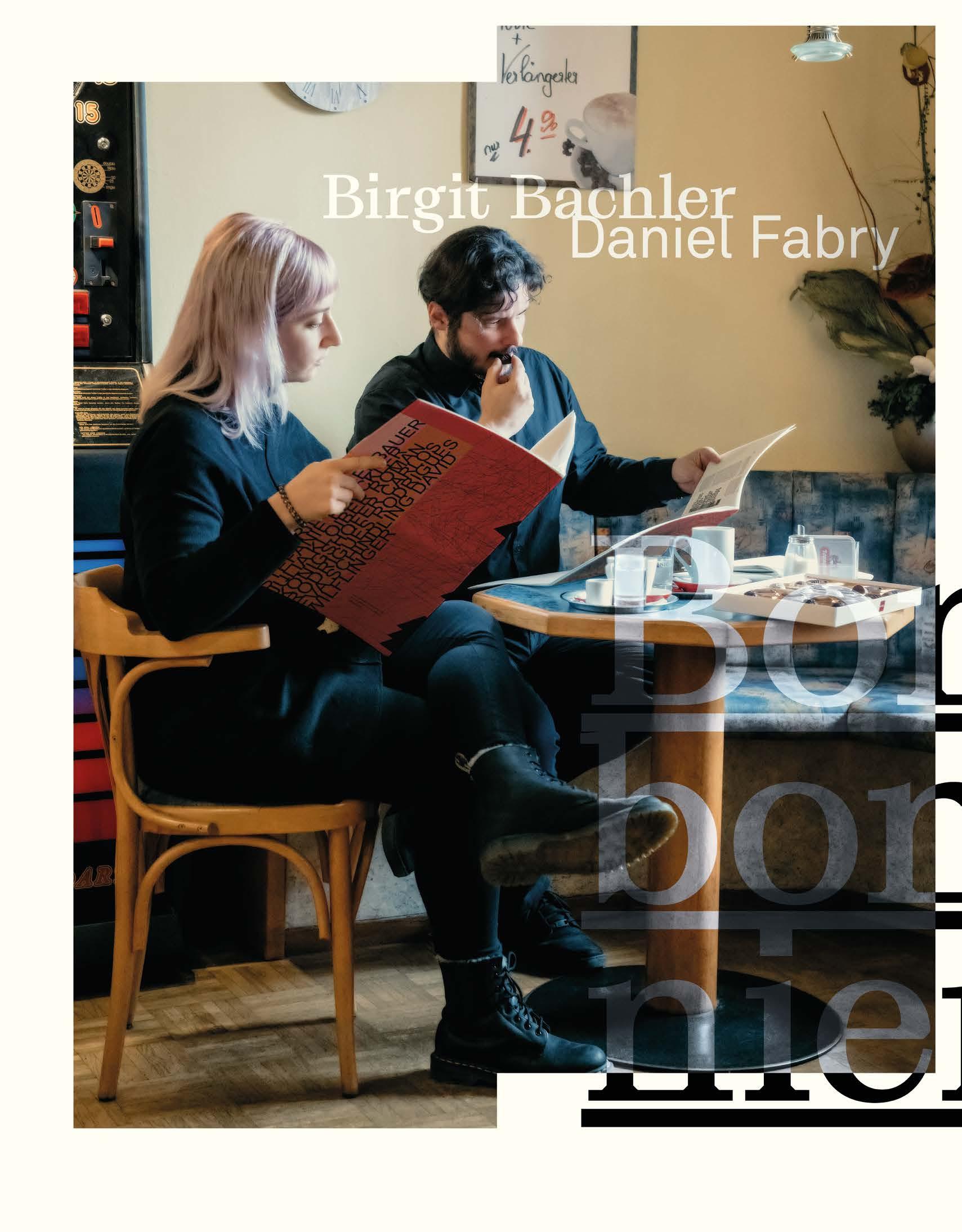 Photo © Sara Sera
Danke an Café Pucher (Hörsaal P)
<- Head of Bachelor's Degree Program
Photo © Sara Sera
Danke an Café Pucher (Hörsaal P)
<- Head of Bachelor's Degree Program
4 BONBONNIERE ISSUE_01_2023 IDK_INSTITUTE OF DESIGN AND COMMUNICATION FH JOANNEUM
<- Head of the Institute and Master's Degree Programs
Eine Bonbonniere ist ein Behältnis zur Aufbewahrung von Pralinen und Bonbons. So weit, so bekannt. Warum aber, wurde gerade dieser, etwas antiquierte Begriff zum Titel unsers Alumnimagazins auserkoren?
Zwei Gedankengänge (als Annäherung) dazu:
1. In einer Bonbonniere befinden sich, idealerweise, eine Vielzahl verschiedener Pralinen oder Bonbons. Obwohl sie der gleichen Süßigkeitenfamilie angehören, unterscheiden sie sich doch in Form, Farbe, Größe, Geschmack, etc. Diese kollektive Eigenheit der Pralinen sorgt seit dem achtzehnten Jahrhundert für ihre hohe Beliebtheit. Eine Bonbonniere ist kein beliebiges Behältnis, keine simple Schachtel, vielmehr rahmt, schützt und inszeniert sie jede einzelne Praline. Ähnlich bzw. analog dazu kann unser Institut gesehen oder interpretiert werden. Die Diversität ist Programm und Markenzeichen. Ein Studienangebot, das multidisziplinär mit größtmöglicher kreativer Breite agiert. Getragen wird dieser Anspruch von Studierenden und einem Instituts-Team mit unterschiedlichsten Hintergründen, Expertisen und Herkünften. Immer begleitet uns die Frage: wie können diese Individuen sich gegenseitig inspirieren, herausfordern und miteinander kollaborieren? Wir sind überzeugt, dass diese Vielfalt Persönlichkeiten in ihrer Entwicklung und die Entstehung einzigartiger Skills fördert. Wir wollen die Studierenden darin bestärken, im Zweifelsfall zu hinterfragen, zu widersprechen und ihren Standpunkt mit Wissen, Methodik und Können zu unterstreichen. Das ist unserer Ansicht nach ein unerlässlicher Faktor, um als Designer:in den ökonomischen, ökologischen und sozialen Dynamiken begegnen zu können.
2. Die verschiedenen Pralinen sind durch ihre Verpackung miteinander verbunden – alles steht mit allem in Verbindung, so wie auch unser Netzwerk von vielfältigen Einzelnen im Zusammenspiel den komplexen Fragestellungen der heutigen Zeit begegnen kann. Für uns am Institut gilt es in unseren Designentscheidungen, über die rein inhaltlichen/technologischen Themen hinausgehend, auch das Zusammenspiel unserer Ökosysteme und globalen Gemeinschaft mitzudenken und gestaltend mitzuwirken. Eine Gemeinschaft leben wir auch in intensivem Austausch mit unseren mittlerweile mehr als 80 Partneruniversitäten auf aller Welt und durch den Kontakt mit unseren mittlerweile rund 2.000 Alumni, die ebenfalls rund um den Globus agieren. Ein Aspekt ist dabei besonders wichtig: das beständige mit- und voneinander lernen, das uns inspiriert und weit über unseren Arbeitshorizont hinausbegleitet.
In den letzten Jahren reift in der Gesellschaft ein Bewusstsein dafür, dass Design in Hinblick auf eine nachhaltige Entwicklung einen Dreh- und Angelpunkt für effizientere Wertschöpfungsketten darstellt. Design bildet oftmals die Brücke zwischen der Wissenschaft und den Lebensrealitäten und schafft kreative Zugänge für Problemlösungskompetenzen im gewöhnlichen Alltag. Diese Kompetenzen fördern wir am Institut für Design und Kommunikation und unsere Absolvent:innen nehmen sie in ihre weitere Laufbahn mit.
Unsere Absolvent:innen bringen ideale Voraussetzungen mit, um als reflektierte Vermittler:innen wirtschaftliche, ökologische und soziale Aspekte integral in ihre Gestaltungsarbeit einfließen zu lassen. Um aufzuzeigen, welche Berufsfelder und Lebenswelten sich mit einer Ausbildung an unserem Institut erschließen, wurde dieses Magazin entwickelt, das von nun an jährlich Absolvent:innen aus dem mittlerweile 23-jährigen wackeren Bestehen im “blauen Haus” vorstellt. Sieben Alumni haben sich die Zeit genommen, uns zu erzählen, wie es ihnen nach ihrem Studium ergangen ist. Entstanden ist eine Bonbonniere an Eindrücken über (berufliche) Lebenswege, deren Ursprung am Institut für Design und Kommunikation verortet ist.
Wir freuen uns auf die Kommunikations- und Organisations-Expertin Katharina Auferbauer, die viel dazu beigetragen hat, ihre Heimatstadt Graz internationaler und szenetauglicher zu machen. Nach ihrer langjährigen Erfahrung als Marketingleitung bei der Diagonale wechselte sie 2022 in das Universalmuseum Joanneum, wo sie für die STEIERMARK SCHAU zuständig ist.
Di e selbstständige Designerin
Stefanie Brückler hat nach ihrem Studium das Südburgenland verlassen und ist nach New York ausgewandert. Ihre Kund:innen sind weltbekannte Marken wie Nike, Airbnb oder Tiffany & Co, ihre Spezialisierung liegt auf Branding und Editorial Design. Fragt man sie nach ihrer liebsten Designaufgabe, so liegt das im Designen von Büchern.
Nach Berlin verschlagen hat es Julia Kloiber, sie ist Gründerin von Superrr Lab, einem Netzwerk von weiblichen, trans und nicht-binären Menschen aus den B ereichen Kunst, Wissenschaft, Technik, Journalismus und Aktivismus. Sie forscht und arbeitet zu Themen an der Schnittstelle zwischen Technologie und Gesellschaft. Sie entwickelt Strategien und Konzepte für Innovationsprogramme und Visionen, um eine gerechtere Zukunft zu schaffen. Sie berät Regierungen und Unternehmen bei digitalen Strategien und hält Vorträge auf internationalen Konferenzen.
Roman Kön igshofer hat nach seinem Studium erst als Motion Designer gearbeitet um dann, von einem Tag auf den anderen, als Kameramann bei Servus TV anzufangen, wo er für das Format „The Surf Chronicles“ Surfer:innen auf der ganzen Welt zu Surf Weltcup begleitete. Surfen & snowboarden gehören seit seiner Jugend zu seinen Obsessionen, was dazu führte, dass er heute überaus erfolgreich als Outdoor-Fotograf tätig ist. Der gebürtige Spanier Carlos Rodríguez Rodríguez hat nach seiner professionellen Ausbildung zum S axophonisten vom S ounddesign Master in Graz erfahren und ist kurzerhand hierhergezogen. Heute unterrichtet er an der Kunstuniversität, komponiert Filmmusik und entwickelt in seinem eigenen Unternehmen z.B. Sounds in Kombination mit Virtual Reality oder kreiert Stimmen für Tools wie Alexa. Sein Hauptfokus liegt im Audio Branding kombiniert mit User E xperience und den dazugehörenden technischen Umsetzungsmöglichkeiten.
Nach einem Job in Hongkong ist Eva Schindling b eruflich nach K anada ausgewandert, um dort im Banff Kunstzentrum Künstler:innen zu unterstützen. Sie fand es schon während ihres Studiums spannend, Technologie zu verwenden, um Kunst zu machen. Heute ist sie die technologische Leitung bei „daily tous les jours“, einem Kunst- und Designstudio, die weltweit gesellschaftlich r elevante, künstlerische Projekte planen und umsetzen.
An sein Informationsdesign Studium hat David Wilfinger ein Doktoratsstudium in Salzburg angehängt. Ausschlaggebend für diese Entscheidung war ein Professor, der dort eine Forschungsgruppe zum T hema Human Interaction Design aufgebaut hatte. Heute leitet er eine ganze Abteilung zum Thema Digital Product Design bei der Mercedes-Benz AG in Sindelfingen und gestaltet Autos der Zukunft mit.
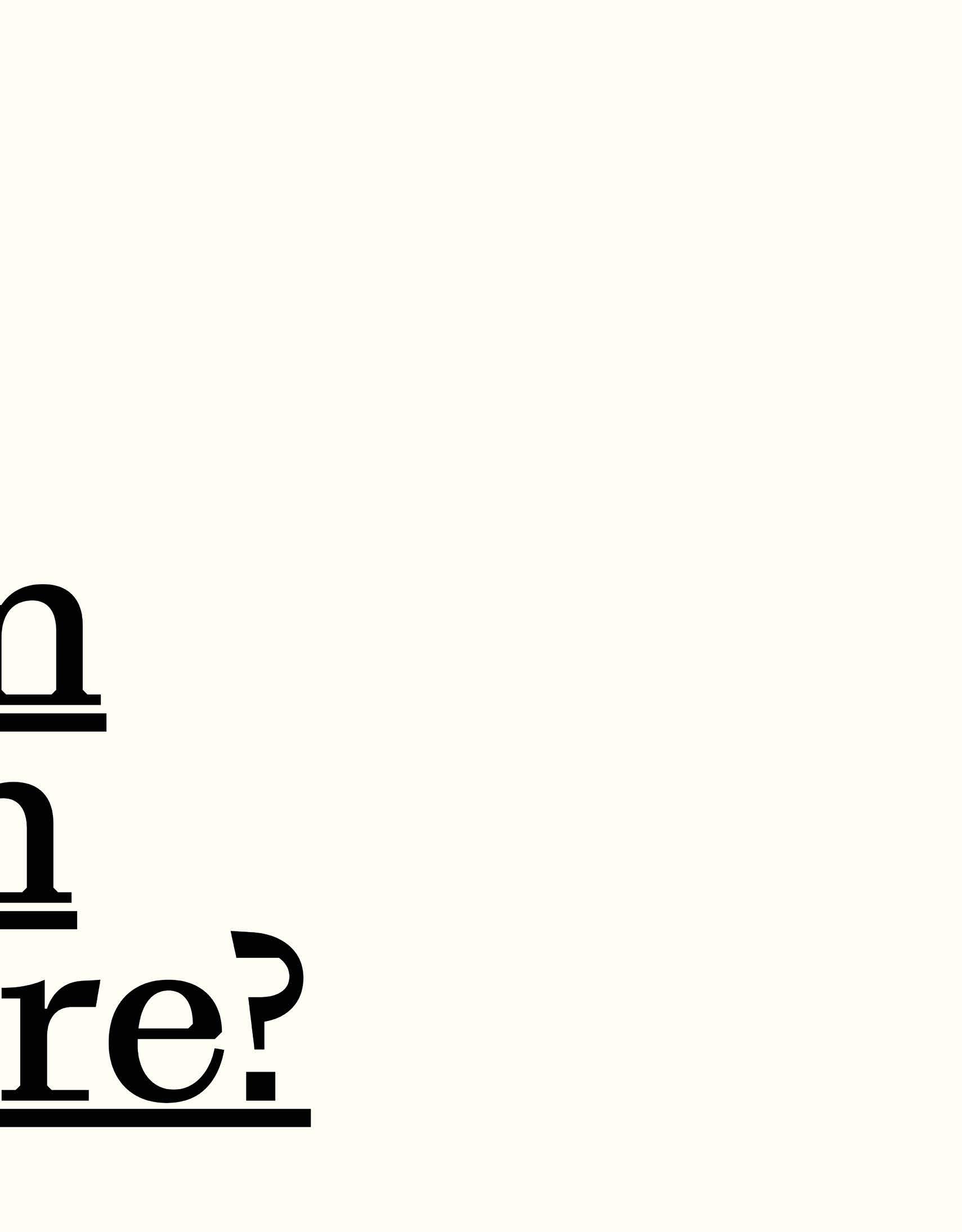
Des weiteren präsentieren wir eine kleine Auswahl von spannenden Projekten, die wir als Institut für Design und Kommunikation gemeinsam mit unseren Partner:innen und unseren Studierenden umgesetzt haben.
Auch im Erscheinungsbild des Magazins geben wir der gestalterischen Diversität Raum. Bonbonniere Issue #1 präsentiert sich mit wilden Kontrasten und Gegensätzen bei der Gestaltung der Inhalte durch drei unserer Kolleg:innen und bildet so doch ein homogenes Konzept zur Präsentation der v ielschichtigen Persönlichkeiten unserer A bsolvent:innen.
Wir wünschen viel Spaß beim Lesen, und freuen uns auf Rückmeldungen unter: idk.pr@fh-joanneum.at
DE ->
EN ->
Eine Bonbonniere ist kein Behältnis,beliebiges keine simplevielmehrSchachtel, schütztrahmt, und inszeniert sie jede einzelne Praline.
5 BONBONNIERE ISSUE_01_2023 IDK_INSTITUTE OF DESIGN AND COMMUNICATION FH JOANNEUM
Bonbonniere is a French loanword used in German to describe a container for storing delicate chocolates and sweets. That’s generally familiar to German speakers. But why was this somewhat antiquated term chosen as the title of our alumni magazine?
Two lines of thought (as an approach) on this:
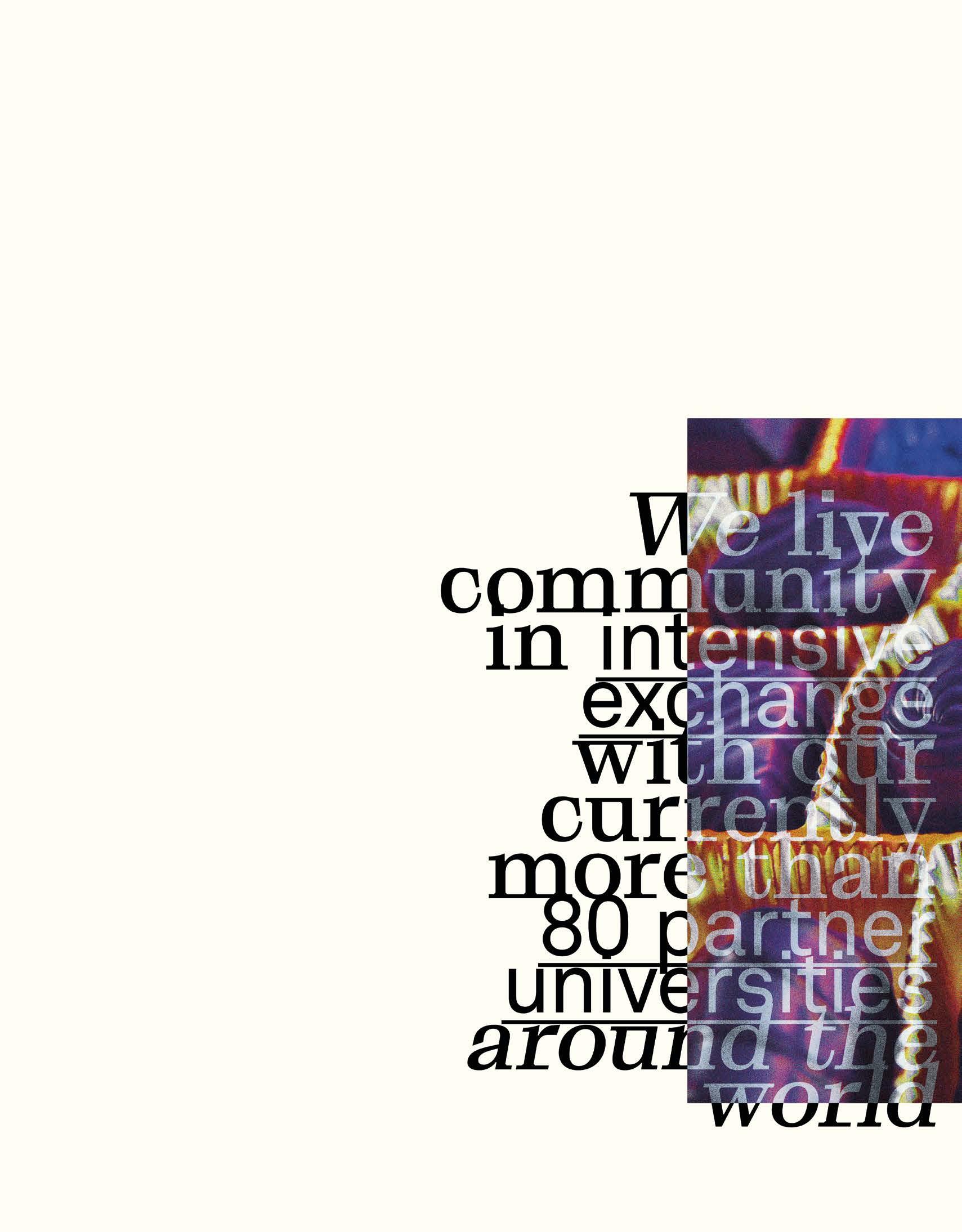
1. In a Bonbonniere are, ideally, a variety of different chocolates or sweets. Although they belong to the same candy family, they differ in shape, color, size, flavor, etc. This collective idiosyncrasy of chocolates has been highly popular since the eighteenth century. A bonbonniere is not an arbitrary container, not a simple box, rather it frames, protects and stages each individual praline. Our institute can be seen or interpreted in a similar or analogous way. Diversity is an essential part of our agenda and our brand. We offer study programs that are multidisciplinary and operate at the greatest possible creative breadths. This claim is supported by students and a institute team with highly diverse backgrounds, expertise and origins. One question that always accompanies us is: how can these individuals inspire and challenge themselves and collaborate with each other? We believe that this diversity supports the development of diverse personalities and the emergence of unique skills. We want to encourage students to ask questions when in doubt, to disagree, and to emphasize their point of view with knowledge, methodology, and skill. In our opinion, this is an indispensable factor for countering economic, environmental and social dynamics from the perspective of a designer.
2. The various chocolates are connected by their packaging - everything is connected to everything else, just as our network of diverse individuals can work together to meet the complex issues of today. For us at the institute, it is important to go beyond the purely content/technological issues in our design decisions and to also consider and shape the interplay of our ecosystems and global community. We also live in intensive exchange with our currently more than 80 partner universities around the world and through the contact with our around 2,000 alumni, who also make their mark around the globe. One aspect is particularly important: the continuous learning with and from each other, which accompanies and inspires us far beyond our workplace.
In recent years, an awareness has been maturing in society that design is a key factor in making value chains more efficient in terms of sustainable development. Design often forms the bridge between science and the realities of life and provides creative access to problemsolving skills in everyday life. At the Institute of Design and Communication, we foster these skills, and our graduates take them with them into their future careers.
Our graduates are equipped to be reflective mediators who integrate economic, ecological and social aspects into their design work. This magazine was developed to give an idea which occupational fields and living worlds can be opened up with an education at our institute. This first edition launches an annual presentation of graduates from the 23 years of our valiant existence in the „blue house“. Seven alumni have taken the time to talk to us how their professional life has developed further after their studies at our institute. The result is a bonbonniere of impressions about (professional) life paths, whose origins are rooted at the Institute for Design and Communication.
EN -> 6 BONBONNIERE ISSUE_01_2023 IDK_INSTITUTE OF DESIGN AND COMMUNICATION FH JOANNEUM
We are looking forward to the communication and organization expert Katharina Auferbauer, who has contributed a great deal to helping her hometown of Graz to be more international and fashionable. After many years of experience as marketing manager at Diagonale, she moved to the Universalmuseum Joanneum in 2022, where she is responsible for the STEIERMARK SCHAU.
T he self-employed designer Stefanie Brückler left Southern Burgenland after her studies and emigrated to New York. Her clients include world-famous brands like Nike, Airbnb or Tiffany & Co, her specialization is branding and editorial design. If you ask her about her favorite design task, it‘s designing books.
Julia Kloiber, currently living in Berlin, is the founder of SUPERRR Lab, a network of female, trans and non-binary people from the fields of art, science, technology, journalism and activism. She researches and works on issues at the intersection of technology and society. Julia develops strategies and concepts for innovation programs and visions to create a more equitable future. She also advises governments and companies on digital strategies and is a frequent speaker at international conferences.
After his studies, Roman Königshofer initially worked as a motion designer before he, over night, changed career and started working as a cameraman for Servus TV. There he accompanied surfers all over the world to surf world cups for the format „The Surf Chronicles“. Surfing & snowboarding have been part of his obsessions since his youth, which has led him to be a highly successful outdoor photographer today.
Spanish-born Carlos Rodríguez Rodríguez learned about the Sound Design Master in Graz after his professional training as a saxophonist and moved here without further ado. Today he teaches at the University of Arts, composes film music and works as a developer in his own company, e.g. sounds in combination with virtual reality or he creates sounds for tools like Alexa. His main focus is audio branding combined with user experience and the corresponding technical implementation possibilities.
After a job in Hong Kong, Eva Schindling moved to Canada to support artists at the Banff Centre for Arts and Creativity. She found it exciting to use technology for making art while she was still a student. Today, she is the technology director at „daily tous les jours,“ an art and design studio that plans and implements socially relevant, artistic projects worldwide.
David Wilfinger followed his information design studies with a doctorate in Salzburg. The critical factor for this decision was a professor who had set up a human interaction design research group there. Today, he heads an entire digital product design department at MercedesBenz AG in Sindelfingen and is helping to shape the cars of the future.
Furthermore we present a small selection of exciting projects, which we as the Institute of Design and Communication have carried out together with our cooperation partners and students.
In the appearance of the magazine, too, we give room to design diversity. Bonbonniere Issue #1 presents itself with wild contrasts and differences within the design of the contents by three of our colleagues and thus forms a homogeneous concept for the presentation of the multi-layered personalities of our graduates.
We hope you enjoy reading it, and we look forward to receiving feedback at: idk.pr@fh-joanneum.at
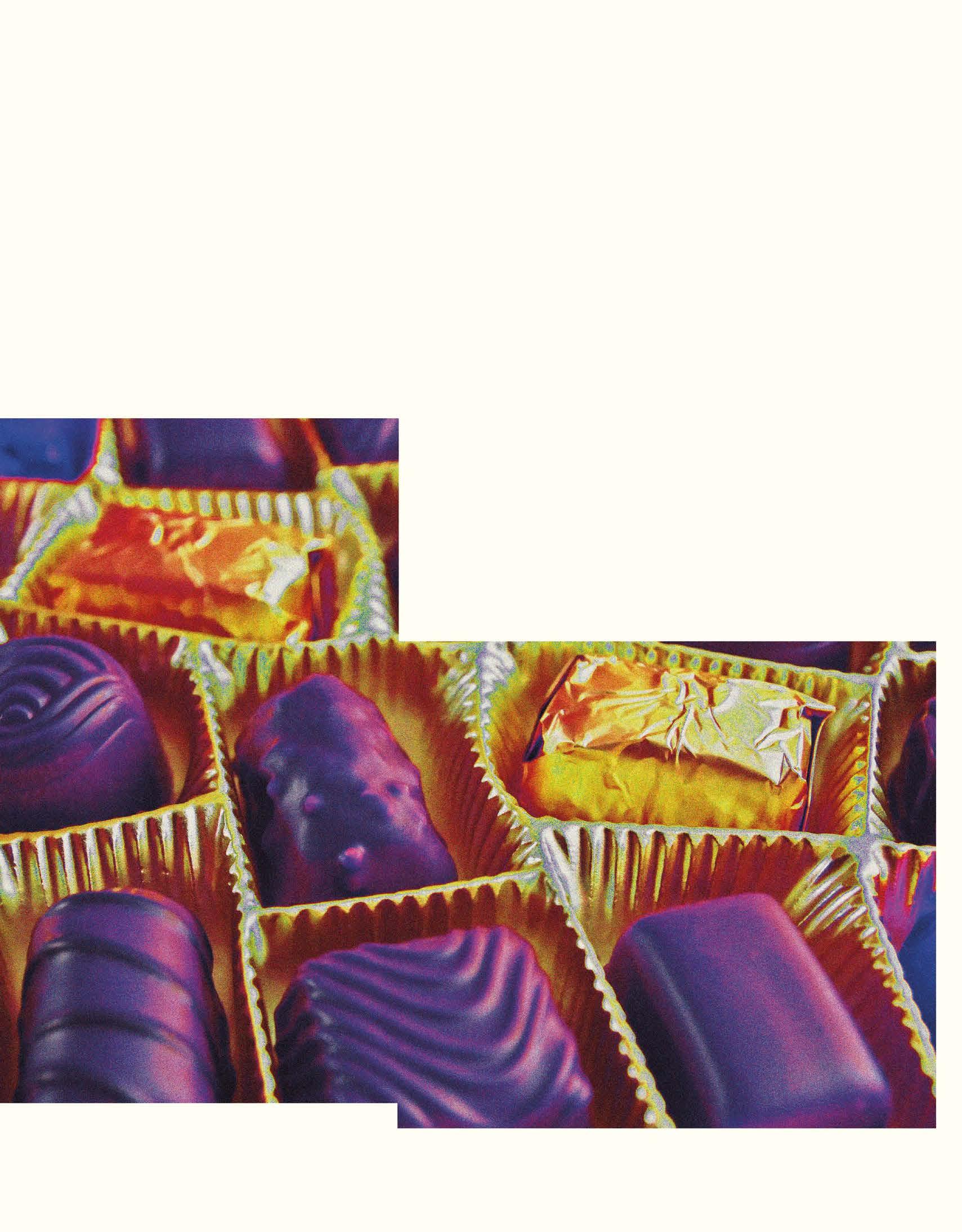
7 BONBONNIERE ISSUE_01_2023 IDK_INSTITUTE OF DESIGN AND COMMUNICATION FH JOANNEUM
Photo © Shutterstock
Ich habe mich auf der FH thematisch schon in Richtung Motion Design entwickelt und gleich im Anschluss an das Studium ein Praktikum in den USA gemacht. Damals hatte ich mir extra dafür ein Showreel zusammengestellt und mich bei den Studios beworben. Das hat gut geklappt, und ich entschied mich dann, mein Praktikum bei BUCK (https://buck.co) in Los Angeles zu machen. Es gab auch ein Office von BUCK in New York City, und auch dort konnte ich dann noch zwei Monate arbeiten.
Ja, dort habe ich aber auch das erste Mal mitgekriegt, wie intensiv diese Arbeit sein kann. Ich bin immer schon ein sehr aktiver Mensch gewesen, war immer viel draußen, habe immer viel Sport gemacht, und dort war ich plötzlich das erste Mal sieben Tage die Woche nur am Arbeiten und vor dem Screen. Das wurde dort erwartet, vor allem wenn große Projekte abzuwickeln waren, dass man an den Wochenenden auch arbeitet. Und als Praktikant macht man ja sowieso alles mit und will sein Bestes geben das hat mich sicher geprägt, da habe ich gemerkt, das mache ich sicher nicht mein Leben lang. Aber es war klar, dass ich Motion Design weitermache, also bin ich zurück nach Österreich und habe bei den Jungs von EAT MY DEAR (http://eatmydear.com) gearbeitet. Das war zwar intensiv, aber es war schon viel lockerer mit den Burschen, weil wir uns gut verstanden und nur hin wieder mal ein Wochenende durchgearbeitet haben.
Also wenn du mir das so erzählst, klingt das so, als wäre das der absolute Traumjob gewesen!
Ja, das war es auch (lacht). Du reist z.B. nach Australien und arbeitest dort. Jedoch muss man auch sehr flexibel sein. Es gibt immer Waiting Periods (circa 2 Wochen), weil die Wellen ja nicht immer gleich gut sind. Oft kann sich das hinziehen, und dann muss man in den letzten Tagen alles unterbringen. Es ist auch immer viel zu organisieren rundherum. Es kam nicht selten vor, dass wir Surfern auch mal für ein Interview nachrennen mussten… aber trotzdem bist du an coolen Plätzen mit coolen Leuten und hast daneben noch Zeit selbst surfen zu gehen. Von dem her hab ich die Zeit sehr genossen!
Warum hat dieser Traumjob dann geendet?
Ja, mir kommt vor, mit Red Bull Media House/ServusTV haben die meisten Projekte auch ein Ablaufdatum, es werden oft Leute getauscht oder Projekte abgesetzt unser Projekt war zwar das zweiterfolgreichste beim Sender, wurde dann aber trotzdem abgesetzt, was allerdings nichts mit uns zu tun hatte. Red Bull konnte sich da mit der World Surf League als Sponsor nicht wirklich einigen… Aber eine Tür geht zu, und eine andere geht auf ich habe
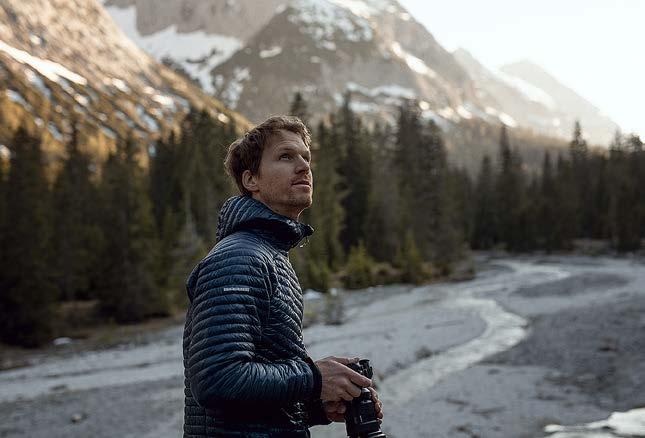
dann eine Dokumentation über eine klassische Surf–Reiseroute in Europa gedreht, die sehr gut angekommen ist: The Old, the Young and the Sea. Hier war ich auch für die Postproduktion verantwortlich. Weil diese Dokumentation so gut angenommen wurde, haben wir dann das Project weiter geführt und eine weitere Doku in Westafrika gedreht. Drei Monate waren wir für Beyond unterwegs das Projekt war auch erfolgreich und wurde bei großen Filmfestivals gezeigt.

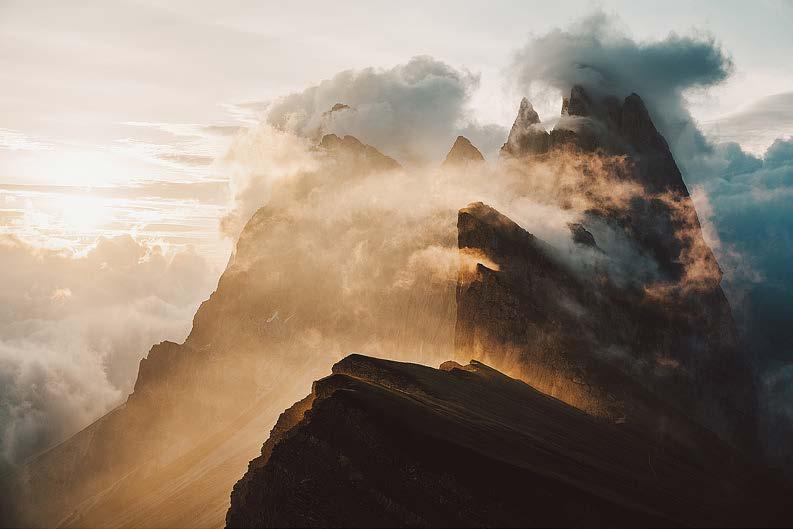
Roman Königshofer Outdoor Fotograf https://www.romankoenigshofer.com instagram: rawmeyn
Und dort hast du dann gemerkt, dass du in dem Bereich arbeiten willst?
8 BONBONNIERE ISSUE_01_2023 IDK_INSTITUTE OF DESIGN AND COMMUNICATION FH JOANNEUM
Lieber Roman, wie ging deine Reise nach deinem Informationsdesign–Studium weiter?
Hat dir die FH für diesen steilen Karriereweg etwas gebracht?
Definitiv! Es waren coole Leute auf der FH, und insgesamt war es eine coole Zeit. Man hatte in der Ausbildung die Möglichkeit, alles auszuprobieren, überall reinzuschnuppern — das Praktikum war dann das eigentliche Sprungbrett für mich. Mein Englisch war damals noch schlecht und nach einem Monat im Ausland dachte ich mir: Hey, du kannst eigentlich alles machen das gab mir Bestätigung, veränderte mein Auftreten und meinen Weltblick. Plötzlich stand mir die Welt offen, als ich aus der FH rausging und das Gefühl hatte, eigentlich alles machen zu können. Du musst dann halt auch machen (lacht).
Wie kam es dann zu deiner Karriere hinter der Kamera?
Ich habe ein halbes Jahr in der Grafikabteilung bei ServusTV gearbeitet, weil der Sender zu der Zeit gerade gelauncht wurde und ich beim Broadcast–Design mitarbeitete. Dort sind mir dann Kollegen über den Weg gelaufen, die ich aus der Sportecke kannte, viele Snowboarder und Skater… und den Sport/Lifestyle habe ja schon vor dem Studium auf der FH fotografisch festgehalten und dokumentiert. Diese Kolleg:innen hatten bei ServusTV zu jener Zeit ein eigenes Sendeformat, für das sie einen Kameramann benötigten. Sie kannten meine freien Arbeiten und haben mich gefragt, ob ich nicht bei ihnen mitmachen möchte. Also bin ich von einem Tag auf den anderen vom Motion Designer zum Kameramann gewechselt. Ich war dann im Endeffekt circa drei Jahre immer wieder mit ihnen unterwegs. Wir hatten unsere eigene Sendung auf Servus TV, welche The Surf Chronicles hieß. Wir dokumentierten den Surf Weltcup, reisten mit den Surfern mit und produzierten für jeden Tourstopp eine eigene Sendung.
Wie hast du dich dann zum erfolgreichen Outdoor–Fotograf & Influencer entwickelt?

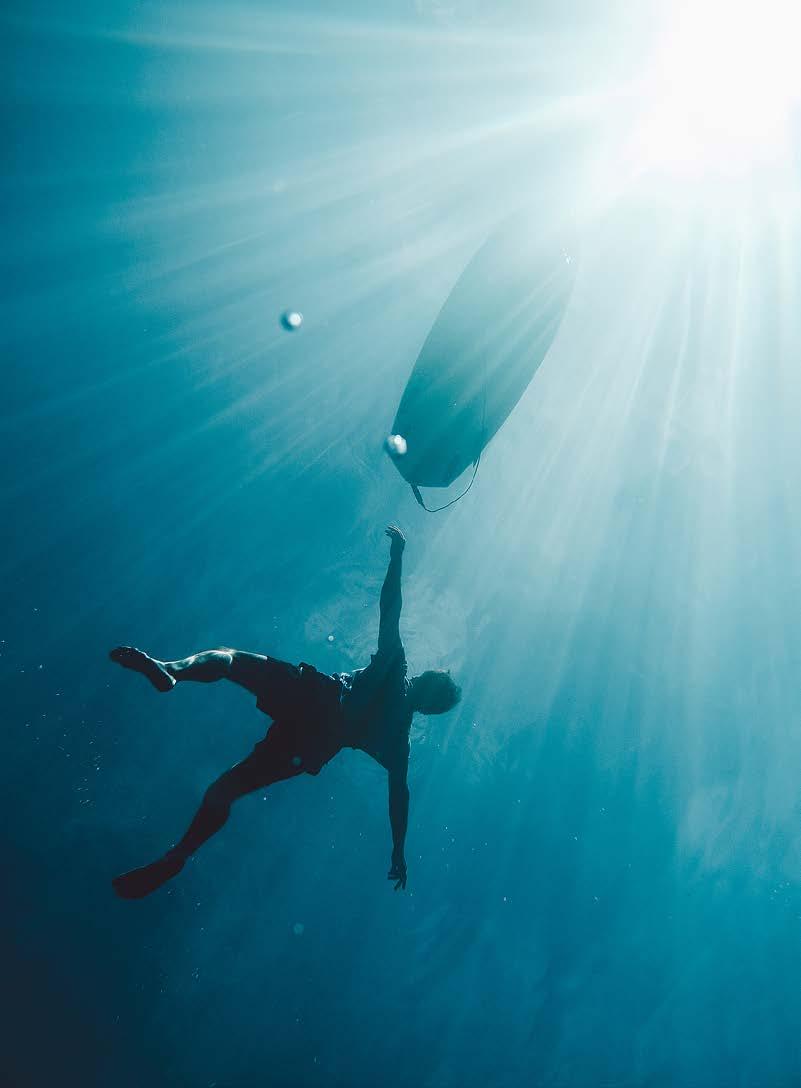
Surfen (& snowboarden) war über ein lange Zeit alles für mich und führte mich zu dem, was ich jetzt mache: Ich habe halt immer an den Spots fotografiert, wo ich unterwegs war und habe mir damit ein riesiges Fotoarchiv aufgebaut. In Afrika habe ich dann das erste Mal Fotos auf Instagram hochgeladen und gemerkt, dass meine Bilder ganz gut ankommen für mich hat sich da eine komplett neue Welt eröffnet, weil ich gesehen habe, dass man mit dieser App auch Geld verdienen kann. Die Follower sind dann von selbst gekommen, und in den Jahren 2017/2018 ist es explodiert, dann hatte ich auf einmal 100.000 Follower. Allerdings muss man schon wirklich dahinter sein, ich habe mich da intensiv mit der Pflege der Instagram
Seite beschäftigt, gleichzeitig wollte ich nie so DER Influencer sein, das ist ja fast ein Schimpfwort heute. Aber es hat mir auch gewisse Chancen eröffnet, heute ist der Account so etwas wie meine Businesscard im Internet. Viele der Jobanfragen, die ich erhalte, haben nichts mit Instagram zu tun, aber die Kund:innen haben mich über Instagram gefunden. Zusätzlich werde ich mittlerweile auch von einer Agentur mit Sitz in Rosenheim vertreten: KME Studios (https://www.kme–studios.com). Sie repräsentieren mich, machen viel Marketing und gehen auch mal mit meiner Mappe zu den großen Studios und stellen mich den Art–Direktoren vor. Weiters nehmen sie mir viel Arbeit im Vorfeld eines Shootings ab.
9 BONBONNIERE ISSUE_01_2023 IDK_INSTITUTE OF DESIGN AND COMMUNICATION FH JOANNEUM
Photos © Roman Königshofer
Dear Roman, how did your journey continue after your information design studies?
At the UAS, I had already developed thematically in the direction of motion design and did an internship in the USA right after graduating. At the time, I had put together a showreel especially for it and applied to the studios. That worked out well, and I then decided to do my internship at BUCK (https://buck.co) in Los Angeles. There was also an office of BUCK in New York City, and I was then able to work there for two months as well.
So when you tell me about it like that, it sounds like it was the absolute dream job!
Yes, it was (laughs). You travel to Australia, for example, and work there.Yet, you also have to be very flexible. There are always waiting periods (about 2 weeks) because the waves are not always good. Often it can drag on, and then you have to fit everything in during the last few days. There is also always a lot to organise. It was not uncommon that we had to run after surfers for an interview... but nevertheless you are at cool places with cool people and still have time to go surfing yourself. So I really enjoyed the time!
How did you go on to become a successful outdoor photographer and influencer?
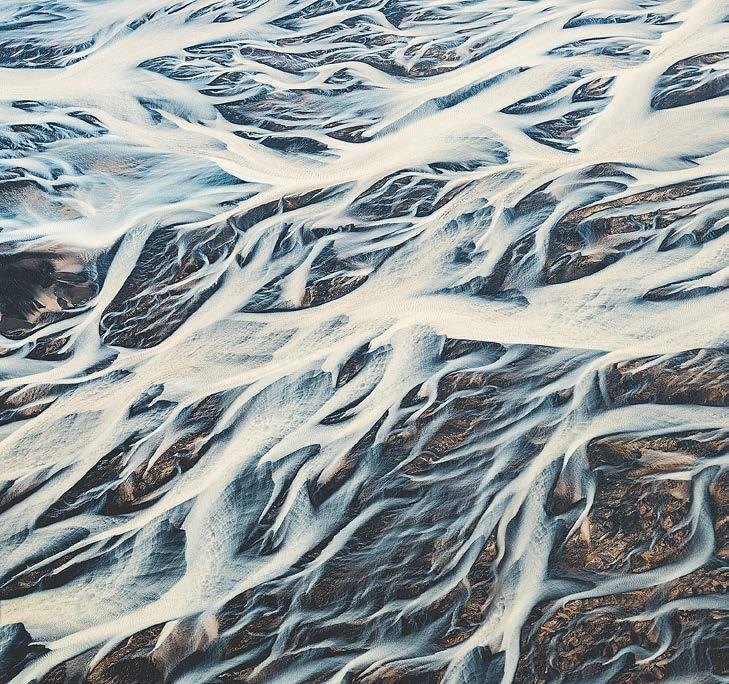

Surfing (& snowboarding) was everything to me for a long time and led me to what I do now: I always took photos at the spots where I was travelling and built up a huge photo archive. In Africa I uploaded photos to Instagram for the first time and noticed that my pictures were quite well received — a completely new world opened up for me because I saw that you can also earn money with this app. The followers then came by themselves, and, in 2017/2018. it exploded, then I suddenly had 100,000 followers. Yet, you really have to be behind it, I was intensively involved in maintaining the Instagram page, and, at the same time, I never wanted to be such
an influencer, that’s almost a dirty word today. But it also opened up certain opportunities for me, today the account is something like my business card on the internet. Many of the job enquiries I receive have nothing to do with Instagram, but the customers found me via Instagram. In addition, I am now also represented by an agency based in Rosenheim: KME Studios (https://www.kme–studios.com). They represent me, do a lot of marketing, and sometimes take my portfolio to the big studios and introduce me to the art directors. They also do a lot of the work for me before a shoot.
10 BONBONNIERE ISSUE_01_2023 IDK_INSTITUTE OF DESIGN AND COMMUNICATION FH JOANNEUM
And that’s where you realised that you wanted to work in that field?
Yes, but that was also the first time I realised how intense this work can be. I’ve always been a very active person, I’ve always been outside a lot, I’ve always done a lot of sports, and there I was suddenly working seven days a week and in front of the screen for the first time. That was expected there, especially when there were big projects to be done, that you also work on the weekends. And as an intern, you do everything anyway and want to do your
best — that certainly shaped me, and I realised that I wouldn’t do that for the rest of my life. But it was clear that I would continue with motion design, so I went back to Austria and worked with the guys from http://eatmydear.com. It was intense, but it was great. That was intensive, but it was much more relaxed with the guys because we got along well and only worked through a weekend now and then.
How did your career behind the camera come about?
I worked in the graphics department at ServusTV for six months because the channel was just being launched at the time and I was involved in broadcast design. There I ran into colleagues I knew from the sports sector, many snowboarders and skaters... and I had already been photographing and documenting sports/lifestyle before my studies at the University of Applied Sciences. These colleagues had their own program format at ServusTV at that time,
for which they needed a cameraman. They knew my freelance work and asked me if I would like to join them. So from one day to the next, I changed from motion designer to cameraman. In the end, I was with them on and off for about three years. We had our own program on ServusTV called The Surf Chronicles. We documented the Surf World Cup, travelled with the surfers, and produced a separate programme for each tour stop.
So why did this dream job end?
Yes, it seems to me that, with Red Bull Media House/ServusTV, most projects have an expiry date, people are often changed or projects are cancelled our project was the second most successful at the station, but it was cancelled anyway, which had nothing to do with us. Red Bull couldn’t really come to an agreement with the World Surf League as a sponsor...
But one door closes and another one opens I then shot a documentary about a classic surf itinerary in Europe, which was very well received: The Old, the Young and the Sea. Here I was also responsible for the post–production. Because this documentary was so well received, we then continued the project and shot another documentary in West Africa. We were on the road for three months for Beyond the project was also successful and was shown at major film festivals.
Final question: Did the UAS help you with this steep career path?
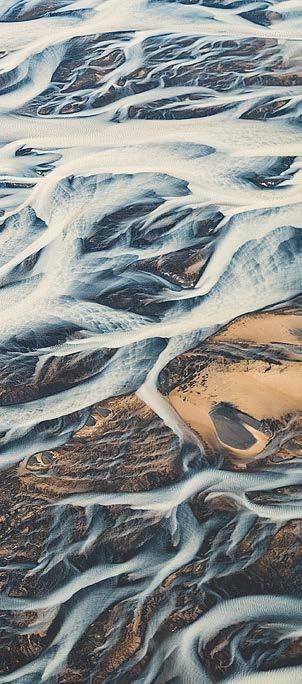
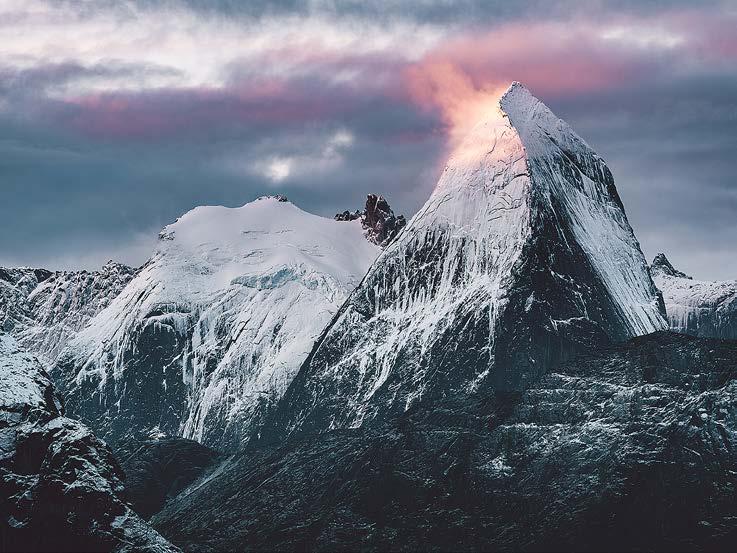
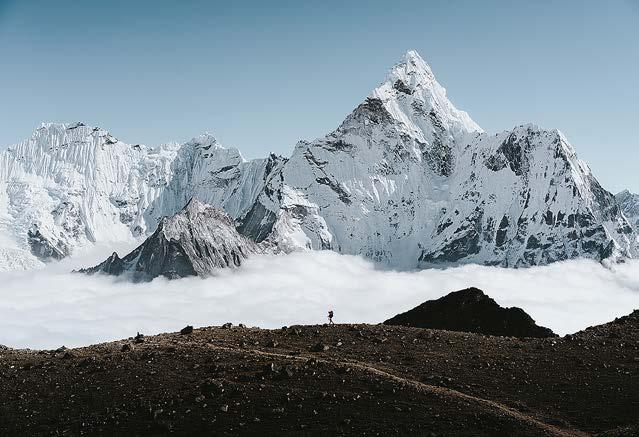
Definitely! There were cool people at the UAS, and overall it was a cool time. During the training, you had the opportunity to try out everything, to get a taste of everything the internship was then the real springboard for me. My English was still bad at that time, and, after a month abroad, I thought to myself: Hey, you
can actually do anything that gave me confirmation, changed my demeanour and my view of the world. Suddenly the world was open to me when I left the FH and had the feeling that I could actually do anything. You just have to do it then (laughs).
Roman Königshofer Outdoor Photographer https://www.romankoenigshofer.com instagram: rawmeyn
11 BONBONNIERE ISSUE_01_2023 IDK_INSTITUTE OF DESIGN AND COMMUNICATION FH JOANNEUM
Photos © Roman Königshofer
Stefanie Brückler
Self-employed designer (New York) http://stefaniebrueckler.com
░▒▓ LIEBE STEFANIE, WIE BIST DU AUF DAS STUDIUM INFORMATIONSDESIGN AUFMERKSAM GEWORDEN? Jemand von der FH ist bei uns im Gymnasium vorbeigekommen und hat die Studiengänge vorgestellt. Ich war von Informationsdesign sofort begeistert und bin mit der klaren Vorstellung an die FH gekommen, dass ich im Advertising-Bereich arbeiten möchte. Damals spielte Fernsehen noch eine wichtigere Rolle, und ich wollte klassische Werbung machen. Ich war so ein Fan von den Darbo Werbungen und dachte, dass ich das auch beruflich machen will.
░▒▓ UND WÄHREND DES STUDIUMS BLIEB DEIN TRAUM, SPÄTER EINMAL WERBUNG
ZU MACHEN, BESTEHEN? Nein, denn es gab plötzlich so viel neue, interessante Dinge, die ich im Studium kennengelernt habe, von Fotografie über Webdesign bis zu Print. Ich habe schnell realisiert, dass, wenn ich für ein Designstudio arbeite, eigentlich viel mehr gestalterisch tun kann als ausschließlich Werbefilme zu produzieren. Das Spektrum an Möglichkeiten durch die Ausbildung ist sehr breit, und das begeisterte mich sehr, da mir bewusst wurde, dass ich in so vielen verschiedenen Medien arbeiten kann. Ich denke sehr gerne an die FH zurück, weil es neben den neuen und spannenden Inhalten cool war, so viele neue Leute kennenzulernen, aus allen Teilen Österreichs und Europas.
▓▒░ DEAR STEFANIE, HOW DID YOU FIND OUT ABOUT THE INFORMATION DESIGN DEGREE PROGRAM? Someone from the UAS came by our school and presented the degree programs.
I was immediately enthusiastic about information design and came to the UAS with the clear idea that I wanted to work in advertising. At that time, television still played a more important role and I wanted to do classic advertising. I was such a fan of the Darbo commercials and thought that’s what I wanted to do professionally.
▓▒░ AND WHILE YOU WERE STUDYING, DID YOUR DREAM OF DOING ADVERTISING LATER REMAIN? No, because there were suddenly so many new and interesting things that I learned about during my studies, ranging from photography and web design to print. I quickly realised that, if I work for a design studio, I can actually do a lot more design-wise than just produce commercials. The range of possibilities opened up through the degree program is very broad, and that excited me a lot because I realised that I could work in so many different media. I think back to UAS very fondly because, besides the new and exciting content, it was cool to meet so many new people, from all parts of Austria and Europe.
▓▒░ AT WHAT POINT DID YOU KNOW WHICH DESIGN DIRECTION YOU WANTED TO GO IN?
I think from the second year onwards. The first year was a really good orientation for me, it opened my eyes and showed me how wide the creative field is. During my time at university, blogs were still very popular, and I found a variety of designers through design blogs and inspiration websites, like Pinterest or Behance, which I found cool and motivating. I then also started making a list of over 100 studios worldwide from the design studios I followed, where I thought to myself, that’s where I’d like to work one day. And the design studio where I did my internship was finally in New York.
▓▒░ HOW DID YOU FEEL DURING YOUR INTERNSHIP? WHAT WAS IT LIKE TO SUDDENLY BE IN A BIG CITY LIKE NEW YORK?
I had never been to America before, and at first I was totally shocked at how loud it is in New York. I’m originally from southern Burgenland, but I’ve
░▒▓ AB WANN WAR DIR KLAR, IN WELCHE GESTALTERISCHE RICHTUNG DU GEHEN WILLST? Ich glaube so ab dem zweiten Jahr. Das erste Jahr war wirklich sehr orientierend, das hat mir erst einmal die Augen geöffnet und gezeigt, wie weit das kreative Feld ist. In der Zeit meines Studiums waren Blogs noch sehr beliebt, und ich habe über Designblogs und Inspirationswebseiten, wie Pinterest oder Behance, eine Vielfalt an Designer:innen gefunden, die ich cool und motivierend fand. Ich habe dann auch angefangen, aus den Designstudios denen ich gefolgt bin, eine Liste mit über 100 Studios weltweit anzulegen, wo ich mir gedacht habe, da würde ich gerne einmal arbeiten. Und das Designstudio, wo ich dann mein Praktikum gemacht habe, war dann schlussendlich in New York.
░▒▓ WIE GING ES DIR IN DEINEM PRAKTIKUM? WIE WAR ES PLÖTZLICH IN EINER GROSSSTADT WIE NEW YORK ZU SEIN? Ich war davor noch nie in Amerika, und am Anfang war ich total geschockt, wie laut es in New York ist. Ich bin ja ursprünglich aus dem Südburgenland, habe aber durch die Arbeit meines Vaters schon als Kind in anderen großen Europäischen Städten gewohnt. Aber New York ist wirklich ganz anders, der Verkehr, die Leute, alles war super aufregend. Und da war ich dann für drei Monate, das war ein ganz kleines Studio mit drei Festangestellten und ab und zu Freelancern. Sie haben dann zum Glück eine Vollzeit Designerin gesucht, und ich konnte noch ein ganzes Jahr bei ihnen arbeiten. Danach hätte ich ein richtiges Arbeitsvisum gebraucht, das sie mir leider nicht
STEFANIE
12 BONBONNIERE ISSUE_01_2023 IDK_INSTITUTE OF DESIGN AND COMMUNICATION FH JOANNEUM
lived in other big European cities since I was a child because of my father’s work. But New York is really very different, the traffic, the people, everything was super exciting. And there I was for three months, it was a very small studio with three permanent employees and freelancers from time to time. Luckily they were looking for a full-time designer, and I was able to work for them for another year. After that I would have needed a proper work visa, for which they unfortunately didn’t want to sponsor me. With another company it worked out, but I still had to go back to Austria for three months because of the visa application and the process with the lawyers took so long.
▓▒░ SO IT WAS ALREADY CLEAR TO YOU AT THAT POINT THAT YOU WANTED TO STAY IN NEW YORK? Yes, somehow it happened, I honestly never planned to go to the US at all. But I applied everywhere in the world, and there were only studios from New York that were interested, and then I thought, well, it’s New York then. After the three months in Austria, I found a new job in New York in a design studio with interesting clients and lots of opportunities to learn new things. It was a good fit, I wanted to work on many different things and get a taste of different areas. There was everything from design to art direction, print and digital. My boyfriend, we met at the FH during our studies, then joined me, and since then seven years have passed and I’m still here (laughs).
▓▒░ AND YOU LIVE TOGETHER NOW, YOU’VE RENTED A NICE FLAT! ISN’T IT INSANELY EXPENSIVE TO LIVE IN NEW YORK? Yes, it’s expensive, but, if you work full time, the salary is already adjusted so that you can afford a flat, it’s just smaller than in Graz. We live in Brooklyn, we love it here, we live in a neighbourhood where a lot of Italian immigrants used to live, and there are great pasta restaurants, bakeries, and gelato places. My parents are also very proud that I’m doing all this on my own in a foreign country and without their support. We have to renew our visa every three years, luckily my boyfriend got his green card last year, and I’m currently working on it. In the meantime, I’m self-employed, which means I don’t have an employer to help me...
sponsern wollten. Mit einer anderen Firma hat es dann geklappt, dennoch musste ich wegen des Visumsantrags für drei Monate nach Österreich zurück, weil dieser Prozess mit den Anwälten so lang gedauert hat.
░▒▓ ALSO WAR FÜR DICH ZU DIESEM ZEITPUNKT SCHON KLAR, DASS DU IN NEW YORK BLEIBEN WILLST? Ja, irgendwie ist es so passiert, ich habe ehrlicherweise nie geplant, überhaupt in die USA zu gehen. Aber ich habe mich halt überall beworben auf der Welt, und es gab nur Studios aus New York, die Interesse hatten, und dann habe ich gedacht, na gut es soll wohl New York sein. Ich habe dann nach den drei Monaten in Österreich einen neuen Job in New York in einem Designstudio gefunden mit interessanten Kund:innen und vielen Möglichkeiten, Neues zu lernen. Das hat sehr gut gepasst, ich wollte an vielen unterschiedlichen Dingen arbeiten und in verschiedene Bereiche schnuppern. Da war dann alles dabei von Design zu Art Direktion, Gedrucktes und Digitales. Mein Freund, wir haben uns auf der FH im Studium kennengelernt, ist dann nachgekommen, und seither sind sieben Jahre vergangen und ich bin immer noch da (lacht).
░▒▓ UND IHR LEBT JETZT ZUSAMMEN, HABT EINE SCHÖNE WOHNUNG GEMIETET!
IST ES NICHT WAHNSINNIG TEUER IN NEW YORK ZU LEBEN? Ja, es ist teuer, aber, wenn du Vollzeit arbeitest, ist das Gehalt schon so angepasst, dass du dir ein Wohnung leisten kannst, sie ist halt kleiner als in Graz. Wir leben in Brooklyn, es gefällt uns super hier, wir leben in einem Viertel, in dem ursprünglich viele italienische Einwanderer gelebt haben, und es gibt herrliche Pasta-Restaurants, Bäckereien und Gelato-Lokale. Meine Eltern sind auch sehr stolz darauf, dass ich das alles allein schaffe in einem fremden Land und ohne ihre Unterstützung. Wir müssen halt das Visum alle drei Jahre verlängern, mein Freund hat zum Glück letztes Jahr schon die Green Card bekommen, und ich arbeite momentan daran. Ich bin mittlerweile ja selbstständig tätig, das heißt, ich habe da jetzt auch keine/n Arbeitgeber:in, die/der mir hilft…
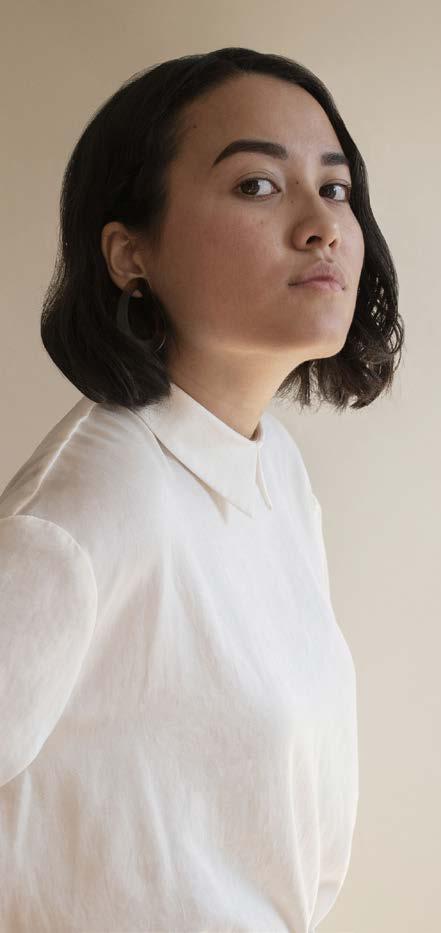
Das Spektrum an durchMöglichkeiten die Ausbildung ist sehr breit.
STEFANIE
Photo © Stefanie Brückler
13 BONBONNIERE ISSUE_01_2023 IDK_INSTITUTE OF DESIGN AND COMMUNICATION FH JOANNEUM
The range of possibilities opened up through the degree program is very broad.
▓▒░ WHEN DID YOU TAKE THIS STEP INTO SELFEMPLOYMENT? I’ve known for a long time that I wanted to become self-employed at some point, simply because then I can better choose what I want to work on and with whom. I had already been working at the studio where I last worked for four years, and I felt that it was time for something new. I just needed something to get my heart racing again. Fortunately, it’s been going really well so far. I haven’t really had to advertise my studio yet because I now know a lot of people in the design scene here and they know I work independently and contact me when they need external help or want to refer projects to me.
▓▒░ WHAT DO YOU ENJOY MOST ABOUT CREATIVE WORK? What I enjoy most of all is designing books, I just like things that are tactile! And when you get a fresh book in your hand and open it up–it smells so good. There’s something wonderful about holding the finished product in your hand and flicking through it. At the moment I’m doing a lot of packaging design, where I also design some things by hand and can choose different materials, I really like that. In general, I also like working on visual identities, especially on projects where I can work directly with the founders. That’s always great to work with someone who is very enthusiastic because then you get that energy from the other person, then you’re also happy and super motivated yourself, so you want to make it as beautiful as possible.
The range possibilitiesofopened up through the degree program is very broad.
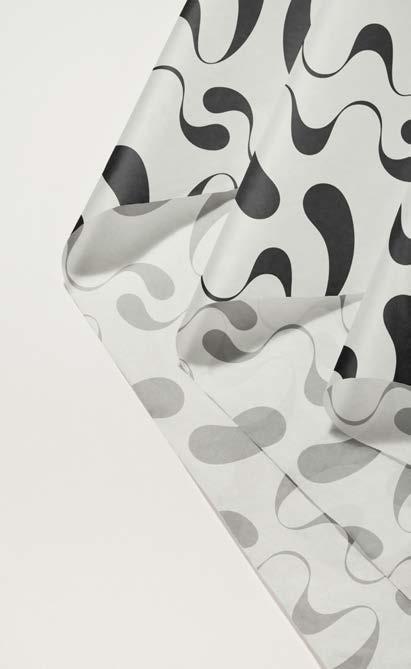 Photos © Stefanie Brückler
Photos © Stefanie Brückler
Möglichkeiten
die Ausbildung ist sehr breit. STEFANIE
14 BONBONNIERE ISSUE_01_2023 IDK_INSTITUTE OF DESIGN AND COMMUNICATION FH JOANNEUM
Das Spektrum an
durch
BRÜ
STEFANIEÜCKLER
░▒▓ WANN HAST DU DIESEN SCHRITT IN DIE SELBSTSTÄNDIGKEIT GEMACHT?
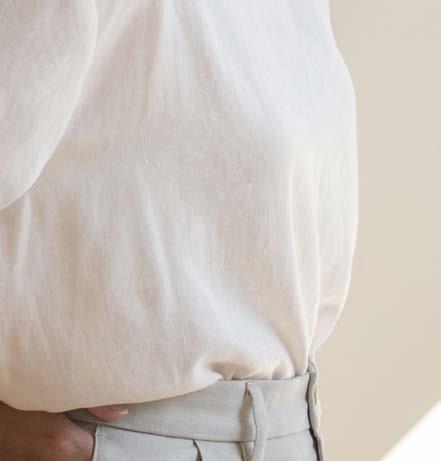

Ich habe schon länger gewusst, dass ich mich irgendwann einmal selbstständig machen will, einfach weil ich mir dann besser aussuchen kann, woran und mit wem ich arbeiten möchte. Bei dem Studio, in dem ich zuletzt gearbeitet habe, war ich dann schon vier Jahre, und ich spürte, dass es einfach Zeit für etwas Neues ist. Ich brauchte halt etwas, das mein Herz wieder zum Rasen bringt. Zum Glück läuft es bis dato richtig gut. Ich muss bis jetzt noch nicht wirklich Werbung für mein Studio machen, da ich inzwischen viele Leute in der Designszene hier kenne, und die wissen, dass ich selbstständig arbeite, und wenden sich an mich, wenn sie extern Hilfe brauchen oder Projekte an mich weiterleiten wollen.
░▒▓ WAS MACHT DIR BEIM KREATIVEN ARBEITEN AM MEISTEN SPASS? Was mir am allermeisten Spaß macht, ist das Designen von Büchern, ich mag einfach Dinge die haptisch sind! Und wenn du ein frisches Buch in die Hand bekommst und das aufmachst – das riecht so gut. Das fertige Produkt in der Hand zu halten und durchzublättern ist einfach etwas Wunderbares. Momentan mache ich viel Verpackungsdesign, wo ich auch Einiges mit der Hand gestalte und mir unterschiedliche Materialien aussuchen kann, das gefällt mir sehr gut. Generell arbeite ich auch sehr gerne an visuellen Identitäten, vor allem an Projekten, an denen ich direkt mit den Founders arbeiten kann. Das ist immer toll, mit jemandem zu arbeiten, der sehr begeistert ist, weil du dann diese Energie von der anderen Person bekommst, dann auch selbst happy und super motiviert bist und du es deshalb so schön wie möglich gestalten willst.
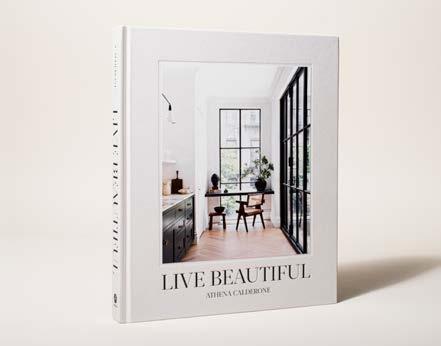
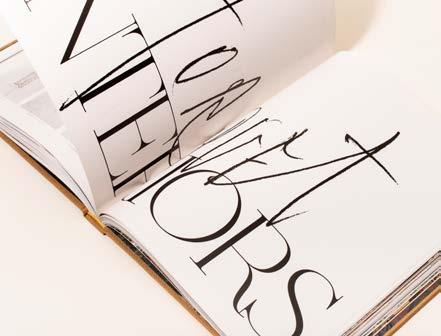
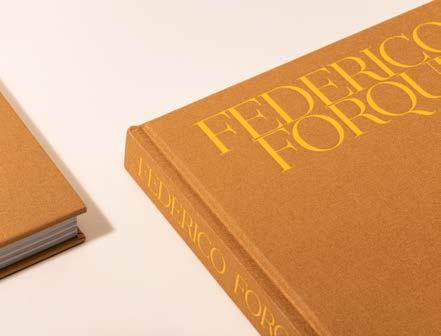
15 BONBONNIERE ISSUE_01_2023 IDK_INSTITUTE OF DESIGN AND COMMUNICATION FH JOANNEUM
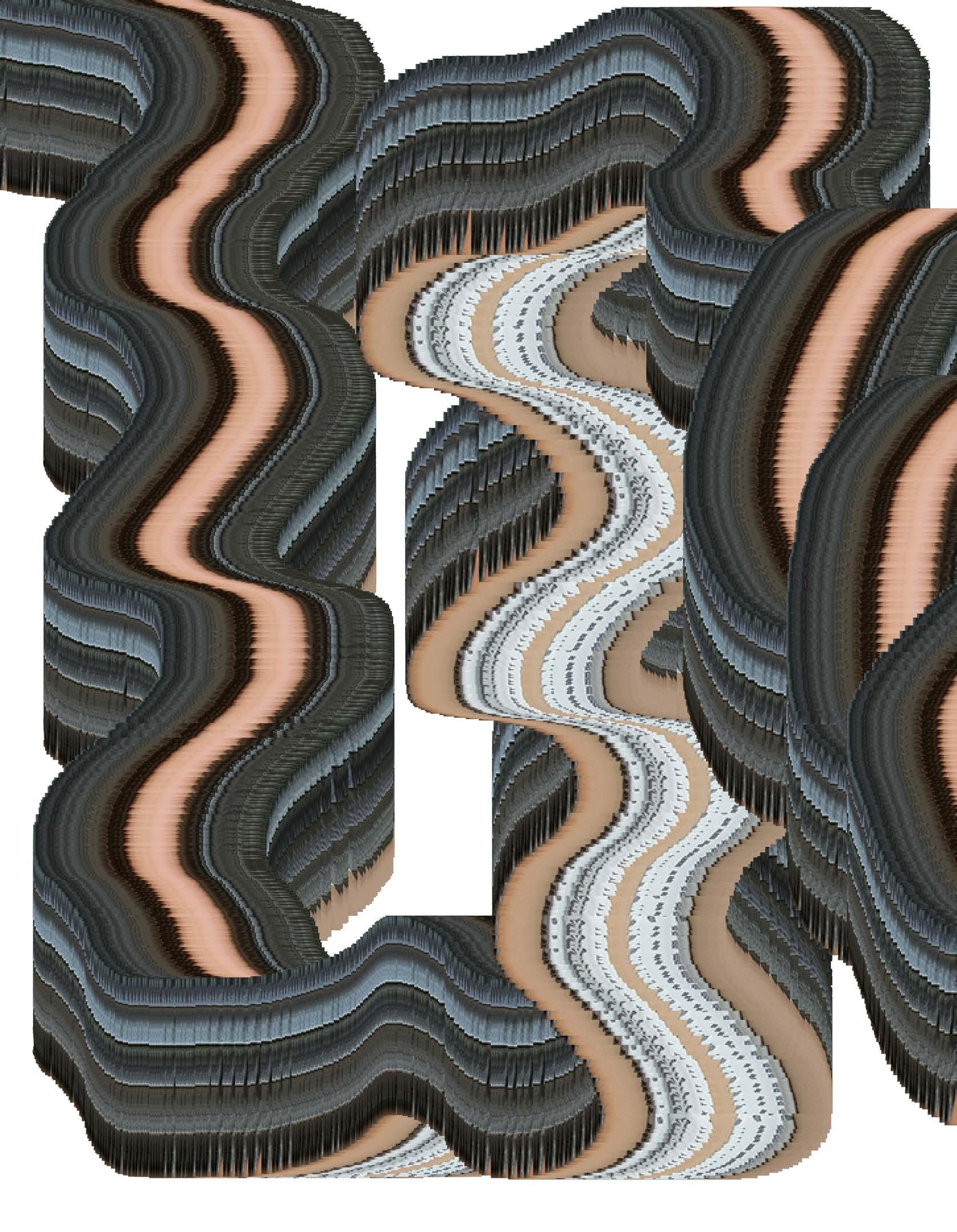
BONBONNIERE ISSUE_01_2023 IDK_INSTITUTE OF DESIGN AND COMMUNICATION FH JOANNEUM 16
Eva Schindling Technology Director
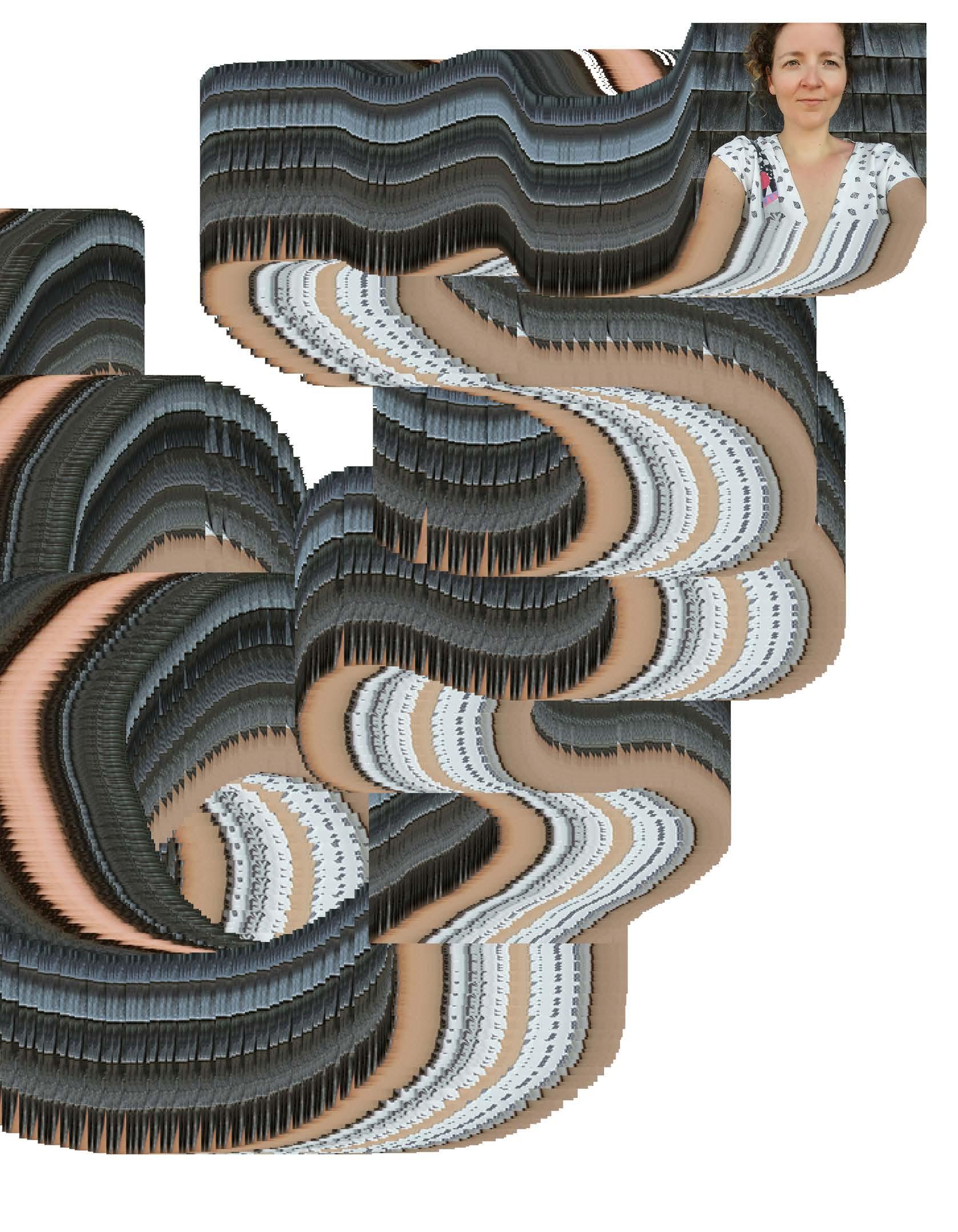
Canada www.dailytouslesjours.com 17 BONBONNIERE ISSUE_01_2023 IDK_INSTITUTE OF DESIGN AND COMMUNICATION FH JOANNEUM
Photo © Eva Schindling
Ich fand es super, dass wir besonders in unserem Major Interaction and Media Design viel gestalterische Freiheit bei dem Entwickeln von Projekten hatten. Die Ausbildung war allgemein sehr vielseitig, nach dem Studium hatte ich viel gestalterisches und technisches Know-How, was für meine jetzige Tätigkeit ein wichtiger Grundstein war.
War nach der FH für dich klar, in
Nein, nicht sofort, ich habe nach der FH ein Jahr als Freelancerin gearbeitet, und durch einen Freund bekam ich den Tipp für eine Universität in Schweden, die einen Master of Science in Art and Technology anbietet. Das Studium habe ich dann absolviert und fand es super spannend, weil es vor allem darum ging, Technologie zu verwenden, um Kunst zu machen. Zudem war es ein internationaler Master, und ich habe dort Menschen aus der ganzen Welt kennengelernt.

Bist du dann in Schweden geblieben?
Es hat sich nach dem Masterstudium für mich spontan ergeben, gemeinsam mit einer Freundin nach Hongkong zu ziehen. Es wohnte bereits ein Bekannter von uns dort, was uns vor allem am Anfang sehr geholfen hat. Zum Glück habe ich dann schnell einen Job bei einer Künstlerin gefunden.
Waren die Arbeitsbedingungen ähnlich wie bei uns?
Hongkong ist ein Ort, wo du auf viele Expert:innen aus unterschiedlichsten Ländern triffst, es ist also sehr multikulturell. Allerdings wurde mir bei mehreren Vorstellungsgesprächen erklärt, dass ich aufgrund meiner Herkunft aus Europa mit den Erwartungen an mich sicher nicht klarkommen werde, da viele Arbeitgeber:innen damit rechnen, dass bei ihnen die Leute von 9h–21h arbeiten.
Wie ging deine berufliche Reise dann weiter?
Aufgrund der Wirtschaftskrise im Jahr 2008 haben dann mehrere Freunde ihren Job verloren, und das war dann auch für mich der Zeitpunkt aufzubrechen. Bei der Jobsuche fand ich eine interessante Stelle im Banff Kunstzentrum in Alberta, Kanada. Die Arbeit dort war ein interessanter Mix: ich arbeitete bei Kunstkongressen mit, half beim Aufbau eines Labs im New Media Institut und machte eigenen freien Research. Am tollsten war, dass ich dort Künstler:innen verschiedenster Disziplinen kennengelernt habe, unter anderem auch eine meiner heutigen Chef:innen.
Verstehe. Wo arbeitest du jetzt?
Ich arbeite mittlerweile seit 10 Jahren bei daily tous les jours, einem Kunst- und DesignStudio, und bin dort mittlerweile Technologiedirektorin. Bei mir geht es vor allem um technisches Equipment, wie elektrische Platinen, Kabel, Computer, Verstärker, Lautsprecher, Sensoren, Lichter eben alles was dazu gehört, für das jeweilige Kunstprojekt neue Interaktionsarten zu kreieren.
Kann man sich das so vorstellen, dass deine Chef:innen eine Idee kreieren, und deine Aufgabe ist, diese dann technisch umzusetzen?
Die Ideenentwicklung funktioniert eher mit einer großen Runde an Leuten, aber die Chef:innen haben dann das letzte Wort. Es ist ein Prozess, der sich über die Jahre entwickelt hat. Zuerst braucht es viel Research, weil jede Idee immer mit einem bestimmten Ort verbunden ist. Wir werden immer gefragt, ob wir für öffentliche Räume oder Festivals etwas kreieren können. Das bedeutet, wir recherchieren zu Beginn Geschichte dieses öffentlichen Raums und der Menschen. Es geht in der ersten Phase ganz stark darum, einen Kontext für unsere Arbeit zu finden. Wir machen Workshops vor Ort, um herauszufinden, was die Menschen brauchen oder was sie gerne hätten. Auf diesen Infos aufbauend folgt eine Brainstorming Phase, wo wir erste Ideen generieren.
Gab es ein Lieblingsprojekt, das du in den 10 Jahren hattest?
Die Schaukeln sind das Projekt, an dem ich seit 10 Jahren arbeite, eine Art Hassliebe, aber für mich war vor allem die Evolution dieses partizipativen Projektes spannend. Es handelt sich um musikalische Schaukeln, wobei in jeder Schaukel ein Sensor installiert ist. Je nachdem, wie hoch man schaukelt, ändert sich auch der dazugehörige Sound. Wenn man sich mit den Nachbar:innen beim Schaukeln synchronisiert, dann kommen noch andere Melodien dazu. Es ist ein einfaches Prinzip und sehr intuitiv, und jede Person kann damit umgehen. Im Moment arbeiten wir an einer permanenten Version, die wir an öffentliche Räume verkaufen, wo sie dann für immer stehen.
Kann man sagen, dass du deinen Traumjob gefunden hast?
Ja, vor allem wenn ich etwas Neues entwickeln kann, das macht mir mit Abstand die größte Freude.
18
Was hat dir rückblickend an deinem Studium
BONBONNIERE ISSUE_01_2023 IDK_INSTITUTE OF DESIGN AND COMMUNICATION FH JOANNEUM
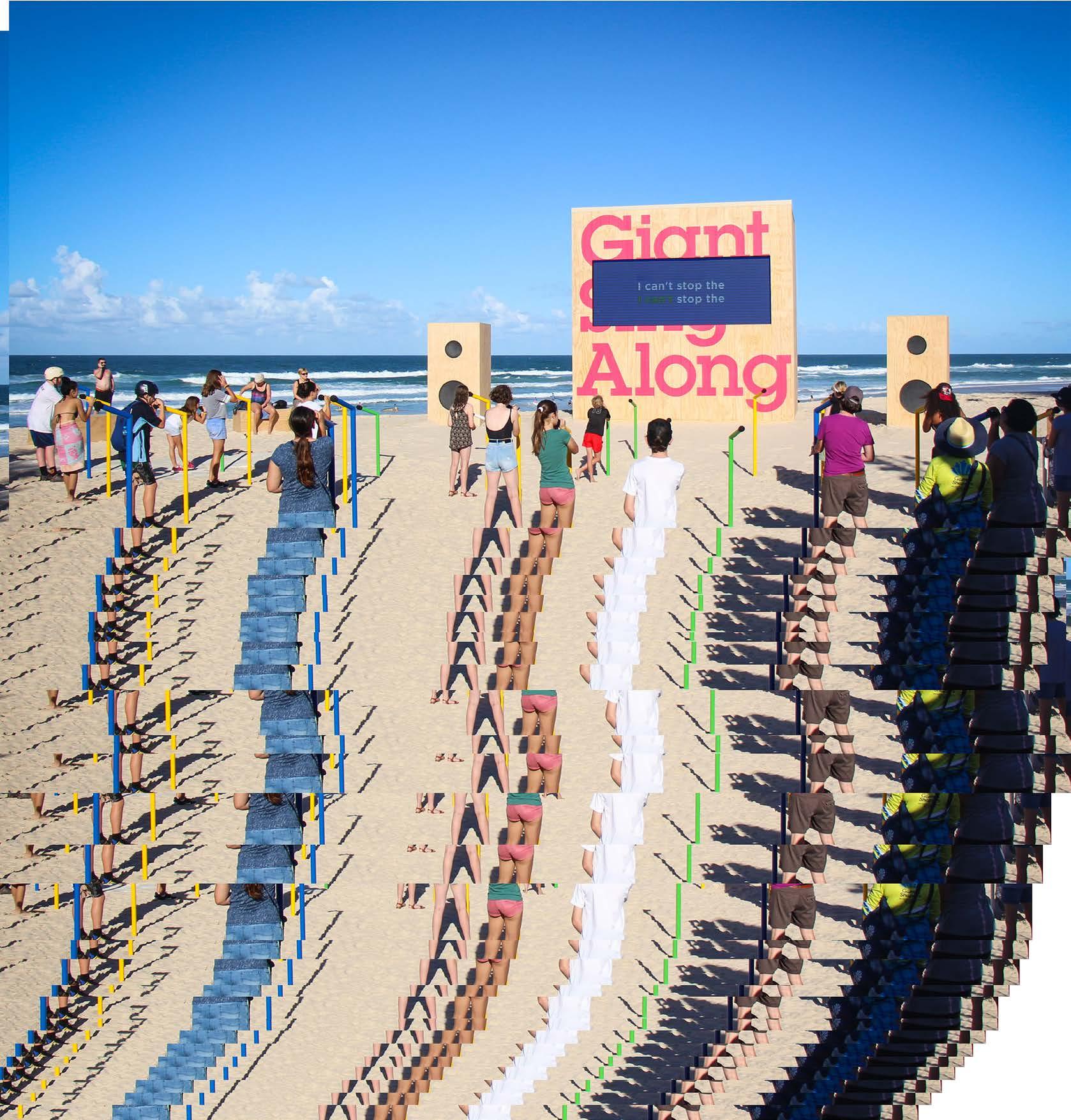
an der FH am meisten gefallen? welche Richtung du gehen willst? Photo © Dailytouslesjours BONBONNIERE ISSUE_01_2023 IDK_INSTITUTE OF DESIGN AND COMMUNICATION FH JOANNEUM 19
I thought it was great that we had a lot of creative freedom in developing projects, especially in our Interaction and Media Design major. The training was generally very versatile, and after graduation I had a lot of design and technical know–how, which was an important foundation stone for my current job.
Was it clear to you after your studies here which direction you
No, not immediately, I worked as a freelancer for a year after finishing my studies here, and through a friend I got a tip about a university in Sweden that offered a Master of Science in Art and Technology. I then did the degree and found it super exciting because it was mainly about using technology to make art. It was also an international master’s, and I met people from all over the world there.
Did you then stay in
After completing my Master’s degree, I spontaneously decided to move to Hong Kong with a friend. An acquaintance of ours was already living there, which helped us a lot, especially in the beginning. Luckily, I quickly found a job with an artist.
Were the working conditions similar to How did your professional journey

Hong Kong is a place where you meet many experts from different countries, so it is very multicultural. However, I was told in several interviews that I would not be able to cope with the expectations of me because of my European background, as many employers expect people to work from 9–21h.
Due to the economic crisis in 2008, several friends lost their jobs, and that was also the time for me to leave. When I was looking for a job, I found an interesting position at the Banff Art Centre in Alberta, Canada. The work there was an interesting mix: I worked at art conventions, helped set up a lab at the New Media Institute, and did my own freelance research. The best thing was that I got to know artists from different disciplines, including one of my current bosses.
I see. Where do you work now?
I’ve been working at daily tous les jours, an art and design studio, for 10 years now, and I’m now the technology director. I’m mainly concerned with technical equipment, such as electrical boards, cables, computers, amplifiers, loudspeakers, sensors, lights — everything that is needed to create new forms of interaction for the respective art project.
Is it like — your bosses create an idea and your task is to implement it technically?
Well, ideas tend to be developed with a large group of people, but the bosses then have the final say. It’s a process that has evolved over the years. At first it takes a lot of research because every idea is always connected to a specific place. We are always asked if we can create something for public spaces or festivals. That means we start by researching the history of this public space and the people. The first phase is very much about finding a context for our work. We do workshops on site to find out what people need or what they would like. Based on this information, a brainstorming phase follows, where we generate initial ideas.
Was there a favourite project you had in the 10 years?
The swings are the project I’ve been working on for 10 years, a kind of love–hate relationship, but what has been most exciting for me is the evolution of this participatory project. They are musical swings, with a sensor installed in each swing. Depending on how high you swing, the associated sound changes. If you synchronise with your neighbour while swinging, other melodies are added. It’s a simple principle and very intuitive, and every person can handle it. At the moment we are working on a permanent version that we sell to public spaces where they will stand forever.
Can you say that you have found your dream job?
Yes, especially when I can develop something new. That gives me by far the greatest pleasure.
20 BONBONNIERE ISSUE_01_2023 IDK_INSTITUTE OF DESIGN AND COMMUNICATION FH JOANNEUM
Looking back, what
most about your studies at
did you like
Photo © Martine Doyon
wanted to go in? Sweden? ours? continue?

21 BONBONNIERE ISSUE_01_2023 IDK_INSTITUTE OF DESIGN AND COMMUNICATION FH JOANNEUM the FH JOANNEUM?
Photo © Olivier Blouin
Photo © Victorine Yok-Thot Sentilhes
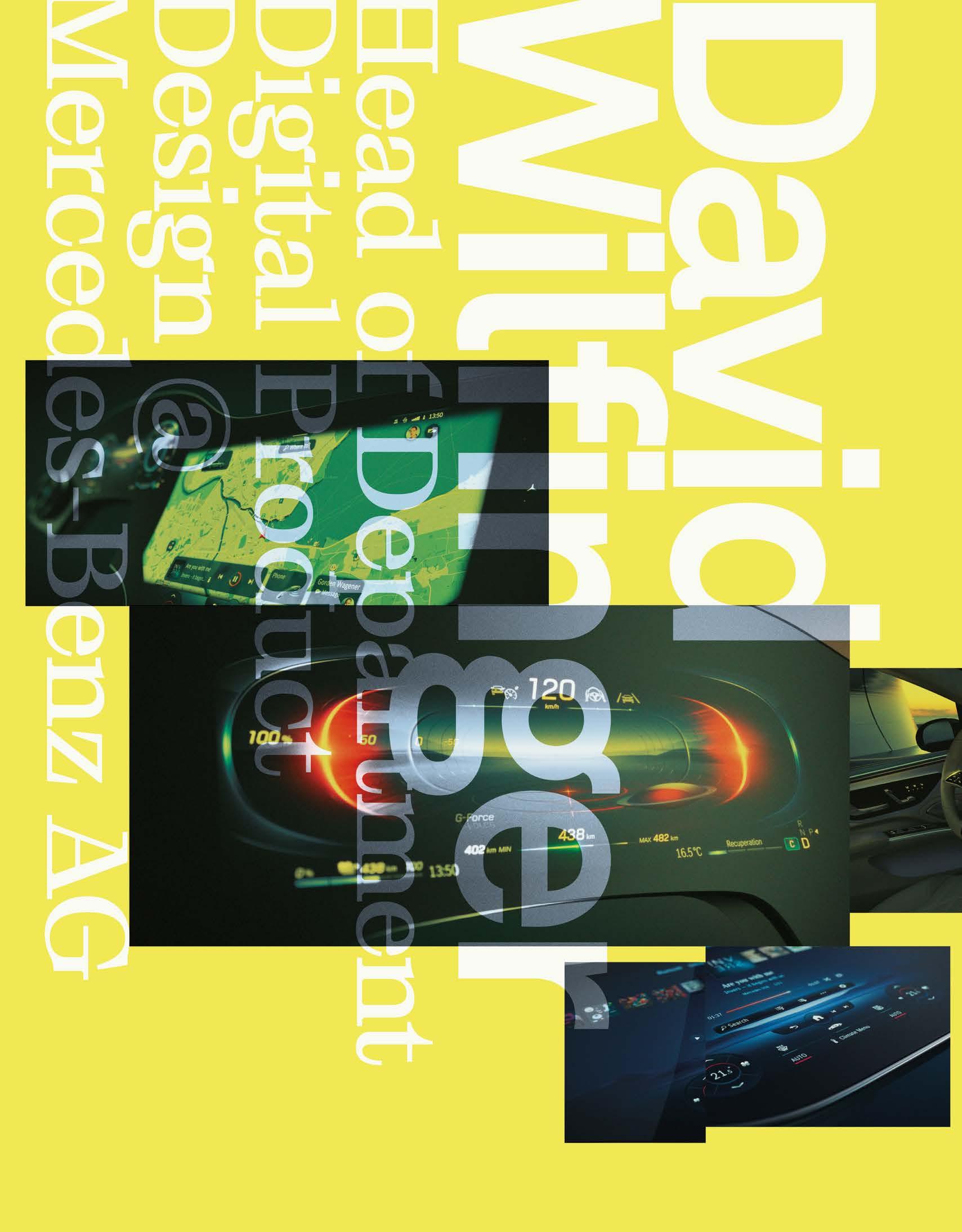
22 BONBONNIERE ISSUE_01_2023 IDK_INSTITUTE OF DESIGN AND COMMUNICATION FH JOANNEUM
Lieber David, wie ging es dir so während deines Informationsdesign Studiums?
Ich glaube, ich hatte zu Beginn des Studiums die Idee, Web-Designer zu werden, aber das hat sich während des Studiums komplett geändert. Das ganze User Interface Thema habe ich erst in meinem Studium kennengelernt. Ich kam von einem humanistischen Gymnasium, und habe ehrlich gesagt im Designbereich nicht so viel mitgebracht, deswegen war das ja auch sehr interessant und neu für mich. Ich muss sagen, ich habe die Breite des Studiums als sehr angenehm empfunden, ich habe, verglichen mit meinen Kolleg:innen von der Uni, immer wieder sehr von der Praxis profitiert, die ich durch die FH mitgebracht habe.
Wie ging es weiter, als du fertig warst?
Ich habe nach dem Studium gemerkt, dass ich gerne inhaltlich noch mehr in die Tiefe gehen möchte und mich dieses ganze Thema MenschMaschine Interaktion sehr interessiert. Deswegen bin ich an die Universität in Salzburg, um dort das Doktorat machen – zum Glück gab es damals einen Professor, der genau zu diesem Thema geforscht hat und eine Forschungsgruppe zum Thema Human Interaction Design aufgebaut hat. Ich war dann in dieser Gruppe, ein Mix aus Psycholog:innen, Informatiker:innen, Soziolog:innen und eben ich als Designer – das war eine echt coole Truppe aus verschiedensten Disziplinen, die aber alle am gleichen Thema gearbeitet haben, das war eine echte Bereicherung.
Wolltest du nach deinem Doktorat an der Universität bleiben?
Nein, ich habe mich dann entschieden, dass ich eigentlich in die Industrie möchte und bin in Salzburg zu Porsche Informatik gewechselt. Zum Thema User Interface im Auto hatten wir schon auf der Uni ein großes Projekt, und ich habe fünf Jahre zu dem Thema geforscht und auch publiziert. Bei der Porsche Informatik ging es dann um User Interfaces für den Autohandel, was ein relativ komplexer Prozess ist, weil von dem Moment an, wo du ein Auto kaufst, alles sehr von Software begleitet ist.
Und du bist beruflich dem Thema treu geblieben?
Ja, nach ein paar Jahren habe ich dann eine Stelle als Teamleiter hier in Sindelfingen im Mercedes-Benz Design angetreten, und ich muss sagen, dass Mercedes als Arbeitgeber schon sehr attraktiv ist, vor allem hier im Designbereich. Wir gestalten die Autos der Zukunft, und das ist einfach ein
cooles Produkt. Autos wecken ja viele Emotionen, wo man sich als Designer:innen ordentlich abarbeiten kann. (lacht) Dazu kommt: In vielen Firmen bist du halt als User Interface Designer:innen oft alleine in einem Team, und jetzt bin ich Teil in einer Designfamilie von unglaublich kreativen Kolleg:innen, die täglich am Look & Feel unserer Produkte arbeiten. Das ist schon eine coole Stimmung am Arbeitsplatz. Vor allem auch, weil das ja nicht alles User Interface Designer sind, viele kommen aus anderen Disziplinen, wie z.B. Exterior und Interior Design. Nach einigen Jahren als Teamleiter wurde mir dann Anfang 2022 die Leitung einer Abteilung im Digitalen Design übertragen.
Wie kann man sich deine Tätigkeit als Abteilungsleiter:in bei Mercedes vorstellen? Es werden Themen an uns herangetragen, und wir gehen dann den klassischen Designprozess durch. Das heißt, zu Beginn versuchen wir, das Problem zu verstehen, spielen verschiedene Varianten durch, versuchen von vielen Ideen wenige auszusieben. Danach beginnen wir Ideen im Detail auszuarbeiten, diese dann möglichst realistisch im Prototypen umzusetzen. Danach beginnt die Testphase mit User:innen und final wird das Ergebnis schließlich im Auto implementiert. Die ganze Funktionalität wird immer mehr,
es wird immer komplexer einerseits, die Technik so zu gestalten, dass sie einfach benutzbar ist. Gleichzeitig müssen wir, Luxusmarke noch mehr als reine Usability machen. Das Design und die Technik sollen begeistern, und diesen Luxuseffekt müssen wir auch ins User Interface bringen, das ist eine spannende Aufgabe.
Wie viele Menschen arbeiten an deinem Standort in Sindelfingen?
Alleine im Bereich Forschung und Entwicklung sind es tausende, am Standort inklusive Produktion sind es so 35.000 Kolleg:innen, das ist eine richtige Stadt. Es ist immer wieder beeindruckend, wie aufwändig es ist, ein Auto zu entwickeln und zu bauen.
Fährst du selbst auch einen Mercedes? Ja, ich darf auch einen Mercedes fahren (lacht). Auf der einen Seite ist man als Designer:innen von dem Produkt natürlich begeistert, man arbeitet auch mit viel Herzblut dran, auf der anderen Seite ist es ja so, wir machen das ja nicht für uns, sondern wir machen es für die Kund:innen, das heißt, denen muss es gefallen, und natürlich gibt es immer etwas, was man besser machen kann. Das ist eine andauernde Challenge.
Darfst du uns verraten, in welche Richtung es geht? Ist das Selbstfahren bald vorbei?
Naja, die Kund:innengruppe ist unglaublich divers, und das Auto muss ja dann fast jede:r schön finden. Auch das User Interface muss jede:r bedienen können, von einer jungen Person, die mit Digitalisierung aufgewachsen ist bis hin zu älteren Personen, die nicht mit dem Handy in der Hand groß geworden sind. Das gleiche gilt für unterschiedliche Antriebsarten, wir versuchen auch da, verschiedene Zielgruppen zu bedienen. Das Thema autonomes Fahren ist natürlich präsent und auch ein großes User Interface Thema, das ist eine Herausforderung für uns als Designer:innen. Da hast du beruflich wirklich aufs richtige Pferd gesetzt!
Ja, also ich bin ja mittlerweile in einer Position, wo ich eine Abteilung leite, und ich finde nach wie vor total wichtig, was wir damals an der FH gelernt haben, das würde ich weiterhin suchen, was diese Ausbildung grundsätzlich an Breite und Know-How anbietet! Und ich kann nur sagen, der Markt für User Interface Designer:innen ist stark im Wachsen, wir suchen die ganze Zeit gute Leute!“
EN ->

DE ->
23 BONBONNIERE ISSUE_01_2023 IDK_INSTITUTE OF DESIGN AND COMMUNICATION FH JOANNEUM
Photo © David Wilfinger / Mercedes-Benz

24 BONBONNIERE ISSUE_01_2023 IDK_INSTITUTE OF DESIGN AND COMMUNICATION FH JOANNEUM

EN ->
25 BONBONNIERE ISSUE_01_2023 IDK_INSTITUTE OF DESIGN AND COMMUNICATION FH JOANNEUM
Photo © David Wilfinger / Mercedes-Benz
Dear David, how did you feel during your studies in Information Design?
I think I had the idea of becoming a web designer at the beginning of my studies, but that changed completely during my studies. I only got to know the whole user interface topic during my studies. I came from a humanities grammar school and, to be honest, I didn‘t have much in the way of design, so it was very interesting and new to me. I have to say that I found the breadth of the degree program very pleasant; compared to my colleagues from university, I always benefited a lot from the practical experience that I brought with me from the UAS.
What happened after you finished?
After graduating, I realised that I would like to go more in-depth and that I was very interested in the whole topic of human-machine interaction. That‘s why I went to the university in Salzburg to do my doctorate - luckily there was a professor at the time who was doing research on this very topic and had set up a research group on human interaction design. I was then in this group, a mix of psychologists, computer scientists, sociologists, and I as a designer - it was a really cool group from the most diverse disciplines, but all working on the same topic, which was a real enrichment.
Did you want to stay at the university after your doctorate?
No, I then decided that I actually wanted to switch to industry and joined Porsche Informatik in Salzburg. We already had a big project on the subject of user interfaces in cars at university, and I spent five years researching and publishing on the subject. At Porsche Informatik it was all about user interfaces for the car trade, which is a relatively complex process because, from the moment you buy a car, everything is very much accompanied by software.“
And you stayed true to the subject professionally?
Yes, after a few years, I took up a position as team leader here in Sindelfingen in MercedesBenz Design, and I have to say that Mercedes is a very attractive employer, especially here in the design area. We design the cars of the future, and that is simply a cool product. Cars arouse a lot of emotions, and as a designer you can work hard on them. (laughs) On top of that: In many companies, as a user interface designer, you‘re often alone in a team, and now I‘m part of a design family of incredibly creative colleagues who work on the look and feel of our products every day. It‘s a cool
atmosphere in the workplace. Especially because they are not all user interface designers, many come from other disciplines, such as exterior and interior design. After a few years as a team leader, I was then put in charge of a department in digital design at the beginning of 2022.“

How can we imagine your work as a department head at Mercedes? We are approached with topics, and then we go through the classic design process. That means, at the beginning we try to understand the problem, play through different variants, try to sift out a few of the many ideas. Then we start to work out ideas in detail, then implement them as realistically as possible in the prototype. Then the test phase with users begins, and finally the result is implemented in the car. All the functionality is becoming more and more, it is becoming more and more complex, on the one hand, to design the technology in such a way that it is easy to use. At the same time, we, as a luxury brand, have to do more than just usability. The design and the technology should inspire, and we also have to bring this luxury effect into the user interface, which is an exciting task.
How many people work at your site in Sindelfingen?
There are thousands in research and development alone, and 35,000 colleagues at the site including production - it‘s a real city. It‘s always impressive how complex it is to develop and build a car.
Do you drive a Mercedes yourself?
Yes, I also get to drive a Mercedes (laughs). On the one hand, as a designer you‘re naturally enthusiastic about the product, you put a lot of heart and soul into it, but, on the other hand, we don‘t do it for ourselves, we do it for the customers, which means they have to like it, and of course there‘s always something that can be done better. That‘s a constant challenge.
Can you tell us in which direction it‘s going? Will selfdriving cars soon be a thing of the past?
Well, the customer group is incredibly diverse, and almost everyone has to like the car. Everyone must be able to operate the user interface, from young people who have grown up with digitalisation to older people who have not grown up with a mobile phone in their hands. The same applies to different drive modes; we try to serve different target groups there as well. The topic of autonomous driving is of course present and also a big user interface topic, which is a challenge for us as designers.
EN ->
26 BONBONNIERE ISSUE_01_2023 IDK_INSTITUTE OF DESIGN AND COMMUNICATION FH JOANNEUM
You‘ve really backed the right horse professionally!
Yes, I‘m now in a position where I manage a department, and I still think it‘s very important what we learned at the UAS, and I would continue to look for what this education basically offers in terms of

breadth and know-how!
And I can only say that the market for user interface designers is growing strongly, we are always looking for good people!
Photo © David Wilfinger
27 BONBONNIERE ISSUE_01_2023 IDK_INSTITUTE OF DESIGN AND COMMUNICATION FH JOANNEUM
Julia Kloiber
Co-founder & Managing Director of Superrr Lab https://www.superrr.net/

JULIA KLOIBER
Co-founder and Managing Director of Superrr Lab. She has worked with international non-profit organisations, such as the Mozilla Foundation, the Open Knowledge Foundation, Ashoka, and was co-founder of the Prototype Fund and Code for Germany. She advises governments and companies on digital strategies and speaks at conferences.
Co-Gründerin und Geschäftsführerin von Superrr Lab. Sie arbeitete mit internationalen Non-Profit-Organisationen, wie der Mozilla Foundation, der Open Knowledge Foundation, Ashoka und war Mitbegründerin des Prototype Fund und von Code for Germany. Sie berät Regierungen und Unternehmen bei digitalen Strategien und hält Vorträge auf Konferenzen.

28 BONBONNIERE ISSUE_01_2023 IDK_INSTITUTE OF DESIGN AND COMMUNICATION FH JOANNEUM
▓▒░ DEAR JULIA, HOW DID YOU COME ACROSS THE INFORMATION DESIGN DEGREE PROGRAM? I actually always knew that I wanted to work in the non-profit sector, and, at the same time, I was interested in the topics of communication and design. As a child of the 90s, I grew up with a lot of advertising, and I found the question of how to sell products and ideas exciting and wanted to learn the relevant tools. I was particularly interested in how to acquire knowledge from the advertising industry, but then use it for things that have added value for society and address issues such as social justice or sustainability. What was particularly cool about the training at the UAS was that you take away a whole wealth of topics. At the end of your studies, you are not an expert in XY, but have a broad basic knowledge. You learn to become your own teacher, that is, to understand how to teach yourself things and keep your curiosity alive. At the end of your studies, you also have a circle of friends who work in different creative fields, which is a great advantage for many projects.
▓▒░ WHAT HAPPENED FOR YOU AFTER YOUR BACHELORʼS DEGREE? Daniel Fabry (head of the institute) got me a great job and pushed me a bit in one direction. He was approached by a documentary filmmaker who was making a film about the punk writer Kathy Acker with the working title ‘Tough Girls Don't Cry’. She was looking for someone to help her finish editing this film, which I did. The film was then shown at the MOMA in New York, behind which was a feminist film distribution called ‘Women Make Movies’, and I did my internship with them right away. In New York, everyone raved about Berlin, saying it was so much cooler, so I decided to check it out and ended up moving there. I already knew Berlin a bit because we went there on a study trip during our UAS studies, where we visited the PLATOON KUNSTHALLE, among other places. I then started working there, primarily designing political communication campaigns for one of the big German trade unions, the content of which was mainly about the minimum wage. At that time I used all kinds of guerrilla techniques and tools that you could play in an urban space.
▓▒░ WOW, THAT SOUNDS SUPER EXCITING. WHAT HAPPENED NEXT? After three years at PLATOON, I felt like doing something new and decided to do a Masterʼs in New Media and Digital Culture in Utrecht. The Masterʼs was great because it was very broad on a theoretical level, we learned many new methods, and there were many new topics and theories to think about. I was especially interested in the topic of net politics, transparency, open state, free knowledge, etc., and the question of how we can use digital tools to strengthen our democracies and make information more accessible to citizens. Back in Berlin, I started working at the Open Knowledge Foundation, an international NGO with a small team in Germany, where I had a lot of freedom and could launch projects myself. The first one was called ‘Stadt Land Code’, an incubator for civic tech, where we called on developers to create useful digital applications for the public sector. These should contribute to the creative development of concepts for citizen participation and transparent administration and government.
░▒▓ LIEBE JULIA, WIE BIST DU AUF DEN STUDIENGANG INFORMATIONSDESIGN GESTOSSEN? Ich wusste eigentlich schon immer, dass ich im gemeinnützigen Bereich arbeiten will, gleichzeitig haben mich die Themen Kommunikation und Gestaltung interessiert. Als Kind der 90er bin ich ja mit viel Werbung aufgewachsen, und ich fand die Frage spannend, wie man Produkte und Ideen verkauft, und wollte das entsprechende Handwerkszeug erlernen. Mich hat dabei vor allem interessiert, wie man sich das Wissen aus der Werbebranche aneignet, um es dann aber für Dinge einzusetzen, die einen gesellschaftlichen Mehrwert haben und auf Themen wie soziale Gerechtigkeit oder Nachhaltigkeit eingehen. Bei der Ausbildung an der FH war besonders cool, dass man eine ganze Fülle an Themen mitnimmt. Man ist am Ende des Studiums kein:e Expert:in in XY, sondern hat ein breites Grundwissen. Man lernt, sein:e eigene:r Lehrer:in zu werden, also zu verstehen, wie man sich selbst Dinge beibringt und die Neugierde behält. Am Ende des Studiums hat man auch einen Freundeskreis aus Kommiliton:innen, die in den unterschiedlichsten kreativen Bereichen arbeiten, was für viele Projekte von großem Vorteil ist.

░▒▓ WIE GING ES
FÜR DICH NACH DEINEM BACHELORSTUDIUM WEITER?
Daniel Fabry (Institutsleiter) hat mir einen super Auftrag vermittelt und mich damit ein bisschen in eine Richtung geschubst. Er wurde von einer Dokumentarfilmemacherin angesprochen die einen Film über die Punkschriftsstellerin Kathy Acker mit dem Arbeitstitel „Harte Mädchen weinen nicht“ gedreht hat. Sie suchte jemanden, der ihr helfen sollte, diesen Film fertig zu schneiden, das habe ich dann übernommen. Der Film wurde anschließend im MOMA in New York gezeigt, dahinter stand eine feministische Filmdistribution namens „Women Make Movies“, bei ihnen habe ich dann auch gleich mein Praktikum gemacht. In New York haben die Leute dann alle von Berlin geschwärmt, es sei so viel cooler, deswegen habe ich beschlossen, mir das mal anzuschauen, und bin schließlich auch dorthin gezogen. Ich kannte Berlin bereits ein wenig, weil wir während des FH Studiums eine Studienreise dorthin gemacht haben, wo wir unter anderem auch die PLATOON KUNSTHALLE besucht haben. Dort begann ich dann zu arbeiten, vorrangig gestaltete ich politische Kommunikationskampagnen für eine der großen deutschen Gewerkschaften, inhaltlich ging es vor allem um den angestrebten Mindestlohn. Verwendet habe ich damals alle möglichen Guerillatechniken und Tools, die man im städtischen Raum so spielen konnte.
░▒▓ WOW, DAS KLINGT SUPER SPANNEND. WIE GING ES DANN WEITER? Nach drei Jahren bei PLATOON hatte ich dann Lust auf etwas Neues und habe dann beschlossen, einen Master in „New Media and Digital Culture“ in Utrecht zu machen. Der Master war super, weil er auf einem theoretischen Level sehr breit war, wir lernten viele neue Methoden, und es gab viele neue Themen und Theorien zum Reindenken. Mich hat vor allem das Thema Netzpolitik, Transparenz, offener Staat, freies Wissen usw. interessiert und die Frage, wie man mit digitalen Werkezeugen unsere Demokratien stärken und Bürgerinnen und Bürgern Informationen besser zugänglich machen kann.

29 BONBONNIERE ISSUE_01_2023 IDK_INSTITUTE OF DESIGN AND COMMUNICATION FH JOANNEUM
Photos © Julia Kloiber
Bei der Ausbildung an der war besonders cool, dass eine ganze Fülle an Themen mitnimmt. Man ist am Ende des Studiums kein:e Expert:in in XY, sondern hat ein breites Grundwissen. Man lernt, eigene:r Lehrer:in zu
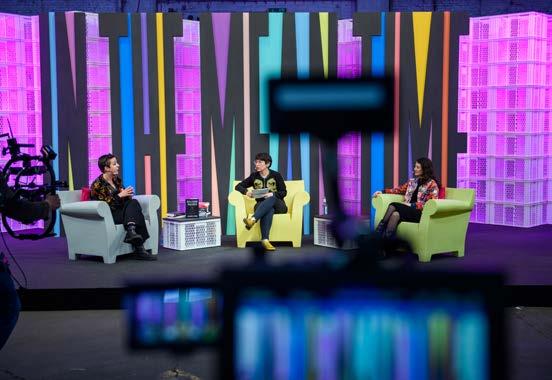
Another exciting project was ‘Code for Germany’ — a network of open government experts who work as active volunteer urban developers for sustainable digital change in politics and administration. At that time, there was no Google Maps and the transport associations were not willing to make their data available because they wanted to develop their own apps. One of the first hackathons I organised was called Apps in the City, and it was crucial for Berlin to be the first city in Germany to make its public transport data available. Thatʼs when I realised how you can manage to have a political impact as a civil society organisation to generate added value for society. The last project I launched at the Open Knowledge Foundation was the Prototype Fund (prototypefund.de), a 16 million Euro funding program for community-oriented technology development in cooperation with the Federal Ministry of Education and Research. Working on this project together with the ministry on how to cut red tape, tailor the funding to people's needs, and develop the whole CI and design around it was a lot of fun.
▓▒░ THAT MEANS YOU DEVELOPED AN OPEN SOURCE PACKAGE, SO TO SPEAK?
Yes, I was able to use what we learned at the UAS, namely to take on this role as a bridge builder, to bring people together, to create formats and programs that unite these different actors and also lead to an understanding for each other. For me, the additional question was how to communicate and illustrate complex topics in such a way that they become accessible, that is, on the one hand, to dismantle these ivory towers in which the powerful sit and to bring them closer to abstract topics such as open data, i.e. super important, citizenoriented democracy topics, through design and communication.
Photos © Julia Kloiber 30 BONBONNIERE ISSUE_01_2023 IDK_INSTITUTE OF DESIGN AND COMMUNICATION FH JOANNEUM
werden, also zu verstehen, wie man selbst Dinge beibringt und Neugierde behält.
Themenman Ende Expert:in werden,breitessein:e man sich und die

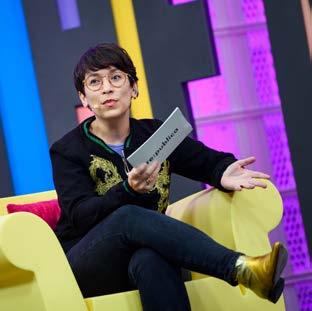
What was particularly cool about the training at the UAS was that you take away a whole wealth of topics. At the end of your studies, you are not an expert in XY, but have a broad basic knowledge. You learn to become your own teacher, that is, to understand how to teach yourself things and keep your curiosity alive.
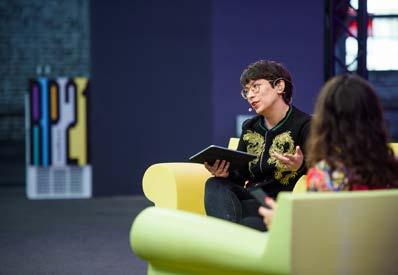
▓▒░ BUT YOU STILL OCCUPY A FIELD THAT IS STILL A NICHE, AREN'T YOU? It is less and less of a niche because the topic of open government and transparency should be on every government agenda by now. What drives me and interests me is to shape it and try out new approaches. The network policy field is full of ANTI: against surveillance, against data storage. While it is important to speak out against developments that are dangerous for social cohesion and our democracies. While it is necessary to expose abuses and put a finger in the wound, I think it is equally essential to work on counter-designs and alternatives. It is important to prepare the ground for new narratives and futures. In the context of digitalisation, we have to ask ourselves: Where do we want to go as a society through technology?
What are we working towards, what are our goals?
Also in relation to the environment and democracy?
How do we move away from the classic digitalisation narratives of preserving our wealth and making ourselves more efficient, towards new visions and narratives that put society and the needs of minorities and marginalised groups at the centre. I then left the Open Knowledge Foundation to accept the Mozilla Foundation Fellowship, which allowed me to spend a year figuring out what I wanted to work on next. During this year, among other things, I published a magazine in which people from the technology sector but also designers and writers described in articles how they imagine a just and inclusive digital future (https:// dingdingding.org). During this year, together with Elisa Lindinger, I founded SUPERRR as a feminist organisation in the field of digitalisation and society. One of its aims is to shed light on the power relations inherent in digital technologies and the
Zurück in Berlin habe ich dann begonnen, bei der Open Knowledge Foundation zu arbeiten, einer internationalen NGO mit einem kleinen Team in Deutschland, wo ich viel Freiheiten hatte und selbst Projekte aus dem Boden stampfen konnte. Das erste hieß „Stadt Land Code“, es ist ein Inkubator für Civic Tech, wo wir Entwickler:innen dazu aufgerufen haben, nützliche digitale Anwendungen für den öffentlichen Bereich zu erstellen. Diese sollten zur kreativen Weiterentwicklung von Konzepten zur Bürger:innenbeteiligung und transparentem Verwaltungs- und Regierungshandeln beitragen.
Ein weiteres spannendes Projekt war „Code for Germany“ – ein Netzwerk von Open-GovernmentExpert:innen, die sich als ehrenamtlich aktive Stadtentwickler:innen für einen nachhaltigen digitalen Wandel in Politik und Verwaltung einsetzen. Damals gab es noch kein Google Maps, und die Verkehrsverbünde waren nicht bereit, ihre Daten herauszugeben, weil sie ihre eigenen Apps entwickeln wollten. Einer der ersten Hackathons, den ich veranstaltet habe hieß Apps in the City und war ausschlaggebend dafür, dass Berlin als erste Stadt in Deutschland ihre Nahverkehrsdaten geöffnet hat. Da habe ich gemerkt, wie man es schaffen kann, als zivilgesellschaftliche Organisation politisch Einfluss zu nehmen, um einen Mehrwert für die Gesellschaft zu generieren. Das letzte Projekt, das ich bei der Open Knowledge Foundation ins Leben gerufen habe, war der Prototype Fund (https://prototypefund.de), ein 16 Millionen Euro Förderprogramm für gemeinwohlorientierte Technologieentwicklung in Zusammenarbeit mit dem Bundesministeriums für Bildung und Forschung. An diesem Projekt gemeinsam mit dem Ministerium zu arbeiten mit der Fragestellung, wie man
Bürokratie abbauen kann, die Förderungen auf die Bedürfnisse von den Leuten zuschneidet und die ganze CI und das Design drum herum zu entwickeln, hat viel Spaß gemacht.
░▒▓ DAS HEISST, DU HAST DA SOZUSAGEN EIN OPEN SOURCE GESAMTPAKET ENTWICKELT? Ja, ich konnte einsetzen, was wir auf der FH gelernt haben, nämlich diese Rolle als Brückenbauerin einzunehmen, Leute zusammenzubringen, Formate und Programme zu schaffen, die diese unterschiedlichen Akteure und Akteurinnen vereinen und die auch dazu führen, dass es ein Verständnis füreinander gibt. Für mich war die Frage zusätzlich interessant, wie man komplexe Themen so kommunizieren und illustrieren kann, dass sie zugänglich werden, also einerseits diese Elfenbeintürme abzubauen, in denen die Mächtigen sitzen und ihnen abstrakte Themen wie Open Data, also super wichtige, bürgernahe Demokratiethemen, durch Gestaltung und Kommunikation näherzubringen.
░▒▓ ABER DU BESETZT NACH WIE VOR EIN FELD, DAS SCHON NOCH EINE NISCHE IST, ODER? Es ist immer weniger eine Nische, weil gerade das Thema Open Government und Transparenz mittlerweile auf jeder staatlichen Agenda stehen muss. Was mich antreibt und interessiert, ist, es zu gestalten und neue Ansätze zu erproben. Der netzpolitische Bereich ist voll von ANTI: gegen Überwachungen, gegen Datenspeicherung. Während es wichtig ist, sich gegen Entwicklungen auszusprechen, die gefährlich für den gesellschaftlichen Zusammenhalt und unsere Demokratien sind. Während es nötig ist, Missstände aufzudecken und den Finger in die Wunde zu legen, ist es meiner Meinung nach aber ebenso essentiell, an Gegenentwürfen und Alternativen
der
dass
FH
31 BONBONNIERE ISSUE_01_2023 IDK_INSTITUTE OF DESIGN AND COMMUNICATION FH JOANNEUM
influence they have on our society. As SUPERRR, we work to change and break up these power structures in the interest of justice. We draft policy proposals and bring different groups together to develop alternative tools and approaches.
▓▒░ WHO ARE THE CLIENTS OF YOUR ORGANISATION? We are a non-profit organisation, most of our funds come from foundations, e.g. the Mercator Foundation, the Allianz Cultural Foundation, the Bertelsmann Foundation. These institutions are now approaching us because we also do research, write studies, and prepare them in such a way that they stand out visually from the crowd. We recently won a design award, the Iphigenia Gender Design Award in Cologne. How do you manage to represent diversity in design we just had a fellowship called The New New with Allianz, Bertelsmann, and the Goethe Institute, where we funded 12 projects across Europe to design digital, equitable futures. Often in the field of digitalisation, we have dystopian narratives, i.e. Black Mirror and all the other science fiction narratives that describe a world where technology brings us closer to doom. If nothing is done to counter this, we risk these narratives becoming a self-fulfilling prophecy. Last year, we worked with 80 civil society organisations to shape an initiative called digital civil society (https://digitalezivilgesellschaft.org), and together we set out demands for policymakers. We are now regularly invited to the Bundestag to speak as experts, not only on gender justice but also on digitalisation for the common good. Together with other organisations, we have drafted 15 visions on how to move forward in the areas of education and sustainability. As a civil society, we often stop at the level where we criticise things but cannot offer an interesting counter-proposal. And it was very exciting to open up the space and write these visions together. It is also cool to see that we are noticed by politicians and really realise that the impact we have goes far beyond us as a small organisation.
▓▒░ JULIA, HOW CAN YOU IMAGINE YOUR WORKING DAY? I give a lot of talks on our topics, attend conferences, do educational work, so I set new topics and explain why they are important. I regularly try to initiate new projects and continue to build up my organisation. In doing so, I am concerned with the question: How do we become a really good employer, how do we manage to build an even better community around us? In addition to our intensive topics, we always try to include fun projects that make people want to do the work, such as the recent culinary martial arts program, which is about self-defence and also about enjoyment.
▓▒░ WHAT PROJECT ARE YOU WORKING ON AT THE MOMENT? Inspired by the feminist foreign policy enshrined in the German coalition agreement, we have developed principles for a feminist digital policy together with 25 experts (https://feministtech.org). The aim is to place feminist values, such as justice, care, equality, and others, at the centre of digital policy projects. We are currently in the process of exchanging ideas with politicians, getting input and developing the recommendations further, for example into a policy framework. We are meeting with many open ears. Berlin is absolutely the right city for this because we are close to politics. At the end of the day, the goal of most non-profit organisations is to influence policy in order to have a really big impact on society.
What about was wholethat end of not an a broad
32 BONBONNIERE ISSUE_01_2023 IDK_INSTITUTE OF DESIGN AND COMMUNICATION FH JOANNEUM
zu arbeiten. Es ist wichtig, den Nährboden für neue Erzählungen und Zukünfte zu bereiten. Im Kontext der Digitalisierung müssen wir uns fragen: Wohin wollen wir als Gesellschaft mittels Technologie? Worauf arbeiten wir hin, was sind unsere Ziele? Auch in Bezug auf Umwelt und Demokratie? Wie schaffen wir es, wegzukommen von den klassischen Digitalisierungs-Narrativen, in denen es darum geht unseren Wohlstand zu erhalten und uns effizienter zu machen, hin zu hin zu neuen Visionen und Erzählungen, welche die Gesellschaft und Bedürfnisse von Minderheiten und marginalisierten Gruppen ins Zentrum stellen. Ich habe dann die Open Knowledge Foundation verlassen, um das Fellowship der Mozilla Foundation anzunehmen, welches mir ermöglicht hat, ein Jahr lang herauszufinden, an was ich als Nächstes arbeiten will. In diesem Jahr habe ich unter anderem ein Magazin herausgegeben, in dem Leute aus dem Technologiebereich, aber auch Designer:innen und Schriftsteller:innen in Artikeln beschrieben haben, wie sie sich eine gerechte und inklusive digitale Zukunft vorstellen (http://dingdingding.org) Während dieses Jahres habe ich, gemeinsam mit Elisa Lindinger, SUPERRR als feministische Organisation im Bereich Digitalisierung und Gesellschaft gegründet. Es geht unter anderem darum zu beleuchten, welche Machtverhältnisse in digitalen Technologien stecken und welchen Einfluss sie auf unsere Gesellschaft haben. Als SUPERRR arbeiten wir daran, diese Machtstrukturen im Sinne der Gerechtigkeit zu verändern und aufzubrechen. Wir entwerfen Policy Vorschläge und bringen verschiedene Gruppen zusammen, um gemeinsam alternative Tools und Ansätze zu entwickeln.
░▒▓ WER SIND DIE KUND:INNEN DEINER ORGANISATION? Wir sind eine gemeinnützige Organisation, die meisten unserer Gelder kommen von Stiftungen, z.B. der
Mercator Stiftung, der Allianz Kulturstiftung, der Bertelsmann Stiftung. Diese Institutionen kommen mittlerweile auf uns zu, weil wir auch Research machen, Studien schreiben und diese so aufbereiten, dass es auch visuell aus dem Einheitsbrei heraussticht. Wir haben jetzt kürzlich einen Design Award gewonnen, den Iphigenia Gender Design Award in Köln. Wie schafft man es, Diversität abzubilden in der Gestaltung – wir hatten gerade ein Fellowship namens The New New mit Bertelsmann, Allianz und dem Goethe Institut, wo wir 12 Projekte in ganz Europa gefördert haben, um digitale, gerechte Zukünfte zu entwerfen. Häufig haben wir im Bereich der Digitalisierung dystopische Narrative, sprich Black Mirror und sämtliche anderen Science Fiction Erzählungen, die eine Welt beschreiben, in der Technologie uns dem Untergang näher bringt. Wenn man dem nichts entgegen stellt, dann riskieren wir, dass diese Erzählungen zur selbsterfüllenden Prophezeiung werden. Im letzten Jahr haben wir mit 80 zivilgesellschaftlichen Organisationen eine Initiative namens digitale Zivilgesellschaft (https://digitalezivilgesellschaft. org) gestaltet und gemeinsam Forderungen für die Politik aufgestellt. Wir werden mittlerweile auch regelmäßig in den Bundestag eingeladen, um da als Expert:innen vorzusprechen, nicht nur zu Geschlechtergerechtigkeit, sondern auch zu gemeinwohlorientierter Digitalisierung. Gemeinsam mit den anderen Organisationen haben wir 15 Visionen verfasst, wo es um Fragen geht, wie es im Bereich Bildung oder Nachhaltigkeit weitergehen soll. Als Zivilgesellschaft bleibt man häufig auf der Ebene stehen, wo man Dinge kritisiert, aber selbst keinen interessanten Gegenentwurf dazu anbieten kann. Und da den Raum zu öffnen und diese Visionen gemeinsam zu verfassen, war sehr spannend. Es ist auch cool zu sehen, dass man von der Politik wahrgenommen
wird und wirklich merkt, dass der Impact, den man hat, weit über uns als kleine Organisation hinausgeht.
░▒▓ JULIA, WIE KANN MAN SICH
DEINEN ARBEITSTAG VORSTELLEN?
Ich halte viele Talks zu unseren Themen, besuche Konferenzen, mache Aufklärungsarbeit, damit setze ich neue Themen und erkläre, warum diese wichtig sind. Ich versuche, regelmäßig neue Projekte anzuleiern und meine Organisation weiter aufzubauen. Dabei beschäftigt mich die Frage: Wie werden wir zu einem richtig guten Arbeitgeber, wie schaffen wir es, eine noch bessere Community um uns herum aufzubauen? Neben unseren intensiven Themen versuchen wir auch immer wieder, Spaßprojekte einzubringen, die Lust auf die Arbeit machen, wie z.B. zuletzt ein culinary martial arts program, wo es um Selbstverteidigung, aber auch um Genuss geht.
░▒▓ WELCHES PROJEKT BESCHÄFTIGT DICH GERADE? Inspiriert von der feministischen Außenpolitik, die im deutschen Koalitionsvertrag verankert ist, haben wir gemeinsam mit 25 Expert:innen Prinzipien für eine feministische Digitalpolitik entwickelt (https://feministtech.org). Es geht dabei darum, feministische Werte, wie Gerechtigkeit, Care, Gleichberechtigung und andere, ins Zentrum digitalpolitischer Vorhaben zu stellen. Wir sind gerade dabei, uns mit Politker:nnen dazu auszutauschen, Input zu bekommen und die Empfehlungen weiterzuentwickeln, in ein Policy Framework zum Beispiel. Wir stoßen damit auf viele offene Ohren. Berlin ist dafür die absolut richtige Stadt, weil man nah an der Politik dran ist. Am Ende ist ja das Ziel der meisten gemeinnützigen Organisationen, Policy zu beeinflussen, um da wirklich großen Impact auf die Gesellschaft zu haben.
Bei der Ausbildung an der FH war besonders cool, dass man eine ganze Fülle an Themen mitnimmt. Man ist am Ende des Studiums kein:e Expert:in in XY, sondern hat ein breites Grundwissen.
was particularly cool the training at the UAS that you take away a whole wealth of topics. At the of your studies, you are an expert in XY, but have broad basic knowledge.
33 BONBONNIERE ISSUE_01_2023 IDK_INSTITUTE OF DESIGN AND COMMUNICATION FH JOANNEUM
Lieber Carlos, du bist gebürtiger Spanier und hast an der FH JOANNEUM den Master in Sound Design absolviert. Wo hat deine musikalische Reise ihren Ursprung?
Ich habe ursprünglich in Spanien Saxophon studiert und direkt während meines Studiums mit Kolleg:innen ein Orchester in Salamanca gegründet. Dieses Orchesterprojekt dauerte in Summe acht Jahre, und zum Schluss waren über 80 Menschen Teil unseres Orchesters. Dort habe ich erste Schritte im Dirigieren gemacht und habe entdeckt, dass mir das sehr viel Freude bereitet. Meine Universität in Salamanca hatte damals Verbindungen zur Universität für Musik und darstellenden Kunst (KUG) in Graz, und ich habe deswegen beschlossen, das Bachelorstudium Dirigieren zu inskribieren.
Musik ist in meinen Augen nichts anderes als eine Sprache, jeder noch so kleine Notification Sound ist eine kleine Information.
Wie hast du das Studium dann final erlebt, war es so, wie du es erwartet hast?
Also ich muss ehrlich sagen, dass ich im Studium sehr schnell gemerkt habe, dass Dirigieren, wie es klassisch unterrichtet wird, nicht ganz das Richtige für mich war. In meinem ersten Studienjahr habe ich als Wahlfach Filmmusik belegt, was mich sehr interessierte. Und ich bekam dadurch die Möglichkeit, meinen ersten Kurzfilm zu vertonen – der Film war zwar nicht herausragend, aber ich konnte beim Produzieren in technischer Hinsicht super viel lernen.
Du hast dadurch für den Bereich Filmmusik Feuer gefangen?
Ja absolut. Ich hatte 2017 dann meinen ersten Auftrag für die Vertonung eines Werbefilms.
Der Einstieg in diese Branche war zu Beginn aber sehr hart – ich habe jede Woche ca. 100 Mails an potentielle Kund:innen verschickt, um auf mich aufmerksam zu machen. Das Gute war, dass ich durch mein Studium an der Kunstuniversität Zugang zu großartigem Equipment hatte, das hat das Produzieren enorm erleichtert. Ich habe während des Studiums so zwei-drei Filme parallel bearbeitet.
Wie ging es nach deinem Studium an der Kunstuni weiter?
Ich habe natürlich meine Freund:innen und meine Familie vermisst und bin nach der Kunstuniversität erstmal zurück nach Spanien.
Dort hatte ich das Glück, für Heineken Musik machen zu können, die haben zu dem Zeitpunkt Musiker:innen für ihre Promotion-Clips gesucht. Danach bin ich nach L.A. gegangen und wollte ein Praktikum bei einem Produzenten machen, habe aber nach 10 Tagen herausgefunden, dass der Typ crazy ist und abgebrochen. Ich habe dann mein eigenes Ding gemacht, vor allem Filmmusik und Trailer, und habe dann überlegt, was ich eigentlich weiter machen will.
Und dann bist du auf den Master in der Studienrichtung im Communication, Media, Sound and Interaction Design gestoßen?
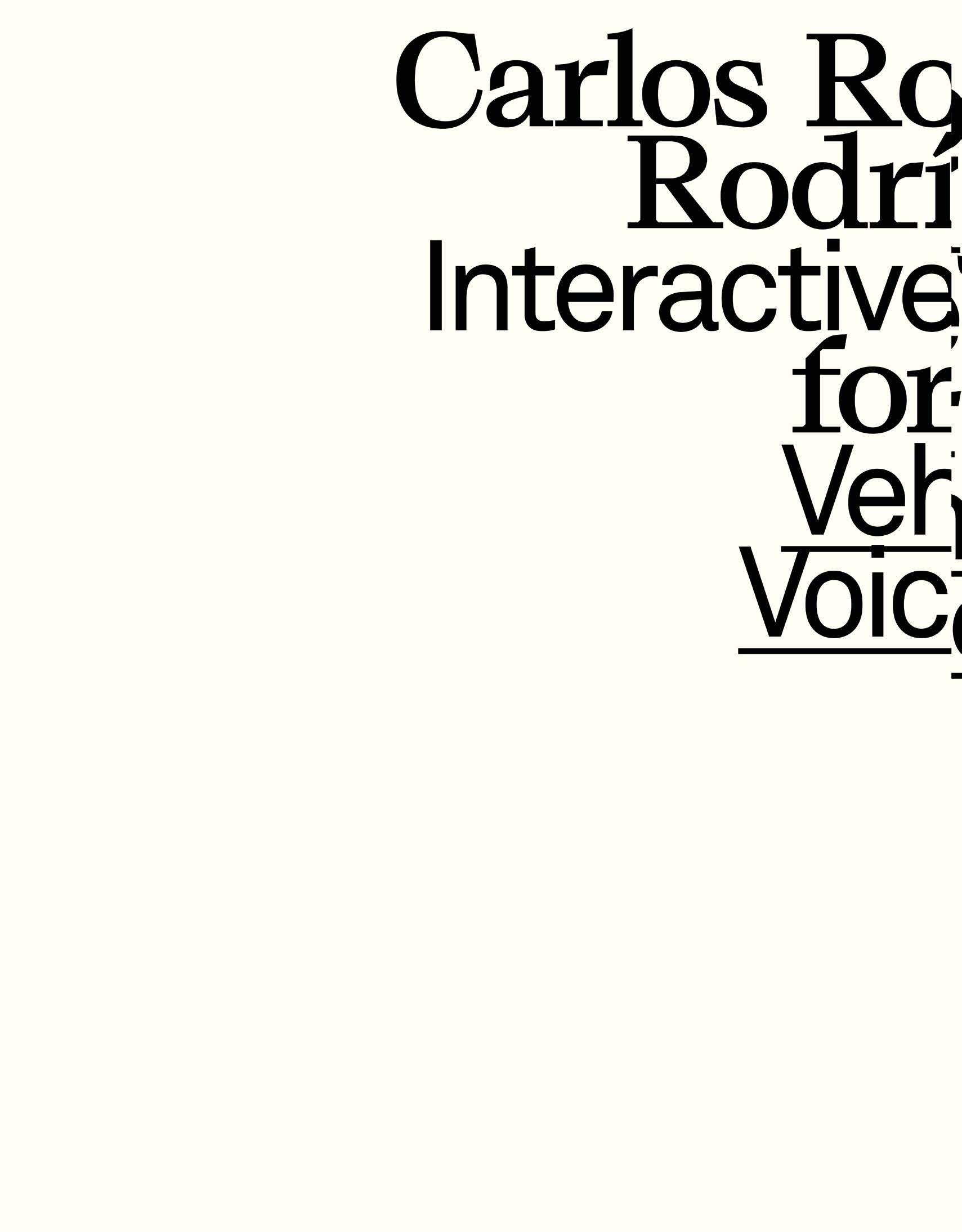
Ja, ich habe beim Recherchieren diesen speziellen Master entdeckt, und er war wie für mich zugeschnitten. Der Sounddesign Master war wirklich die beste Sache, die mir passieren konnte! Das lag vor allem daran, dass ich mich in der
klassischen Musik nie wirklich zuhause gefühlt habe, und schon in der ersten Studienwoche an der FH mit meinen neuen Kolleg:innen und Lehrenden eröffnete sich eine neue Welt für mich. Wir hatten sofort eine gemeinsame Vision, und endlich hatte ich das Gefühl, dass ich Menschen gefunden habe, die die gleiche Sprache wie ich sprechen. Jede:r hat seine Kenntnisse einbringen können, und wir haben total viel Wissen untereinander ausgetauscht!
Wie ging deine Reise nach dem Sounddesign Masterstudium weiter?
Ja, das ist eine spannende Geschichte! Im Sommer vor dem Sounddesign Studium hat mich ein Tesla fast umgebracht, weil ich ihn nicht gehörte habe und er mich fast über den Haufen gefahren hätte.
Daraufhin habe ich mir gedacht, dass vielen Menschen sicher was ähnliches passiert ist, und habe begonnen, zum Thema Sound von Fahrzeugen zu recherchieren. Durch Zufall bin ich auf ein AVL-Projekt gestoßen, das sich genau mit diesem Thema beschäftigt hat. Da sie noch Leute suchten, habe ich dann ein Praktikum bei AVL gemacht, und mit dem dort erlernten KnowHow habe ich mich gemeinsam mit Kolleg:innen im Jahr 2020 selbstständig gemacht.
Eure Firma - Season3 – beschäftigt sich mit Audio Design. Was kann man sich als Laie darunter vorstellen?
Wir entwickeln z.B. Sounds in Kombination mit Virtual Reality für Fronius oder kreieren Stimmen für Tools wie Alexa. Jetzt hatten wir gerade ein Projekt mit Remus im Bereich Elektrosport. Wir vereinen also im Grunde Audio Branding mit User Experience und den dazugehörenden technischen Umsetzungsmöglichkeiten. Musik ist in meinen Augen nichts anderes als eine Sprache, jeder noch so kleine Notification Sound ist eine
DE ->
34 BONBONNIERE ISSUE_01_2023 IDK_INSTITUTE OF DESIGN AND COMMUNICATION FH JOANNEUM
kleine Information. Sich so intensiv mit Sound zu beschäftigen ist auch deswegen so spannend, weil es eine universelle Sprache sein muss, egal ob hier in Österreich oder in Kolumbien, die Menschen müssen das Gleiche miteinander verbinden. Dieses „big picture“ zu suchen und zu entwickeln, interessiert uns in unserer Arbeit sehr!
Vermisst du manchmal das Saxophonspielen, worin du ja professionell ausgebildet bist?
Ich habe das Glück, dass ich manchmal sogar in meiner jetzigen Arbeit das Saxophon einbringen kann: in unserem letzten Projekt beispielsweise, wo es um ein Virtual Reality Facebook-Spiel ging, habe ich mit dem Saxophon dazu gespielt. Ich habe im Alter von acht Jahren mit Musik angefangen, das bringt mir bis heute sehr viel. Ich bin froh, dass ich Musik studiert habe, aber eigentlich war es für meine berufliche Entwicklung noch wichtiger, dass ich an der FH studiert habe. Ich habe
ursprünglich gedacht, dass man sich im Master spezialisiert, aber es war genau das Gegenteil –es hat mir eine viel breitere Vision von Musik geschenkt, es gibt viele neue Bereiche, die mir vorgestellt wurden, es war für mich noch besser als gedacht! Aber: es ist ein Studium für Erwachsene! Wenn dich während des Studiums etwas besonders interessiert, musst du auch deine Hausaufgaben machen! (lacht)“
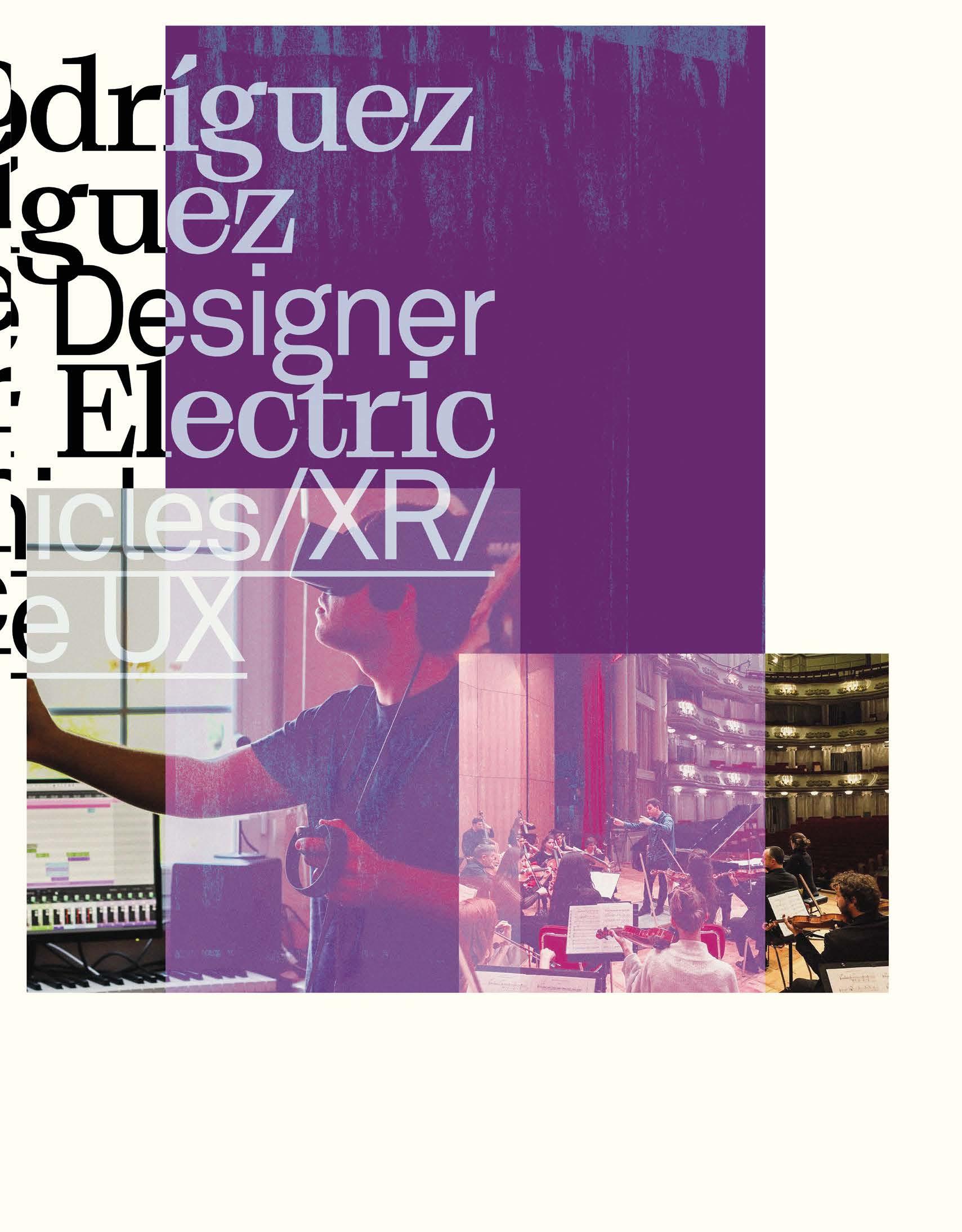
EN -> 35 BONBONNIERE ISSUE_01_2023 IDK_INSTITUTE OF DESIGN AND COMMUNICATION FH JOANNEUM
Photo © Marina Rodriguez

36 BONBONNIERE ISSUE_01_2023 IDK_INSTITUTE OF DESIGN AND COMMUNICATION FH JOANNEUM
Photo © Rodriguez Rodriguez
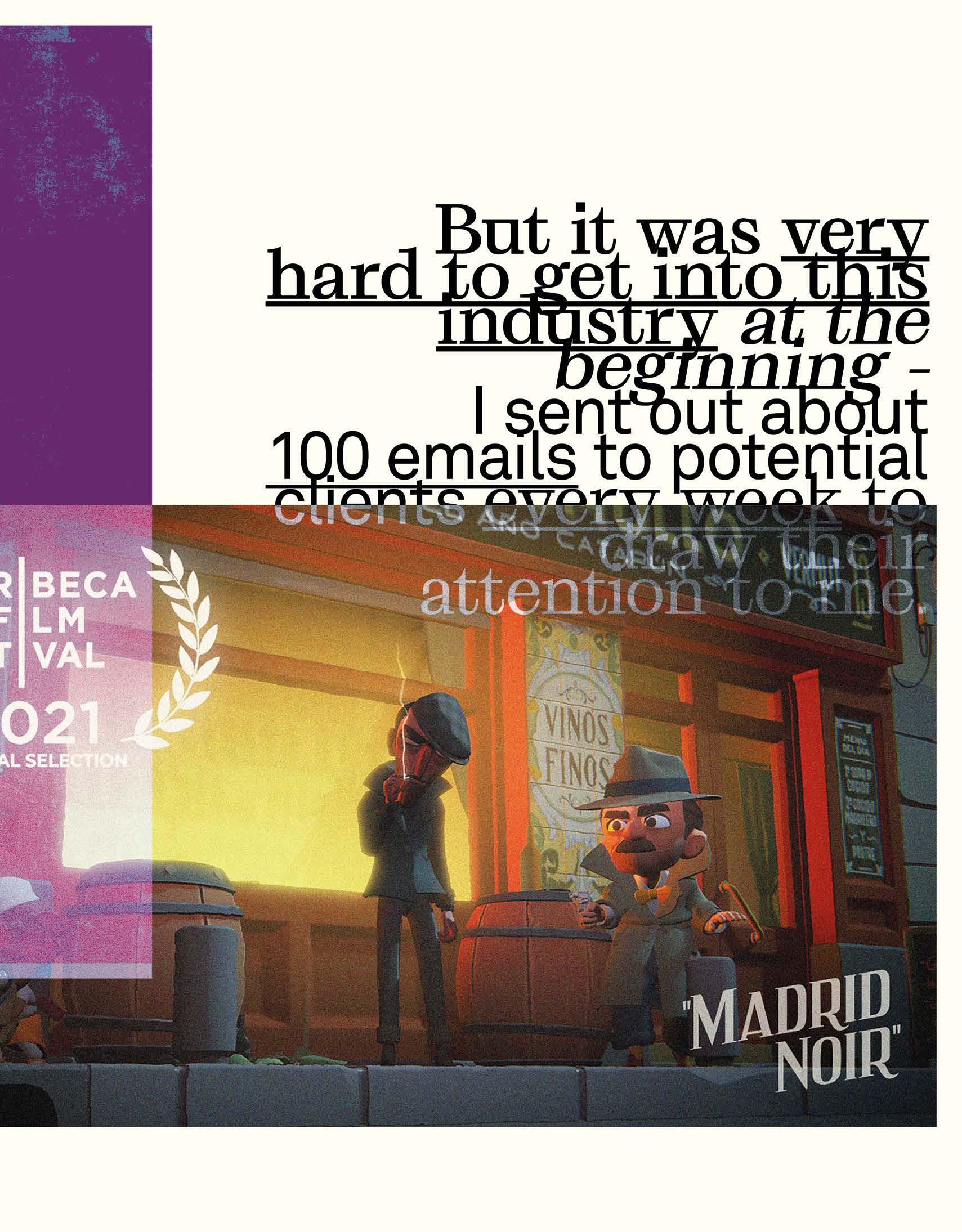
EN -> 37 BONBONNIERE ISSUE_01_2023 IDK_INSTITUTE OF DESIGN AND COMMUNICATION FH JOANNEUM
Dear Carlos, you are a native Spaniard and graduated from FH JOANNEUM with a master’s degree in Sound Design. Where did your musical journey originate?
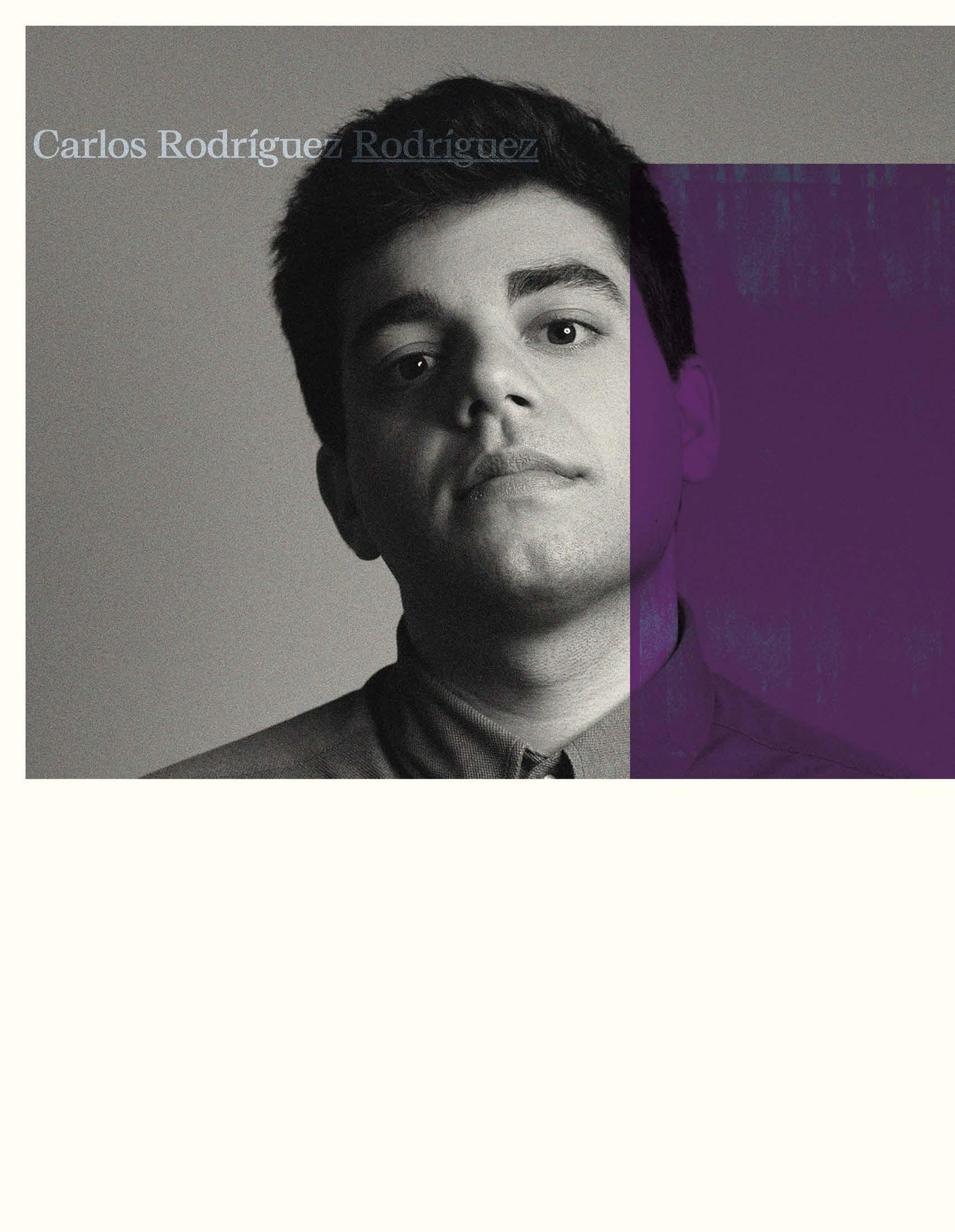
I originally studied saxophone in Spain and founded an orchestra in Salamanca with colleagues during my studies. This orchestra project lasted a total of eight years, and at the end more than 80 people were part of our orchestra. There I took my first steps in conducting and discovered that I really enjoy it. My university in Salamanca had connections with the University of Music and Performing Arts (KUG) in Graz, and I decided to enrol in the bachelor‘s program in conducting.
How did you experience your studies in the end, was it what you expected?
Well, I have to be honest and say that I realized very quickly during my studies that conducting, as it is taught classically, was not quite the right thing for me. In my first year of studying, I took film music as an elective, which I was very interested in. And it gave me the opportunity to score my first short film - the film wasn‘t outstanding, but I was able to learn super much from a technical standpoint while producing it.
It made you catch fire for the field of film music?
Yes, absolutely.
In 2017, I did the soundtrack of a commercial film for my first client. But it was very hard to get into this industry at the beginning - I sent out about 100 emails to potential clients every week to draw their attention to me. The good thing was that I had access to great equipment through my studies at the University, which made producing a lot easier. I worked on two-three films at the same time during my studies.“
What happened after your studies at the University of Music and Performing Arts?
I missed my friends and family, of course, and went back to Spain after the University of Music and Performing Arts. There I was lucky enough to be able to make music for Heineken, who were looking for musicians for their promotional clips at the time. After that I went to L.A. and wanted to do an internship with a producer, but after 10 days I found out that the guy was crazy and dropped out. I ended up doing my own thing, mostly film music and trailers, and then thought about what I actually wanted to do next.
And then you came across the master‘s in Communication, Media, Sound and Interaction Design?
Yes, I discovered this particular master’s while researching, and it was tailor-made for me. The sound design master’s was really the best thing
EN -> 38 BONBONNIERE ISSUE_01_2023 IDK_INSTITUTE OF DESIGN AND COMMUNICATION FH JOANNEUM
that could have happened to me! This was mainly because I never really felt at home in classical music, and, already in the first week of studies at the UAS with my new colleagues and teachers, a new world opened up for me. We immediately had a common vision, and finally I felt that I had found people who spoke the same language as me. Everyone was able to contribute their knowledge, and we totally shared a lot of knowledge with each other!
How did your journey continue after the sound design master‘s program?
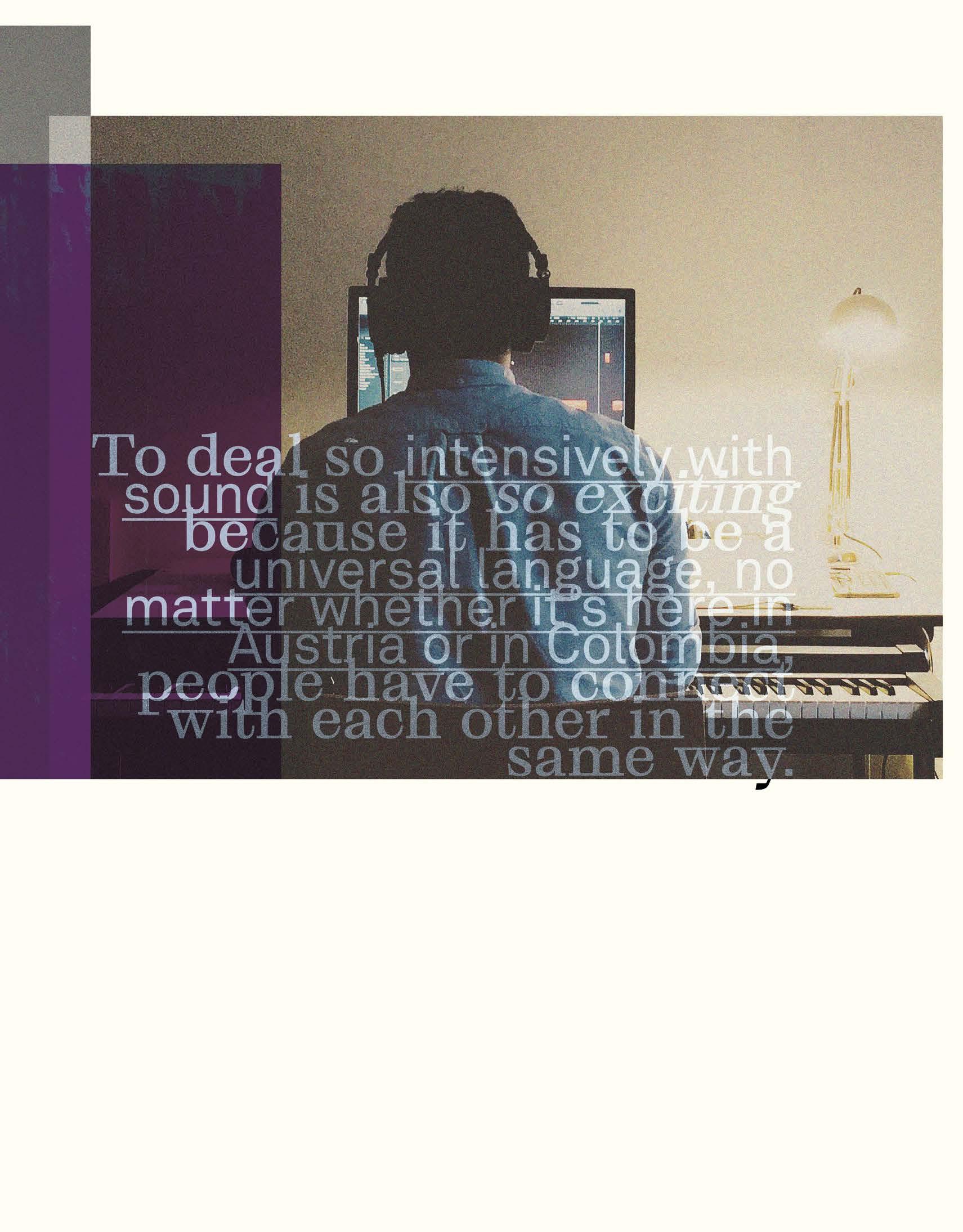
Yes, that‘s an exciting story! The summer before my sound design studies, a Tesla almost killed me because I didn‘t hear it and it almost ran me over.
As a result, I figured that something similar must be happening to a lot of people, so I started researching the topic of vehicle sound. By chance
I came across an AVL project that dealt with exactly this topic. Since they were still looking for people, I then did an internship at AVL, and with the know-how I learned there, I started my own business together with colleagues in 2020.
Your companySeason3 - deals with audio design. What does that mean to a layperson?
We develop sounds in combination with virtual reality for Fronius, for example, or create voices for tools like Alexa. Now we just had a project with Remus in the field
of electric sports. So, basically, we combine audio branding with user experience and the corresponding technical implementation possibilities. In my eyes, music is nothing other than a language, every little notification sound is a little piece of information. To deal so intensively with sound is also so exciting because it has to be a universal language, no matter whether it‘s here in Austria or in Colombia, people have to connect with each other in the same way. Looking for and developing this „big picture“ interests us a lot in our work!
Do you sometimes miss playing the saxophone, which you are professionally trained in?
I‘m lucky that sometimes I can even bring the saxophone into my current work: for example, in our last project, which was about a virtual reality Facebook game, I played the saxophone. I started playing music at the age of eight, and it still brings me a lot. I‘m glad I studied music, but, actually, it was even more important for my professional development that I studied at UAS.
I originally thought that you specialise in the Master‘s, but it was just the oppositeit gave me a much broader vision of music, there are many new areas that were introduced to me, it was even better for me than I thought! But: it is a study program for adults! If something particularly interests you during your studies, you have to do your homework, too! (laughs)
©
Photo
Daniel Morello
39 BONBONNIERE ISSUE_01_2023 IDK_INSTITUTE OF DESIGN AND COMMUNICATION FH JOANNEUM
Katharina Auferbauer
At the time of the interview Katharina Auferbauer was still working for the Diagonale Festival of Austrian Film. Since June 1st 2022 she has been working at the Universalmuseum Joanneum for the marketing of the STEIERMARK SCHAU.

░▒▓ WIE BIST DU AUF DAS STUDIUM
GEKOMMEN? Ich wusste schon immer, dass ich etwas ganz anderes machen möchte als meine beiden Brüder. Die haben beruflich eher klassische Wege eingeschlagen – der eine ist Soziologe und der andere Mediziner. Dadurch, dass ich eine sogenannte „Nachzüglerin“ war und auch zu einer ganz anderen Zeit aufgewachsen bin, wusste ich, dass ich unbedingt einen kreativen und abwechslungsreichen Job machen möchte.
░▒▓ WAR DEINE AUSBILDUNG AN DER FH DANN ABWECHSLUNGSREICH GENUG?
▓▒░ HOW DID YOU COME TO YOUR DECISION TO STUDY? I always knew that I wanted to do something completely different from my two brothers. Their careers were more classical: one is a sociologist and the other a doctor. Because I was a so-called ‘latecomer’ and also grew up at a completely different time, I knew that I definitely wanted to do a creative and varied job.
▓▒░ WAS YOUR TRAINING AT THE UAS VARIED ENOUGH? Oh, yes! It was a fantastic time! I felt incredibly comfortable from day one in this bubble surrounded by people who think similarly and pursue the same goals. I literally arrived at the UAS and was very warmly welcomed, it was immediately a familiar environment for me and I am grateful for that to this day. In an interview for the ORF, I said jokingly, but still with a clear conscience, ‘at the UAS you are not a matriculation number, here you are a human being!’ I still smile a lot about this statement when I think back, but I would put it that way again.
▓▒░ WHICH INTERNSHIP DID YOU CHOOSE?
The internship practically fell into my hands because at that time I was asked by the designer Katharina Schlager to model glasses for the Andy Wolf brand. Of course, I accepted immediately, because this offer meant great appreciation for me, since my height doesn’t correspond to the usual model measurements. The shoot for this campaign was done by Lupi Spuma, and I also did my internship there. It was an instructive time and I had incredible fun getting an insight into the working world of creative people.
▓▒░ WAS IT CLEAR TO YOU AFTERWARDS IN WHICH DIRECTION YOU WANTED TO DEVELOP PROFESSIONALLY? I realised early on that mastering graphic programs is a nice to have but that my strengths lie primarily in the organisational area and social interaction with people. I realised that I wanted to act as an interface between clients and the creative department. By chance I came across the culture and scene guide LUUPS, which was looking for a project manager for the Graz location at the time. I got the job, and the design and documentation of this voucher book was ultimately my bachelor’s thesis.
▓▒░ YOU ALSO DID A MASTER’S IN COMMUNICATION DESIGN AT THE UAS, DIDN’T YOU?

Yes, in the Master’s program, I was able to deepen my skills and work out my strengths even better, but, at the same time, I got to know people from all over Europe. For my Master’s thesis, I was interested in the networks of the ‘creative district of Lendʼ in Graz. I have lived there myself for over 13 years. Subsequently, my networking nature led to my first job as marketing manager at the Diagonale, the festival of Austrian film: Peter Schernhuber became aware of me through my work for LUUPS. The master’s thesis then underlined my love for Graz and my passion for the creative industries once again.
Oh, ja! Es war eine fantastische Zeit! Ich habe mich vom ersten Tag an unglaublich wohl gefühlt – in dieser „Bubble“ – umgeben von Leuten, die ähnlich denken und auch dieselben Ziele verfolgen. Ich bin auf der FH im wahrsten Sinn angekommen und sehr herzlich empfangen worden, es war sofort ein vertrautes Umfeld für mich und dafür bin ich bis heute dankbar. In einem Interview für den ORF sagte ich scherzhaft, aber doch mit gutem Gewissen „auf der FH ist man keine Matrikelnummer, hier ist man ein Mensch!“ Ich schmunzle heute noch sehr über diese Aussage, wenn ich zurückdenke, aber ich würde es wieder so formulieren.

░▒▓ FÜR WELCHES PRAKTIKUM HAST
DU DICH ENTSCHIEDEN? Das Praktikum ist mir quasi in die Hände gefallen, da ich zu dieser Zeit von der Designerin Katharina Schlager als Brillenmodell für die Marke Andy Wolf angefragt wurde. Ich habe natürlich sofort zugesagt, weil dieses Angebot eine große Wertschätzung für mich bedeutete, da ich mit meiner Körpergröße eben nicht den gängigen Modelmaßen entspreche. Das Shooting dieser Kampagne machte damals Lupi Spuma, und dort habe ich dann auch mein Praktikum absolviert. Das war eine lehrreiche Zeit und hat mir unglaublichen Spaß bereitet, einen Einblick in die Arbeitswelt Kreativer zu bekommen.
AUFERBAUER
KATHARINA
Photo © Miriam Raneburger
40 BONBONNIERE ISSUE_01_2023 IDK_INSTITUTE OF DESIGN AND COMMUNICATION FH JOANNEUM
Photo © Diagonale | Miriam Raneburger
KATHARINA AUFERBAUER
▓▒░ HOW CAN ONE IMAGINE YOUR WORK FOR THE DIAGONALE? It was always important to the two directors, Sebastian Höglinger and Peter Schernhuber, that the festival be closely connected to the city of Graz. Barbara Pichler laid the foundation for this, but the Diagonale owes the enormous “addition” and thus the reach and radiance that the festival has been able to achieve in recent years to the two gentlemen - with tireless activity and innovative collaborations. With this vision in mind, I have been involved from the very beginning with developing new and, above all, exciting collaborations with local companies, such as local producers mapbagrag®, AEIJST Styrian Pale Gin or the floral outfit Vom Hügel.
And as the saying goes ‘...after the festival is before the festival!ʼ. You actually start negotiating and drawing up contracts again straight after the festival. In addition, you think about a marketing strategy that you want to pursue and initiate new cooperations through acquisitions. The closer the festival gets, the more intensive the working hours become and the more tangible the essence of my work becomes. Until then you just write a lot of emails (laughs). The highlight for me is definitely the festival week itself when the weeks of preparation become visible in the city.
░▒▓ WAR DIR DANACH KLAR, IN WELCHE RICHTUNG DU DICH BERUFLICH ENTWICKELN WILLST? Ich habe früh bemerkt, dass das Beherrschen grafischer Programme ein nice to have ist, dass aber meine Stärken vor allem im organisatorischen Bereich und dem sozialen Umgang mit Menschen liegen. Ich habe erkannt, dass ich gerne als Schnittstelle zwischen den Kund:innen und der Kreation fungieren wollte. Ich bin dann zufällig auf den Kultur- und Szeneguide LUUPS gestoßen, die damals gerade eine Projektleiter:in für den Standort Graz gesucht haben. Ich bekam dann den Job, und die Gestaltung und Dokumentation dieses Gutscheinbuchs war dann letztendlich auch meine Bachelorarbeit.
░▒▓ DU HAST AUCH DEN MASTER IN COMMUNICATION DESIGN AN DER FH GEMACHT, ODER? Ja, im Masterstudium konnte ich meine Fähigkeiten vertiefen und die Stärken noch besser herausarbeiten, gleichzeitig aber auch Menschen aus ganz Europa kennenlernen. Für meine Masterarbeit habe ich mich für die Vernetzungen des „kreativen Grazer Stadtteils Lend“ interessiert. Da wohne ich selbst nun schon über 13 Jahre. In weiterer Folge führte dann meine vernetzende Art zu meinem ersten Job als Marketingleiterin bei der Diagonale, dem Festival des österreichischen Films: Peter Schernhuber ist damals durch meine Arbeit für LUUPS auf mich aufmerksam geworden. Die Masterarbeit hat dann meine Liebe zu Graz und meine Leidenschaft für die Kreativwirtschaft nochmals unterstrichen.
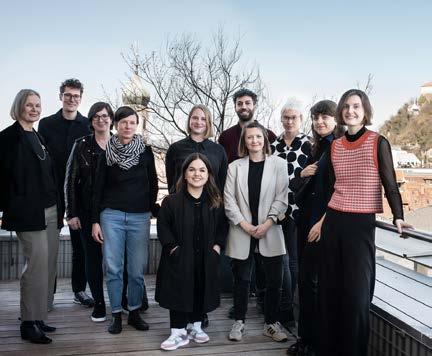
 Photo © Diagonale | Clara Wildberger
Photo © Diagonale | Clara Wildberger
41 BONBONNIERE ISSUE_01_2023 IDK_INSTITUTE OF DESIGN AND COMMUNICATION FH JOANNEUM
Photo © Diagonale | Miriam Raneburger
If you really like doing something, you’ll do it well.
▓▒░ WHAT IS SPECIAL ABOUT YOUR WORK?
LUUPS and the Diagonale have not only been my two mainstays in the last few years, but they also provide new impulses and surprises every year. The nice thing is, on the one hand, to be able to hold a book in my hands with LUUPS, which I am proud of. On the other hand, with the Diagonale I am able to help shape an annual festival to which people from the most diverse cultural fields travel to participate. Those are the signs for me where I realise that I have ‘done my jobʼ I am still a scout at heart and ‘can go homeʼ.
WHAT ADVICE WOULD YOU GIVE TO FUTURE
INFORMATION DESIGNERS? Maybe I can give them the tip: If you really like doing something, you’ll do it well! Stay curious, stay focused!
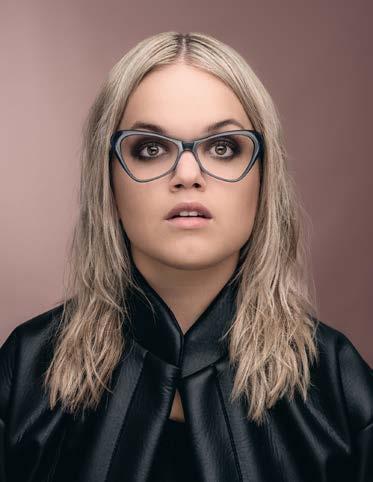
░▒▓ WIE KANN MAN SICH DEINE ARBEIT FÜR DIE DIAGONALE VORSTELLEN?
Den beiden Intendanten, Sebastian Höglinger und Peter Schernhuber, war es immer wichtig, dass das Festival eng mit der Stadt Graz verbunden ist. Das Fundament dazu hat Barbara Pichler geschaffen, aber den enormen „Zubau“ und somit eine Reichweite und Strahlkraft, die das Festival in den letzten Jahren erreichen konnte, das hat die Diagonale den beiden Herren – mit unermüdlicher Tätigkeit und innovativen Kollaborationen – zu verdanken. Mit dieser Vision im Hinterkopf war ich von Beginn an mit dem Entwickeln neuer und vor allem spannender Kooperationen mit lokalen Unternehmen, wie z.B. mit den heimischen Produzenten mapbagrag®, AEIJST Styrian Pale Gin oder der Blumenausstattung Vom Hügel, befasst. Und bekanntlich sagt man ja „nach dem Festival ist vor dem Festival!“. Man beginnt eigentlich direkt danach wieder mit Verhandlungen und dem Erstellen von Verträgen. Dazu überlegt man sich eine Marketingstrategie, die man verfolgen möchte und bahnt neue Kooperationen durch Akquisen an. Umso näher das Festival dann rückt, desto intensiver wird auch die Arbeitszeit und umso spürbarer und erlebbarer wird die Essenz meiner Arbeit. Bis dorthin schreibt man einfach sehr, sehr viele Mails (lacht). Das Highlight für mich ist definitiv die Festivalwoche an sich, wenn die wochenlange Vorbereitung in der Stadt sichtbar wird.
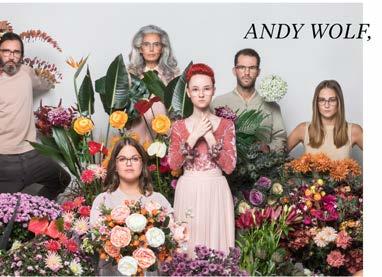
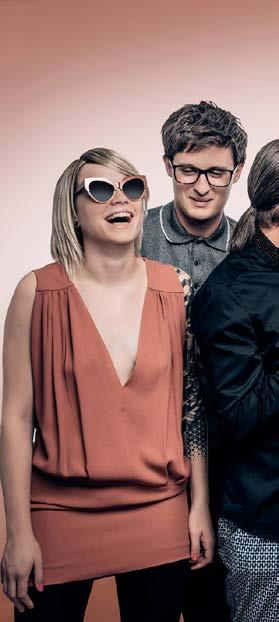 Photo © Andy Wolf | Lupi Spuma
Photo © Andy Wolf | Stefan Leitner
Photo © Andy Wolf | Lupi Spuma
Photo © Andy Wolf | Stefan Leitner
Wenn man etwas wirklich gerne macht, dann macht man es auch gut.
42 BONBONNIERE ISSUE_01_2023 IDK_INSTITUTE OF DESIGN AND COMMUNICATION FH JOANNEUM

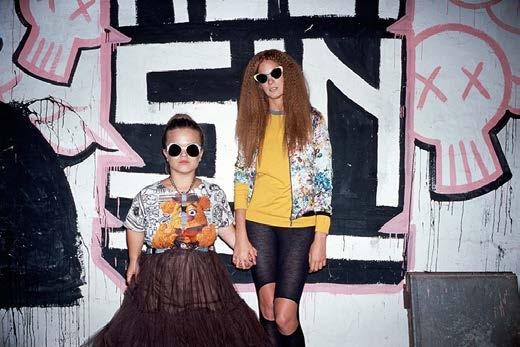
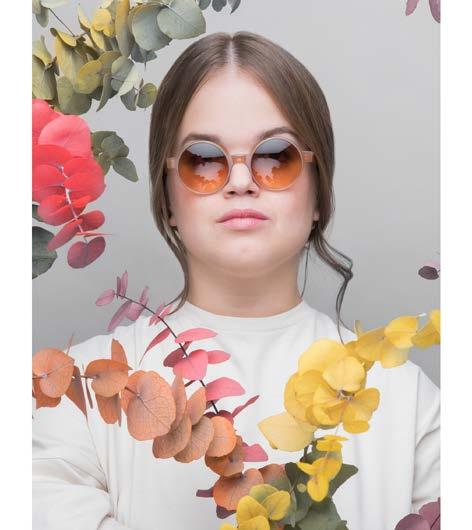
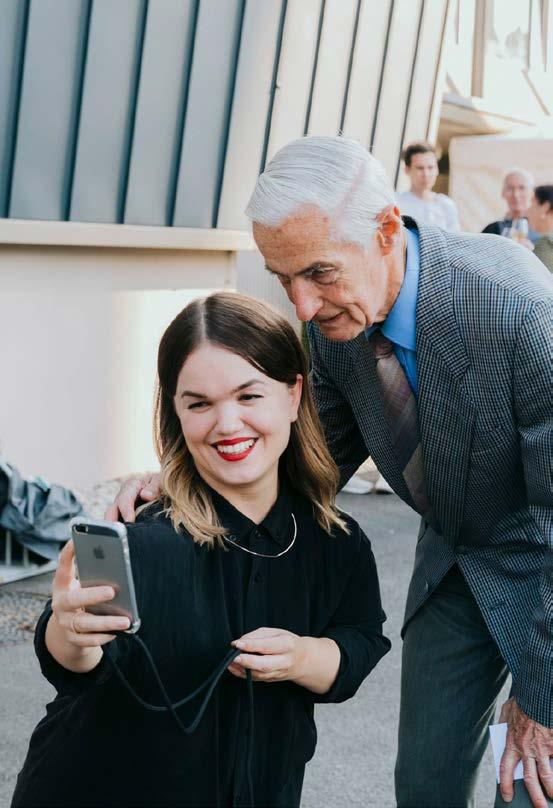 Photo © Andy Wolf | Lupi Spuma
Photo © Andy Wolf | Stefan Leitner
Photo © Andy Wolf | Lupi Spuma
Photo © Andy Wolf | Stefan Leitner
43 BONBONNIERE ISSUE_01_2023 IDK_INSTITUTE OF DESIGN AND COMMUNICATION FH JOANNEUM
Photo © Andy Wolf | Simon Brugner

44 BONBONNIERE ISSUE_01_2023 IDK_INSTITUTE OF DESIGN AND COMMUNICATION FH JOANNEUM
Photo © Diagonale | Miriam Raneburger
Wenn man etwas wirklich gerne macht, dann macht man es auch gut.
If you really like doing something, you’ll do it well.
░▒▓ WAS IST DAS BESONDERE AN DEINER ARBEIT? LUUPS und die Diagonale waren in den letzten Jahren nicht nur meine beiden Standbeine, sondern sie setzten jedes Jahr neue Impulse und bergen Überraschungen. Das Schöne ist, einerseits mit LUUPS ein Buch in Händen halten zu können, worauf ich stolz bin. Bei der Diagonale darf ich andererseits jährlich ein Festival mitgestalten, zu dem Menschen aus den verschiedensten kulturellen Sparten anreisen, um daran teilhaben zu können. Das sind für mich das Zeichen, an denen ich bemerke, dass ich meine Aufgabe – ich bin ja im Herzen auch noch Pfadfinderin – „erledigt habe und nach Hause gehen kann“.
░▒▓ WAS WÜRDEST DU ANGEHENDEN
INFORMATIONSDESIGNER:INNEN RATEN?
Vielleicht kann ich ihnen den Tipp auf den Weg mitgeben: Wenn man etwas wirklich gerne macht, dann macht man es auch gut! Bleib neugierig, stay focused!
Zum Zeitpunkt des Interviews arbeitete Katharina Auferbauer noch für die Diagonale, seit 1.6.2022 ist sie im Universalmuseum Joanneum für das Marketing der STEIERMARK SCHAU tätig.
45 BONBONNIERE ISSUE_01_2023 IDK_INSTITUTE OF DESIGN AND COMMUNICATION FH JOANNEUM
In 2021/22 haben wir als Institut für Design und Kommunikation wieder eine Vielzahl an Kooperationen mit Partner:innen aus Wirtschaft, Wissenschaft, NGOs und Kreativszene gemeinsam mit unseren Studierenden umgesetzt. Project
vom
27.10.
bis
1_
2022
Für das Klanglichtfestival 2022 in Graz schufen Studierende des Masterstudiengangs Communication, Media, Sound and Interaction Design der FH JOANNEUM Inszenierungen des Überwucherns, Ausdehnens oder Vergrößerns. So wurde mit der Installation Growth ein ortspezifisches Lichtballett im neu entstehenden Stadtteil Reininghaus aufgeführt.
Wachstum, ist eine räumlich und zeitlich strukturierte Vermehrung, Vergrößerung oder Teilung. Die Medieninszenierung Growth der Media-, Sound- und Interaction-Designer:innen betrachtete diesen Begriff in all seinen Dimensionen und aus verschiedensten Perspektiven. Licht und Klang waren die Materialien, mit denen die medialen Darstellungsmöglichkeiten und gestalterischen Spielarten von Wachstum erkundet wurden. Unterstützt wurde das Projekt von Lambda Labs und Soundshades.
Am Projekt beteiligte Designer:innen
Bernreiter Björn, Boltersdorf Diana, Bus Christoph, Cucurachi Chiara, Davletshyn Olena, Dirnberger Marlene, Goutzeris Nikolaos, Hager Sebastian, Harrich Christina, Hasiba Lukas, Jaritz Florian, Kozinska Iryna, Kropatsch Mira, Martinez Lopez Alicia, May Selina, Mitterhauser Anna, Müller Max, Nopp Hannah, Nossek Aaron, Pérez Diego Lucía, Pschaid Thomas, Rachdi Noah, Rohrbacher Patricia, Samandarova Alexandra, Samonigg Magdalena, Schaubmaier Florian, Slany Kerstin, Steinegger Lukas, Szabo-Kass Marton, Török Lehel, Unterüberbacher Sarah, Uzelac Monika, Varhegyi Laura
Klanglicht Echos
Am 28. Oktober 2022 fand außerdem die Veranstaltung Klanglicht Echos statt, wo zahlreiche Künstler:innen zum Talk, moderiert von Hannah Felbinger, eingeladen wurden: Sebastian Kite, Jeongmoon Choi, Esther Stocker, Georg Trenz, Antonia Manhardtsberger, Ochoresotto
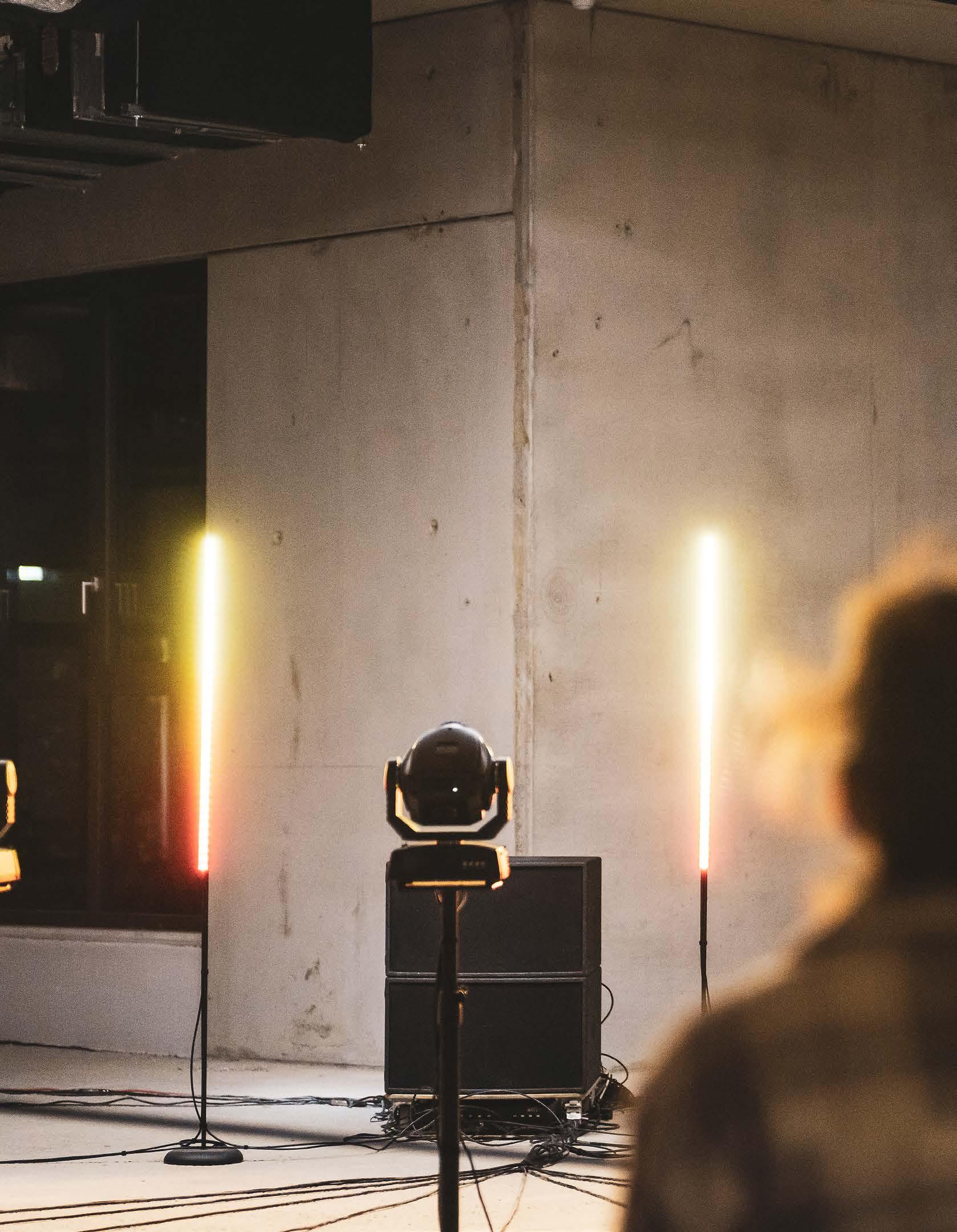
46 BONBONNIERE ISSUE_01_2023 IDK_INSTITUTE OF DESIGN AND COMMUNICATION FH JOANNEUM
Installation Klanglichtfestival
2022 from Projekt 1_ Installation Klanglichtfestival
27.10.
29.10.22 in Graz
For the Klanglichtfestival 2022 in Graz, students of the Master’s program Communication, Media, Sound and Interaction Design of FH JOANNEUM University of Applied Sciences created an audiovisual media installation on overgrowth, expansion and enlargement. With the installation titled Growth, students exhibited a site-specific light ballet in the newly developing Reininghaus district.
Students examined the theme of growth as spatially and temporally structured increase, enlargement, or division, in all its dimensions and from the most diverse perspectives. Light and sound were used as materials to explore the possibilities and creative variations of the concept. The project was supported by Lambda Labs and Soundshades.

In 2021/22, we as the Institute of Design and Communication have again implemented a variety of collaborations with partners from industry, academia, NGOs and the creative sector together with our students.
Klanglicht Growth
Designers involved in the project Bernreiter Björn, Boltersdorf Diana, Bus Christoph, Cucurachi Chiara, Davletshyn Olena, Dirnberger Marlene, Goutzeris Nikolaos, Hager Sebastian, Harrich Christina, Hasiba Lukas, Jaritz Florian, Kozinska Iryna, Kropatsch Mira, Martinez Lopez Alicia, May Selina, Mitterhauser Anna, Müller Max, Nopp Hannah, Nossek Aaron, Pérez Diego Lucía, Pschaid Thomas, Rachdi Noah, Rohrbacher Patricia, Samandarova Alexandra, Samonigg Magdalena, Schaubmaier Florian, Slany Kerstin, Steinegger Lukas, Szabo-Kass Marton, Török Lehel, Unterüberbacher Sarah, Uzelac Monika, Varhegyi Laura
Klanglicht Echoes
Furthermore, on October 28, 2022, the event Klanglicht Echos, moderated by Hannah Felbinger, took place, where numerous artists were invited to give a talk: Sebastian Kite, Jeongmoon Choi, Esther Stocker, Georg Trenz, Antonia Manhardtsberger, Ochoresotto
47 BONBONNIERE ISSUE_01_2023 IDK_INSTITUTE OF DESIGN AND COMMUNICATION FH JOANNEUM
2022: to
29.10.22 in Graz 2022:
Klanglicht Growth
Photo © Alexander Koch
Project supervision: Daniel Fabry, Astrid Drechsler, Michael Kernbichler https://klanglicht.buehnen–graz.com
In Kooperation mit dem Universalmuseum Joanneum präsentierten im Dezember 2022 die Informationsdesign–Absolvent:innen
Austin Coll, Stefanie Frossard, Georg Mörth, Max Müller, Lisa Ruß und Patrick Wibmer gemeinsam mit Projektleiter Dietmar Mosbacher die von ihnen konzipierte, interaktive Navigationsapp KiöR (Kunst im öffentlichen Raum Steiermark). Die mobile App macht Kunstinstallationen und Skulpturen im öffentlichen Raum der Steiermark vielseitig erlebbar und macht Informationen zu und Standorte von Kunstwerken im öffentlichen Raum und deren Künstler:innen zugänglich. Nutzer:innen können Touren absolvieren, eigene Kunstrundgänge gestalten und neue Kunstwerke für die App vorschlagen.


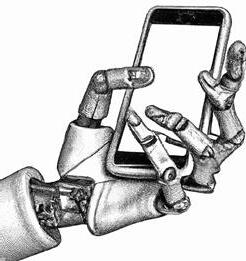
KiöR
2_2022: Navigationsapp

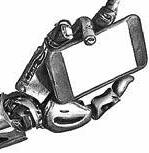
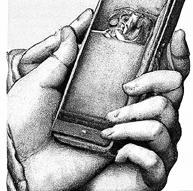
In cooperation with the Universalmuseum Joanneum, the Information Design graduates Austin Coll, Stefanie Frossard, Georg Mörth, Max Müller, Lisa Ruß and Patrick Wibmer, together with project lead Dietmar Mosbacher, presented the interactive navigation app KiöR (Art in Public Space Styria) in December 2022.
The mobile app makes it possible to experience art installations and sculptures in public spaces in Styria in a versatile way and makes information about and locations of public artworks and their creators accessible. Users can complete tours, create their own art tours and suggest new artworks for the app.
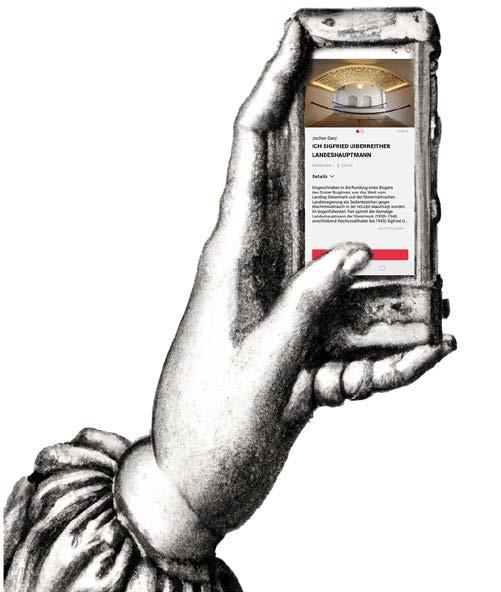
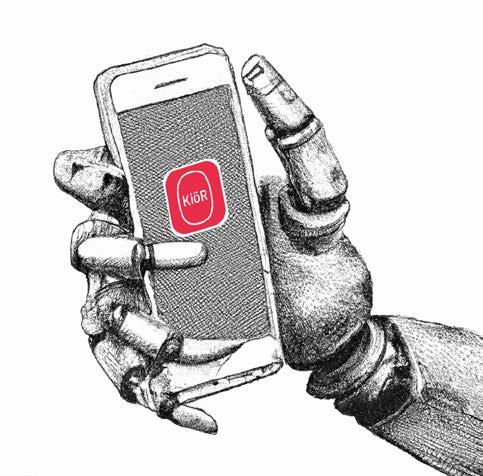
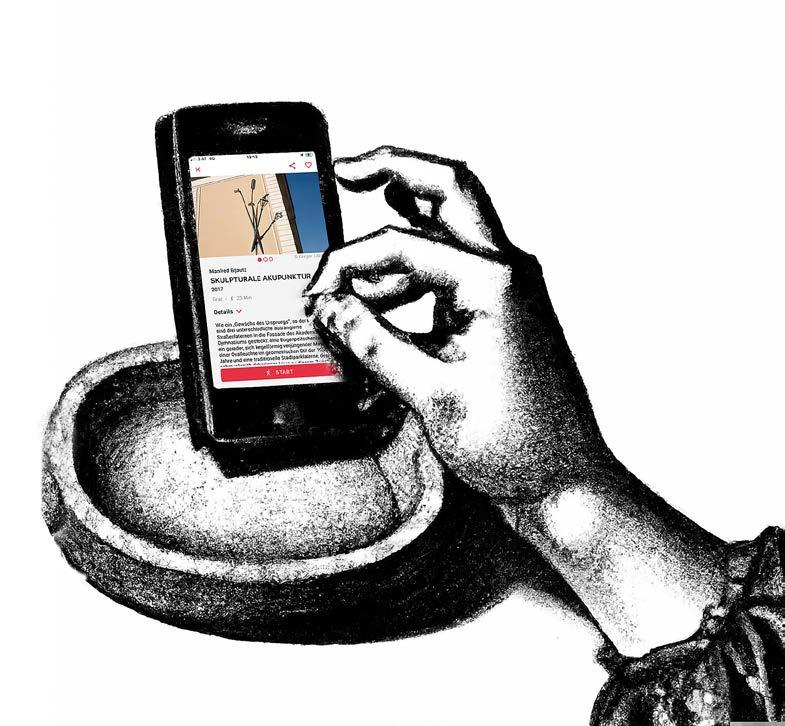
KiöR

The app mainly shows artistic works and historical commemorative signs such as monuments and memorial plaques from 1945 onwards, but also includes the approximately 80 sculptures of the Austrian Sculpture Park as well as the category ‘others’, which contains objects such as graffiti that move between the categories. The Institute for Art in Public Space Styria started the cooperation with the study program Information Design at the University of Applied Sciences FH JOANNEUM already in 2019 and the app was completed in 2022.
Die App zeigt vorwiegend künstlerische Arbeiten und historische Erinnerungszeichen wie Denkmäler und Gedenktafeln ab dem Jahr 1945, beinhaltet aber auch die rund 80 Skulpturen des Österreichischen Skulpturenparks sowie die Kategorie „anderes“, in welcher sich Objekte wie zum Beispiel Graffitis, die sich zwischen den Kategorien bewegen, befinden. Das Institut für Kunst im öffentlichen Raum Steiermark hat die Kooperation mit dem Studiengang Informationsdesign an der FH JOANNEUM bereits 2019 begonnen und die App wurde 2022 fertiggestellt.
2_2022: navigation
Project Interactive
https://www.museum-joanneum.at/presse/ aktuelle-projekte/events/event/11037/kioer-app Project supervision: Dietmar Mosbacher
BONBONNIERE ISSUE_01_2023 IDK_INSTITUTE OF DESIGN AND COMMUNICATION FH JOANNEUM Hand Illustrations @ DALL·E 2
48
Projekt Interaktive
app
As part of the third semester course ‘Clientcentered Design’, the Information Design students were given the task to develop an exhibition object for the Graz-based company AVL List GmbH. AVL is one of the world’s leading companies for mobility technologies in the field of development, simulation and testing in the automotive industry and other sectors. To realize the vision of climate-neutral mobility, AVL is driving innovative and affordable solutions for all applications from traditional to hybrid to battery and fuel cell electric technologies. AVL’s passion is innovation, a requirement that should be reflected in the exhibit. AVL’s challenge to the students was to design an object that would draw the attention of visitors to their exhibition stand and at the same time invite them to interact. The exhibition object needed to inform potential customers that AVL does not offer physical products, but a very comprehensive range of services. Students developed 12 elaborately designed prototypes with an innovative and highly technical look. The prototypes ended up being tested and evaluated by more than 750 people. Since AVL participates in conferences and trade fairs all over the world, the challenge was also to design the object in such a way that it would be self-explanatory to people from all cultures.
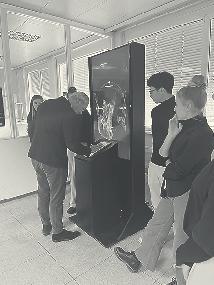
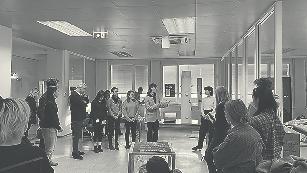
https://www.avl.com/
Im Rahmen von der Lehrveranstalltung „Auftragsorientiertes Gestalten” im dritten Semester hatten die Informationsdesign Studierende die Aufgabe, ein Ausstellungsobjekt für die AVL List GmbH mit Hauptsitz in Graz zu entwickeln. Es handelt sich dabei um eines der weltweit führenden Unternehmen für Mobilitätstechnologien im Bereich Entwicklung, Simulation und Test in der Automobilindustrie und anderen Branchen. Um die Vision einer klimaneutralen Mobilität zu verwirklichen, treibt AVL innovative und erschwingliche Lösungen für alle Anwendungen voran von traditionellen über Hybrid–bis hin zu Batterie– und Brennstoffzellen–Elektrotechnologien. Die Leidenschaft der AVL ist Innovation, eine Anforderung, die sich im Ausstellungsobjekt widerspiegeln sollte. Die Zielvorgabe der AVL an die Studierenden war, ein Objekt zu entwerfen, das die Aufmerksamkeit von Besucher:innen auf Messen zu ihrem Ausstellungsstand lenkt und gleichzeitig zur Interaktion einlädt. Potenzielle Kund:innen sollten durch das Ausstellungsobjekt darüber informiert werden, dass AVL keine physischen Produkte, sondern eine sehr umfassende Dienstleistungspalette anbietet. Entstanden sind 12 Prototypen, die aufwändig von den Studierenden designt und mit einem innovativen und hochtechnischen Look versehen wurden und in Folge von mehr als 750 Personen getestet und evaluiert wurden. Da die AVL weltweit an Konferenzen und Messen teilnimmt, bestand zudem die Herausforderung darin, dass Objekt so zu gestalten, dass es in allen Kulturkreisen selbsterklärend funktioniert.
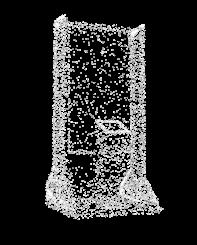

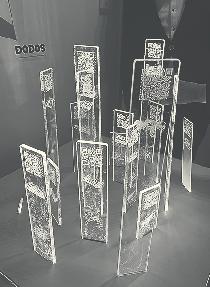
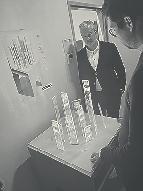
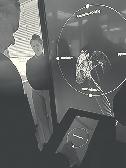

49 BONBONNIERE ISSUE_01_2023 IDK_INSTITUTE OF DESIGN AND COMMUNICATION FH JOANNEUM
Project P r o j e k t 3_2022: A V L 3 2 0 2 2 : AVL
Project Supervision: Birgit Bachler, Anika Kronberger, Andrea Schlacher
Students for Tolerance
Was ist Toleranz und vor allem, wie kann diese visuell dargestellt werden?
Students for Tolerance 2022 war ein Poster Projekt mit nationalen und internationalen Studierenden, das auf dem „Tolerance Project“ des weltbekannten kroatischen Designers Mirko Ilić basierte. Das Ergebnis der erfolgreichen Zusammenarbeit zwischen vier europäischen Universitäten war eine Ausstellung in Kooperation mit dem Designmonat Graz 2022.
Entstanden sind die Werke in einem einwöchigen intensiven Design-Workshop in Graz unter der Mentorschaft von Tomislav Bobinec (FH JOANNEUM, Institut Design und Kommunikation, Graz/Österreich), Marija Juza (Universität Zagreb, School of Design, Zagreb/Kroatien), Domen Fras (Universität Ljubljana, Academy of Fine Arts and Design, Ljubljana/Slowenien) und Roger Walk (FH Dortmund, Fakultät für Design, Dortmund/Deutschland). Die Designstudierenden beschäftigten sich mit der Frage, wie mithilfe von verschiedenen Designtechniken starke visuelle Konzepte und Botschaften zum Thema Toleranz entwickelt werden können.
Die Ergebnisse dieser Auseinandersetzung setzten die Studierenden dann in individuellen Postern um, die im Rahmen der Ausstellung „Students for Tolerance“ präsentiert wurden. Die Arbeiten zeichneten sich durch kreative Vielfalt aus und reichten von klassischen Postern bis hin zu Augmented-RealityPostern. Nach der Präsentation in Graz reiste die Ausstellung nach Berlin zur Berlin Design Week, nach Ljubljana zum International Day of Tolerance und anschließend zur Zagreb Design Week 2022, um im öffentlichen Raum ausgestellt zu werden.
Project supervision: Andrea Schlacher, Tomislav Bobinec
https://tolerance–project.org
https://www.designmonat.at/event/students–for–tolerance/

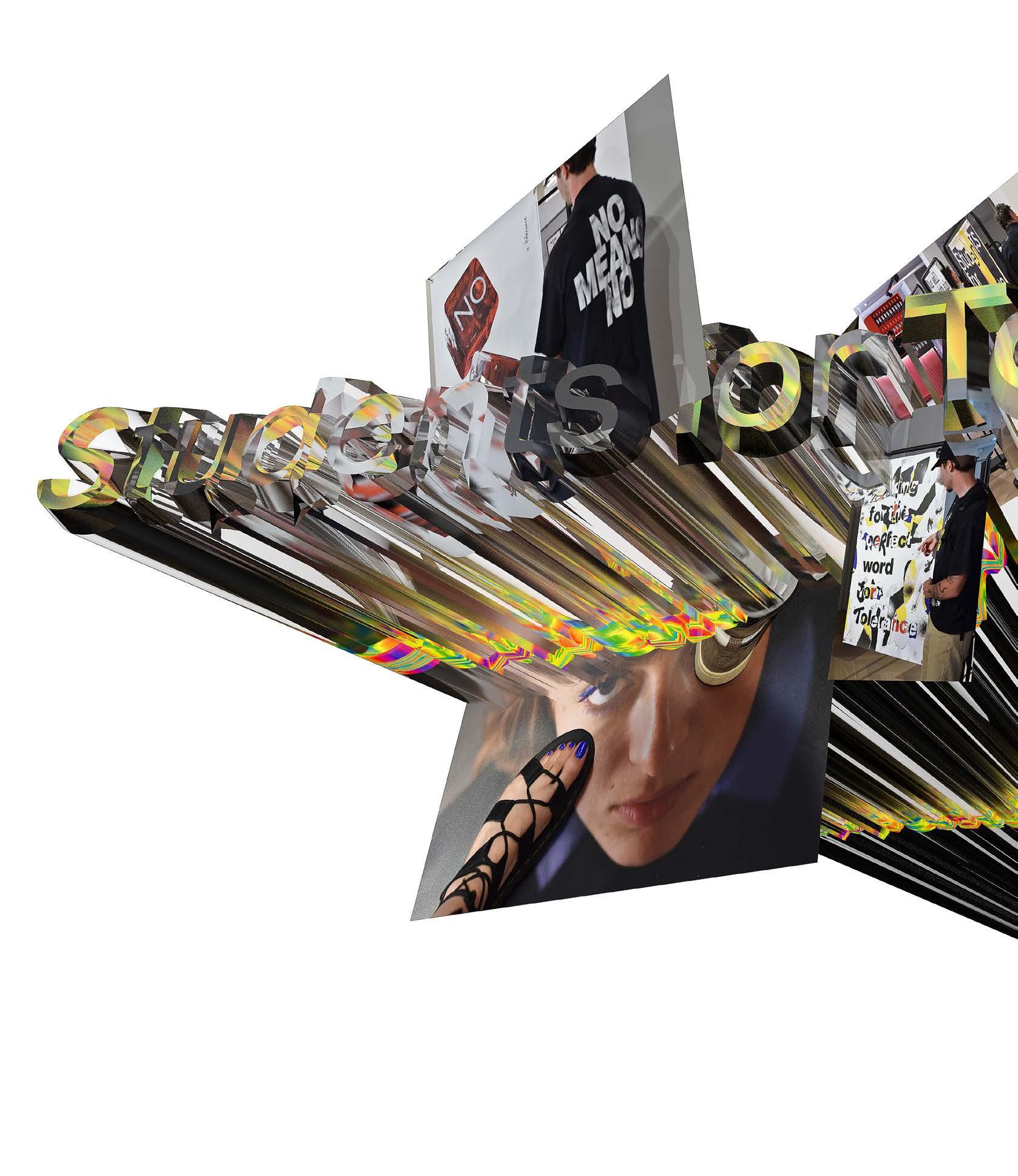
50 BONBONNIERE ISSUE_01_2023 IDK_INSTITUTE OF DESIGN AND COMMUNICATION FH JOANNEUM
Project 4_2022
What is tolerance and, above all, how can it be represented? Students for Tolerance 2022 was a poster project with national and international students based on the ‘Tolerance Project’ of the world-renowned Croatian designer Mirko Ilić. The result of the successful collaboration of four European universities was an exhibition in cooperation with Design Month Graz 2022.
The works were created in a one-week intensive design workshop in Graz under the guidance of Tomislav Bobinec (FH JOANNEUM, Institute Design and Communication, Graz/Austria), Marija Juza (University of Zagreb, School of Design, Zagreb/Croatia), Domen Fras (University of Ljubljana, Academy of Fine Arts and Design, Ljubljana/Slovenia) and Roger Walk (Dortmund University of Applied Sciences, Faculty of Design, Dortmund/ Germany). The design students learned how to develop strong visual concepts and messages on the topic of tolerance through different visual languages and techniques.
The results of this exploration were then translated into individual posters by the students, which were presented as part of the ‘Students for Tolerance’ exhibition. The works were characterized by creative diversity and ranged from classic posters to augmented reality posters. After the presentation in Graz, the exhibition traveled to Berlin for the Berlin Design Week, to Ljubljana for the International Day of Tolerance and subsequently to Zagreb Design Week 2022 to be exhibited in public space.
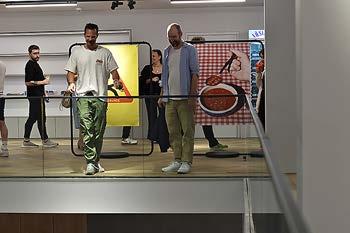
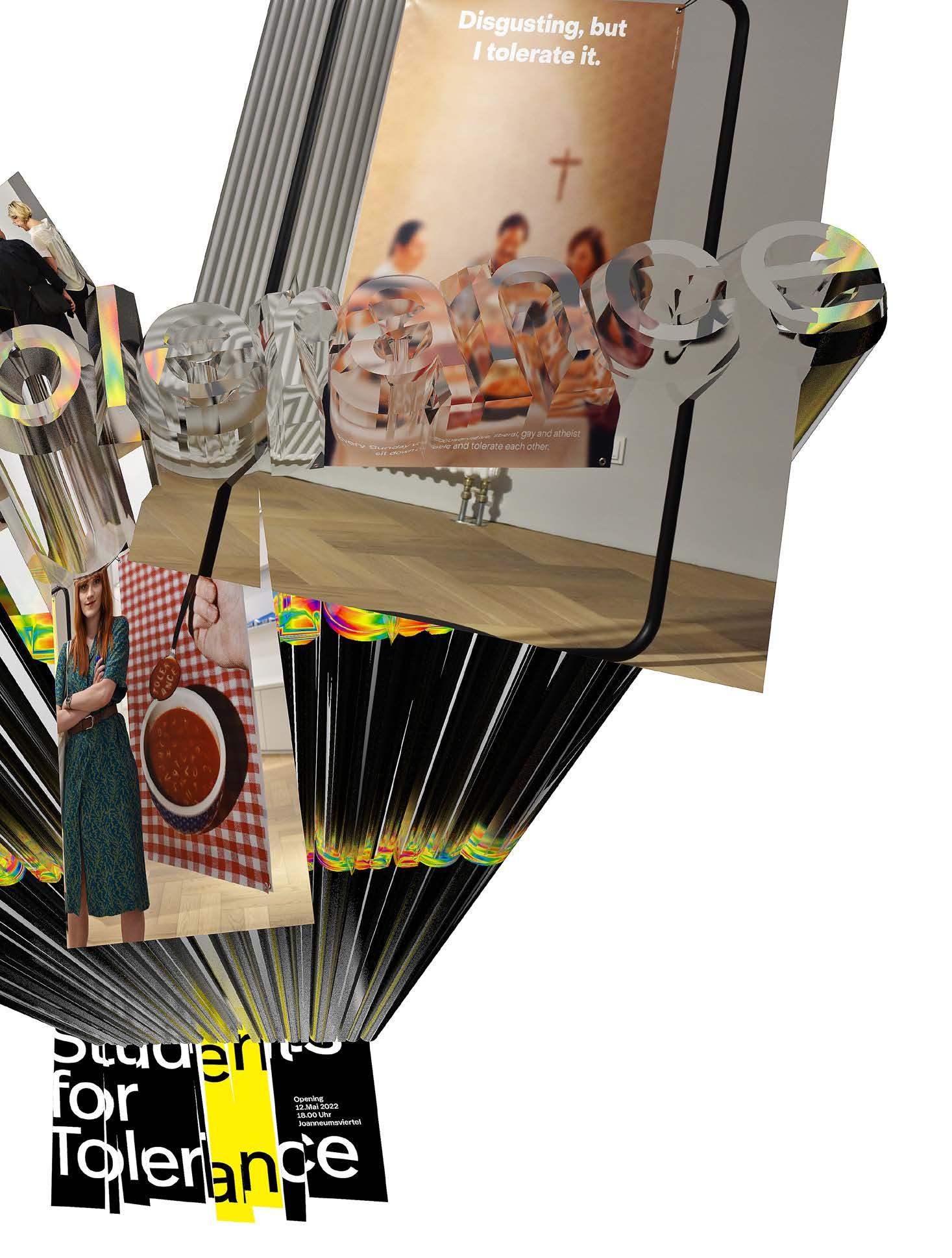
51 BONBONNIERE ISSUE_01_2023 IDK_INSTITUTE OF DESIGN AND COMMUNICATION FH JOANNEUM
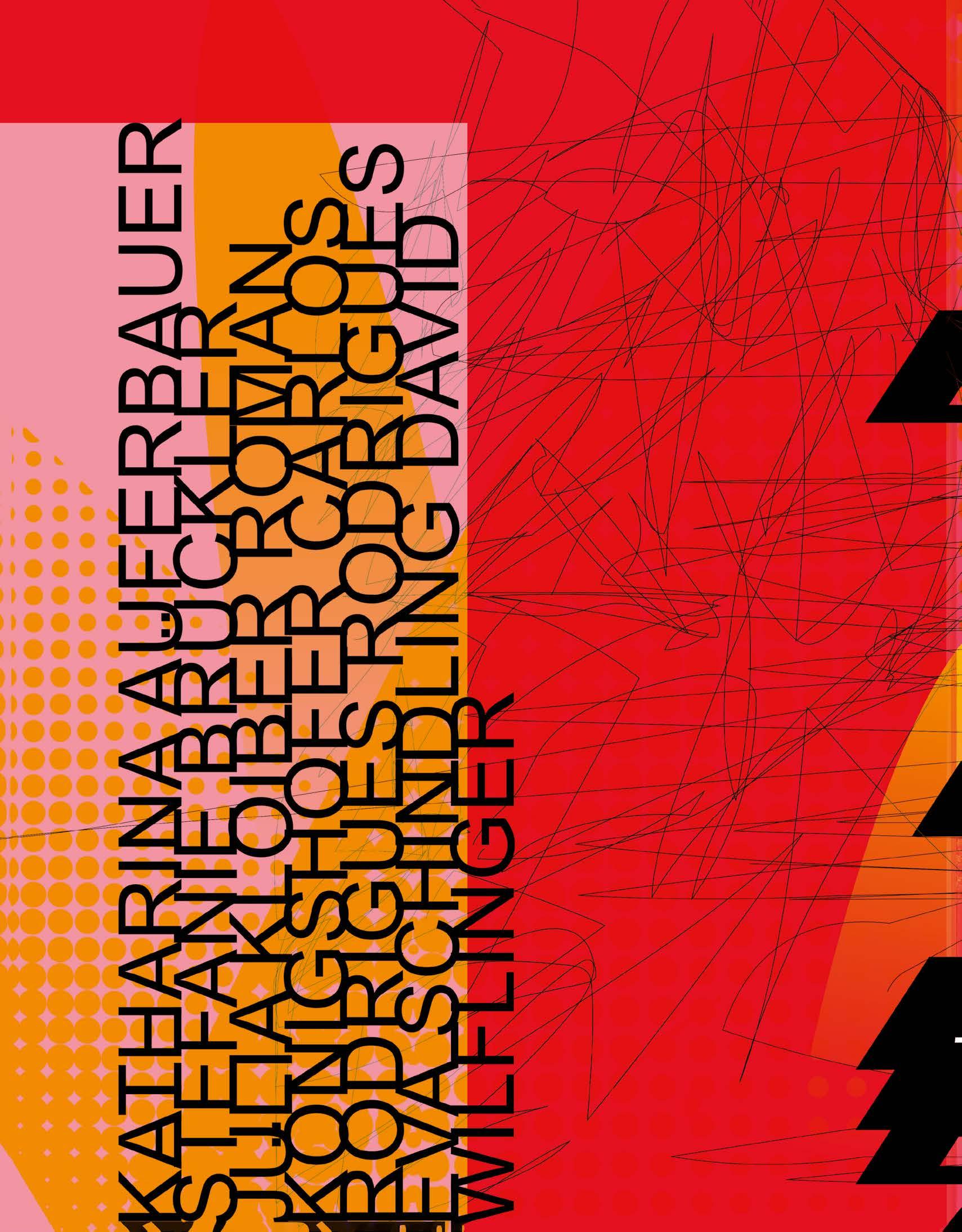
Alumni


 Photo © Sara Sera
Danke an Café Pucher (Hörsaal P)
<- Head of Bachelor's Degree Program
Photo © Sara Sera
Danke an Café Pucher (Hörsaal P)
<- Head of Bachelor's Degree Program














 Photos © Stefanie Brückler
Photos © Stefanie Brückler



































 Photo © Diagonale | Clara Wildberger
Photo © Diagonale | Clara Wildberger


 Photo © Andy Wolf | Lupi Spuma
Photo © Andy Wolf | Stefan Leitner
Photo © Andy Wolf | Lupi Spuma
Photo © Andy Wolf | Stefan Leitner



 Photo © Andy Wolf | Lupi Spuma
Photo © Andy Wolf | Stefan Leitner
Photo © Andy Wolf | Lupi Spuma
Photo © Andy Wolf | Stefan Leitner























